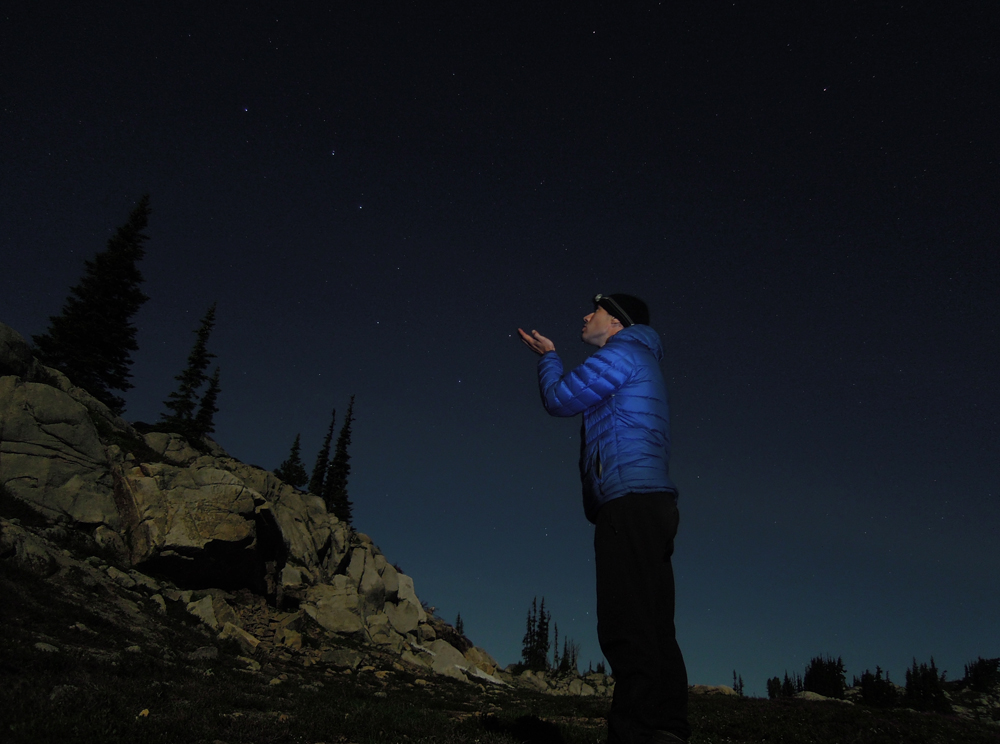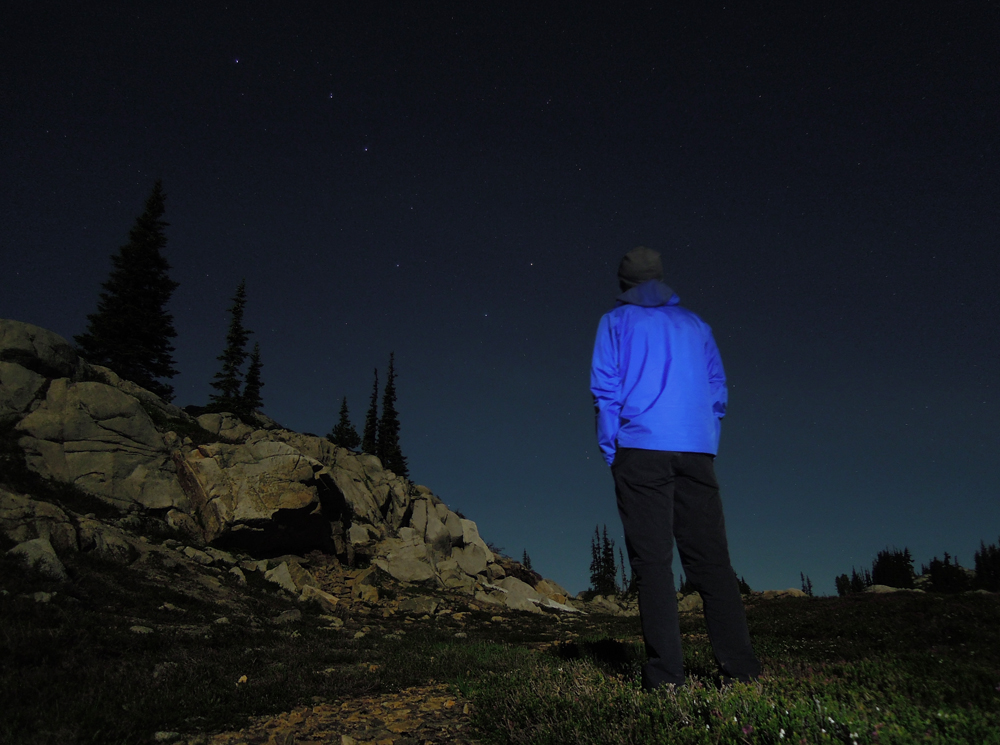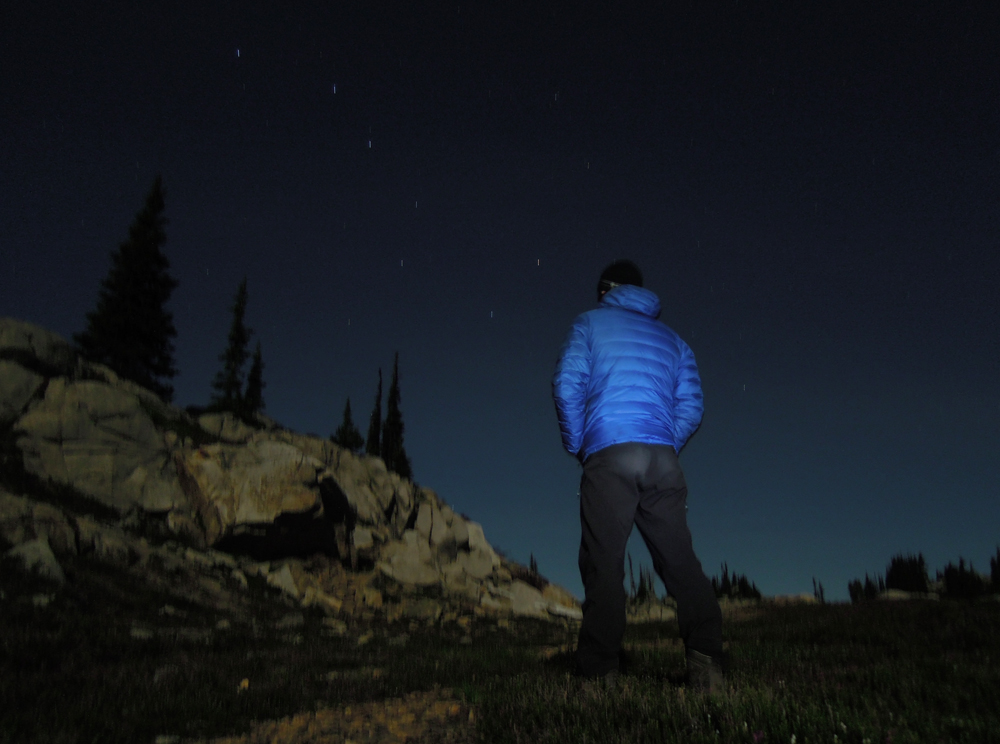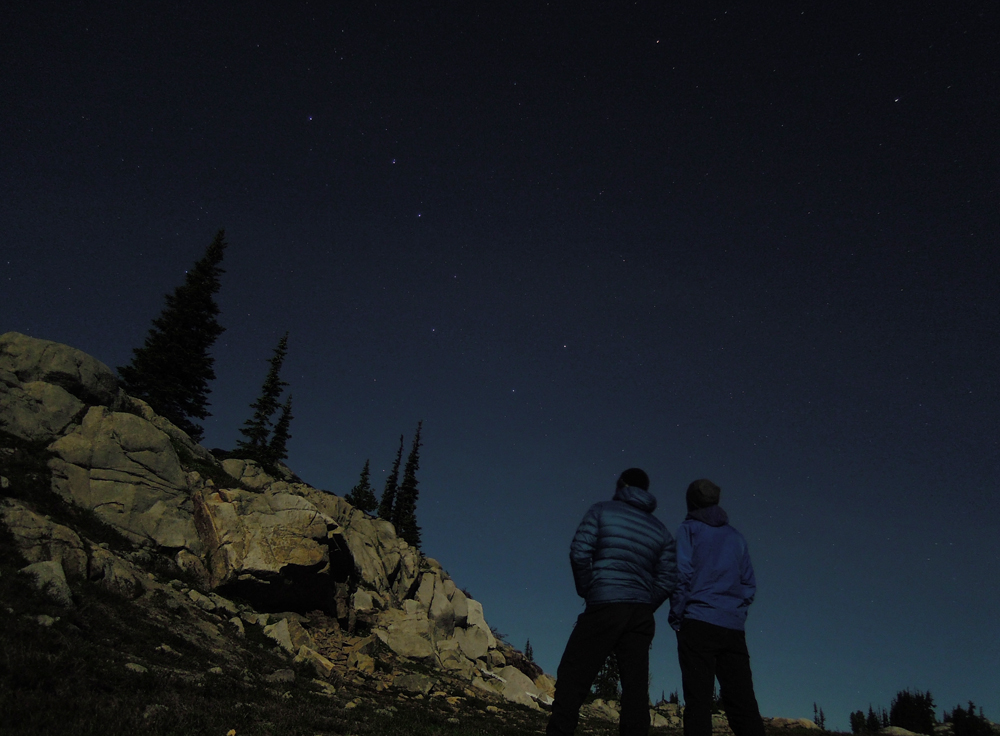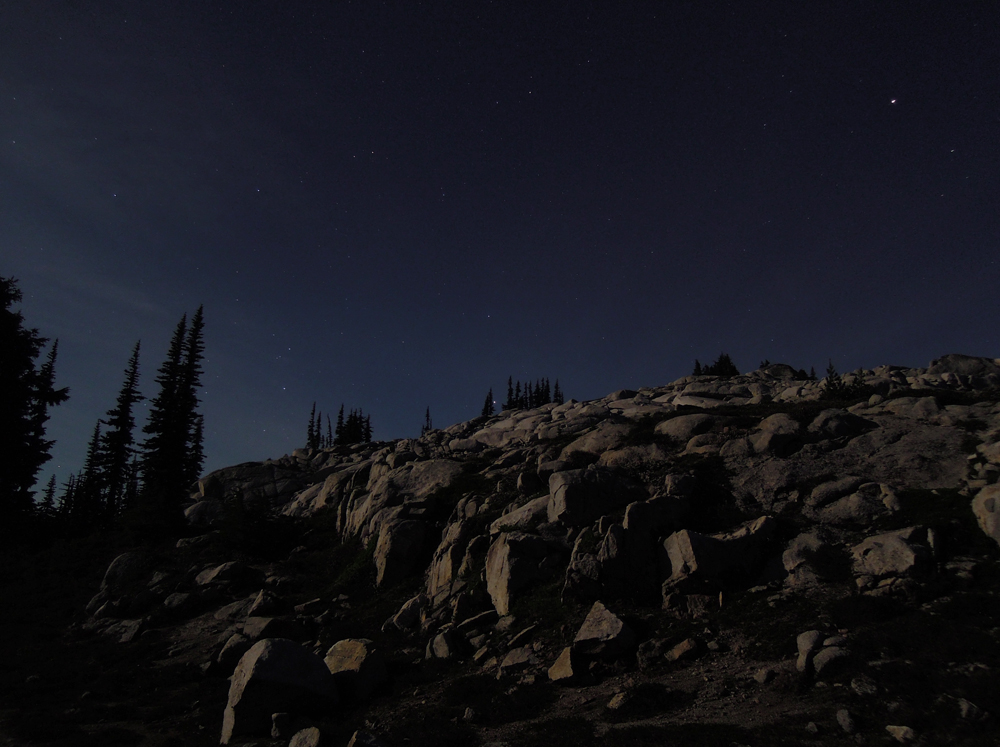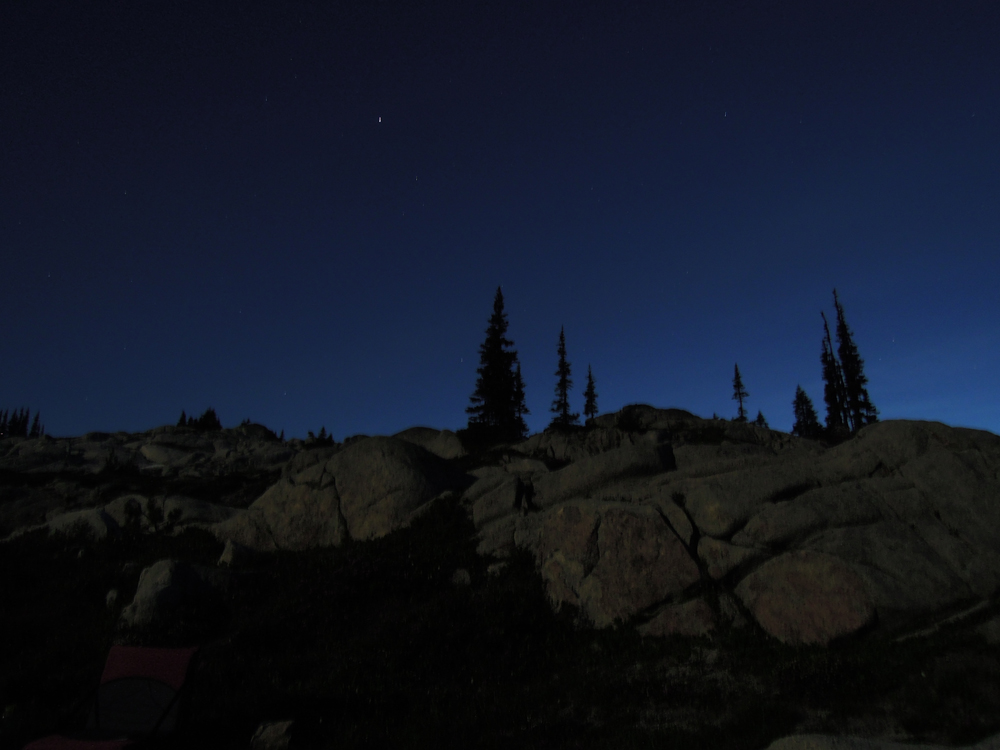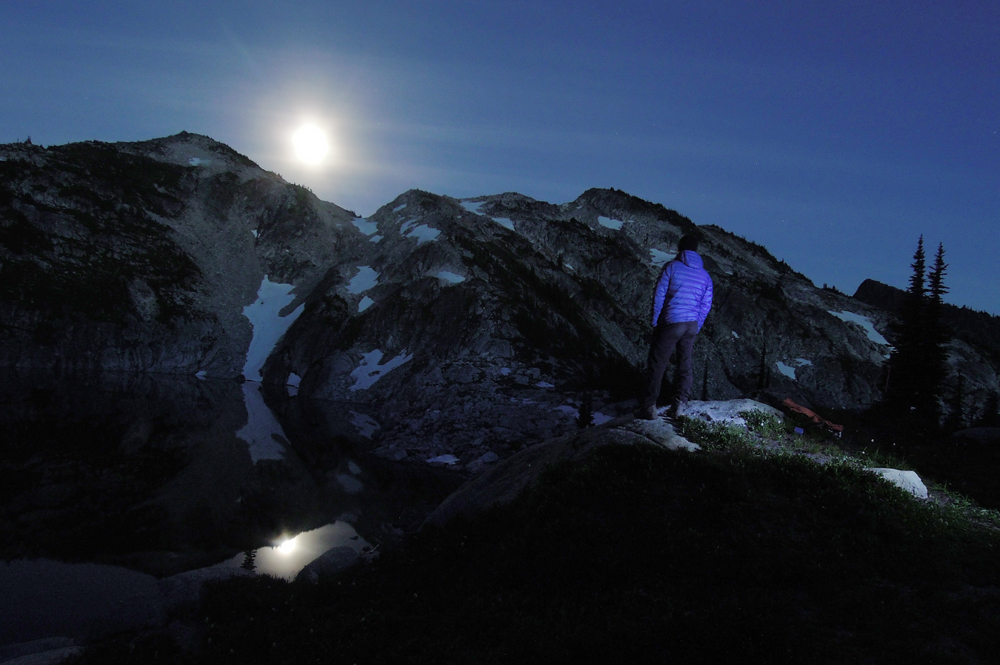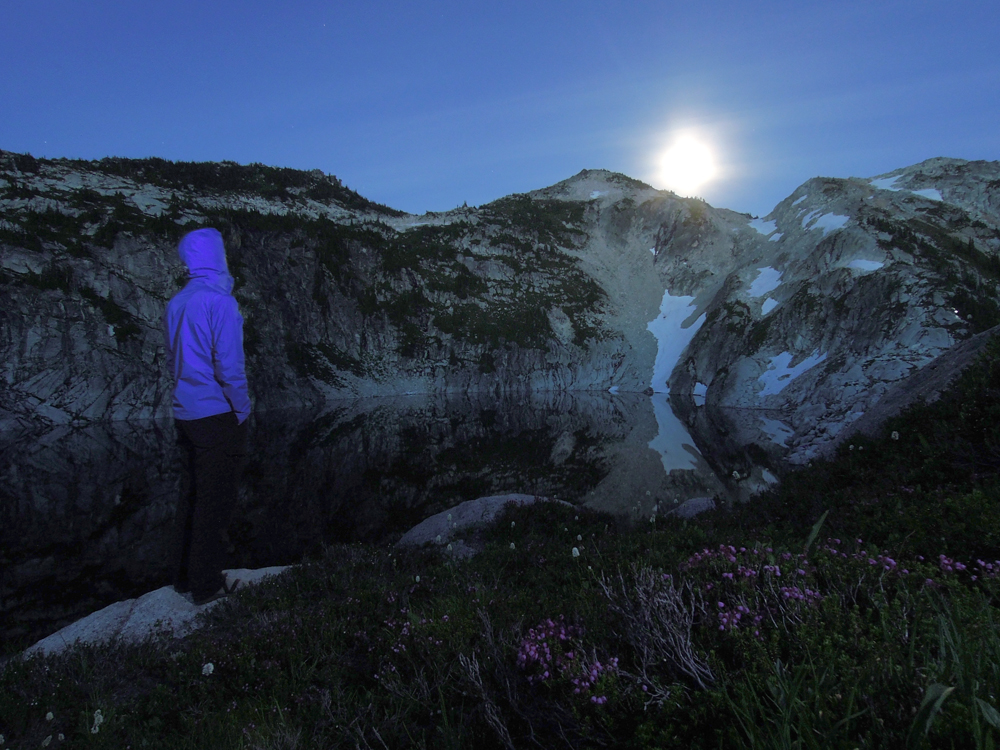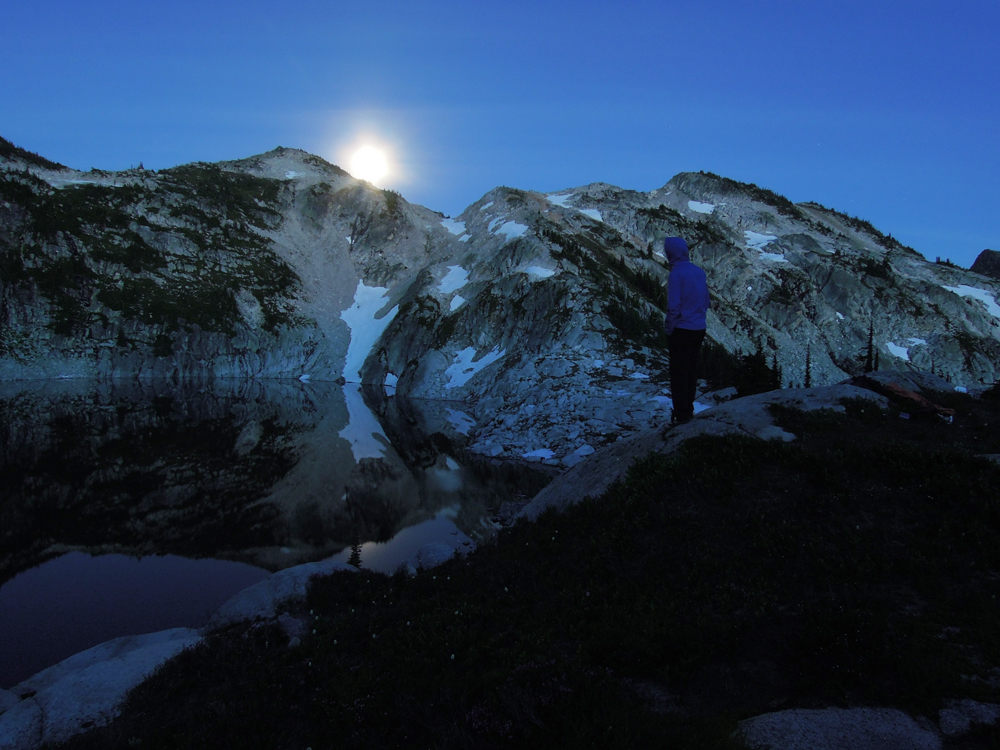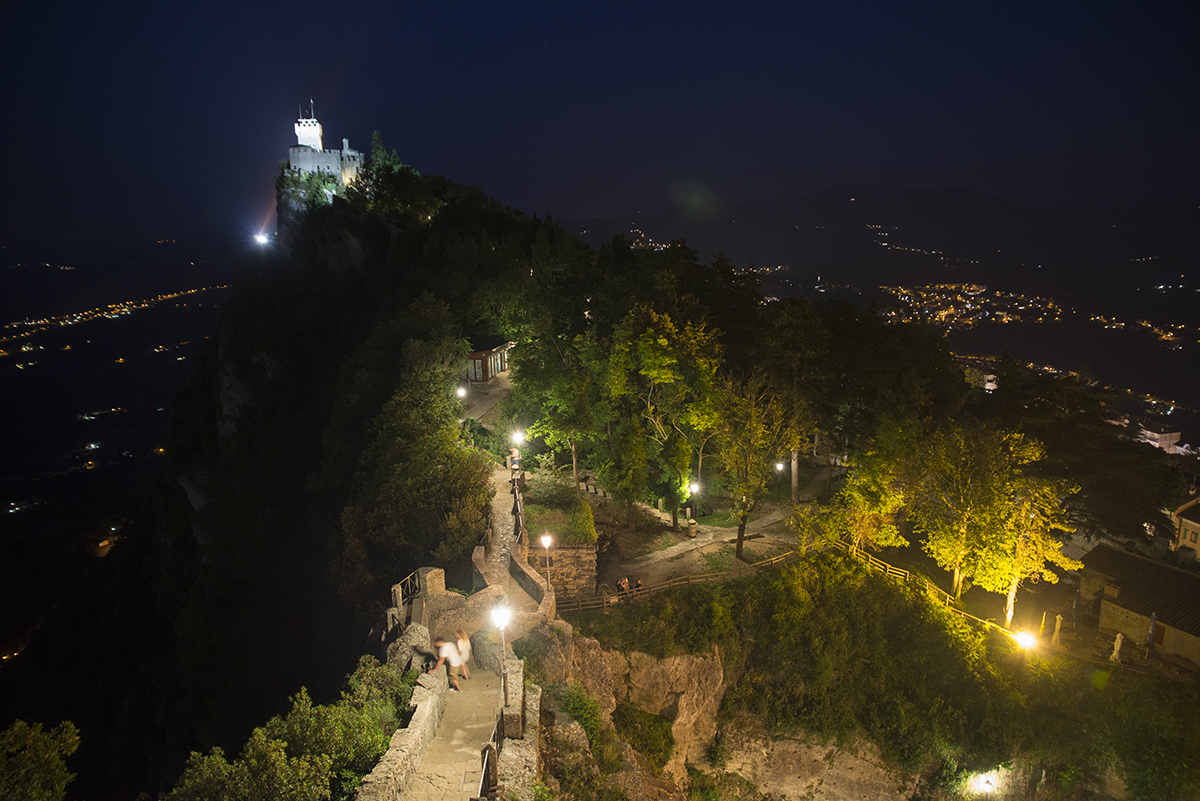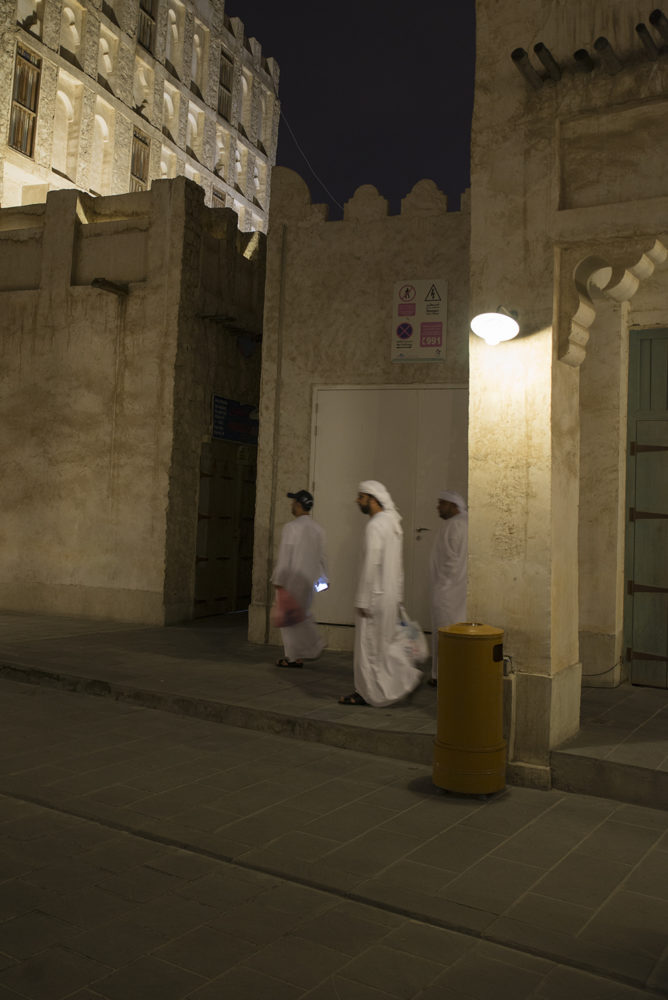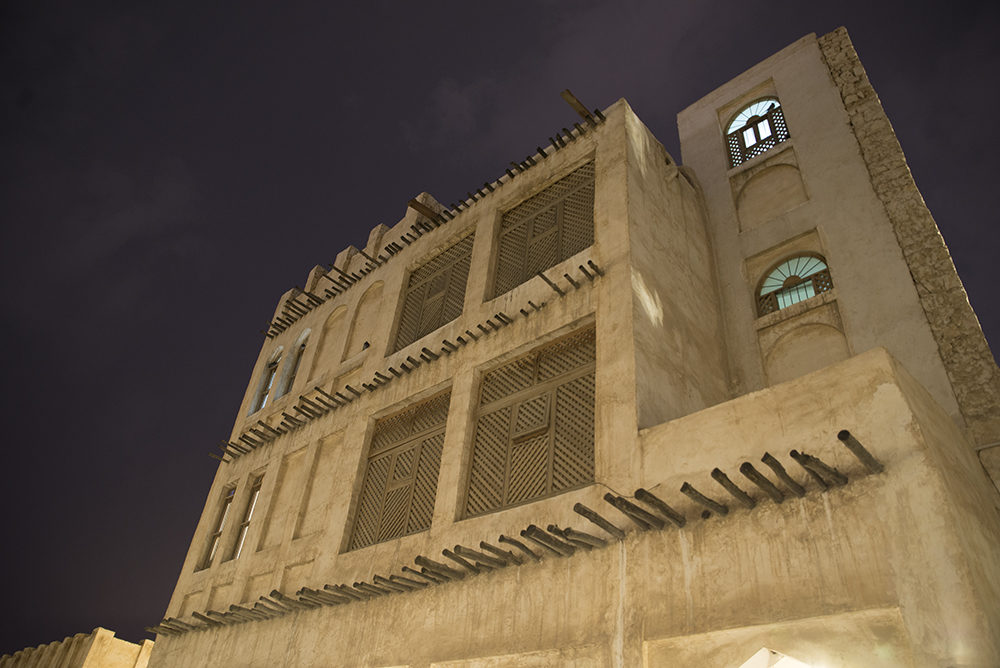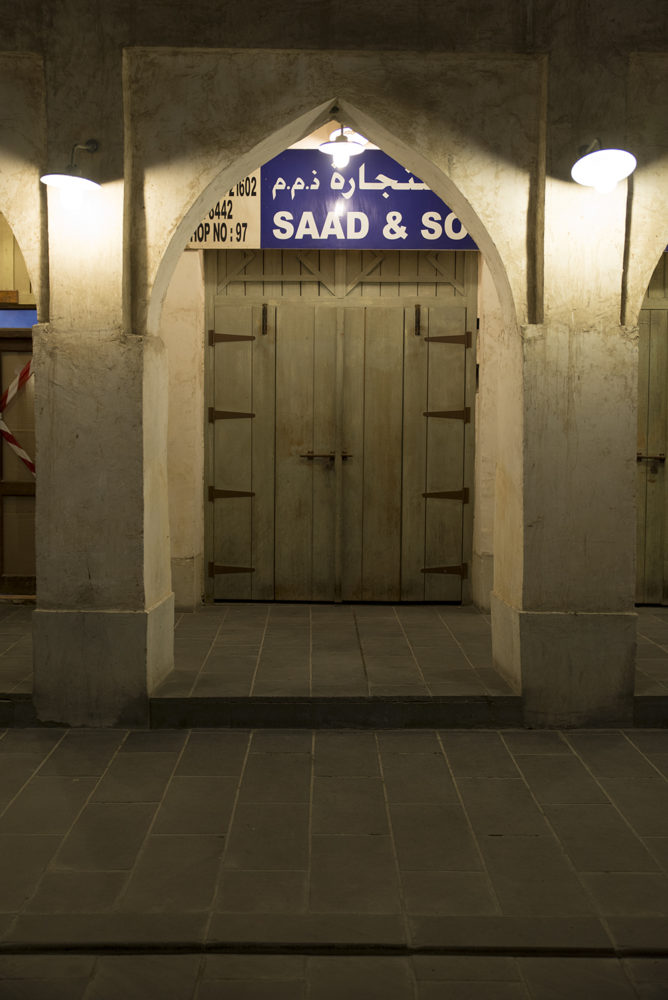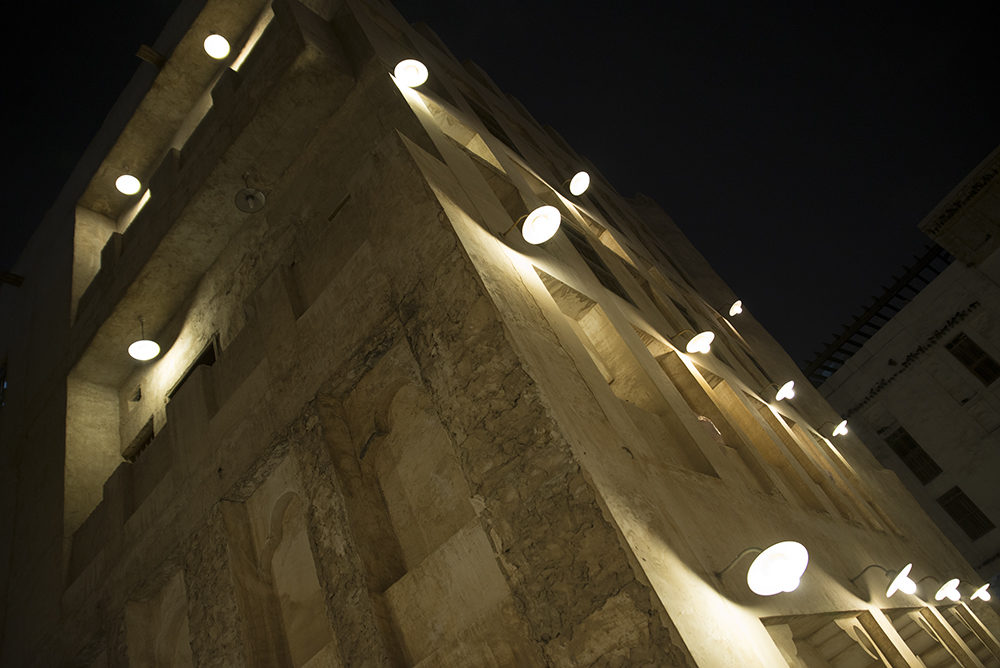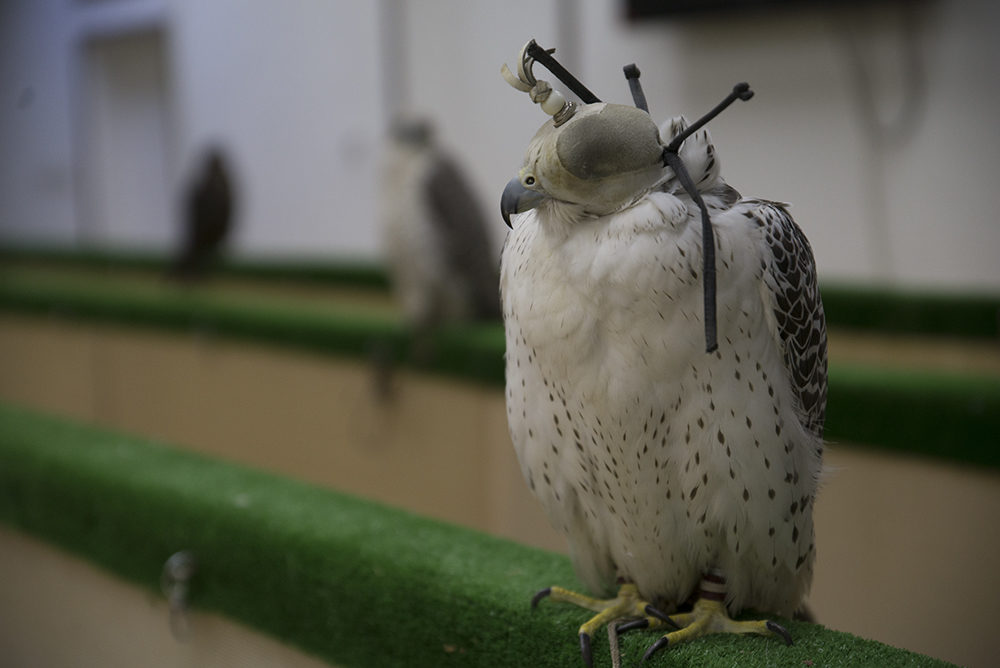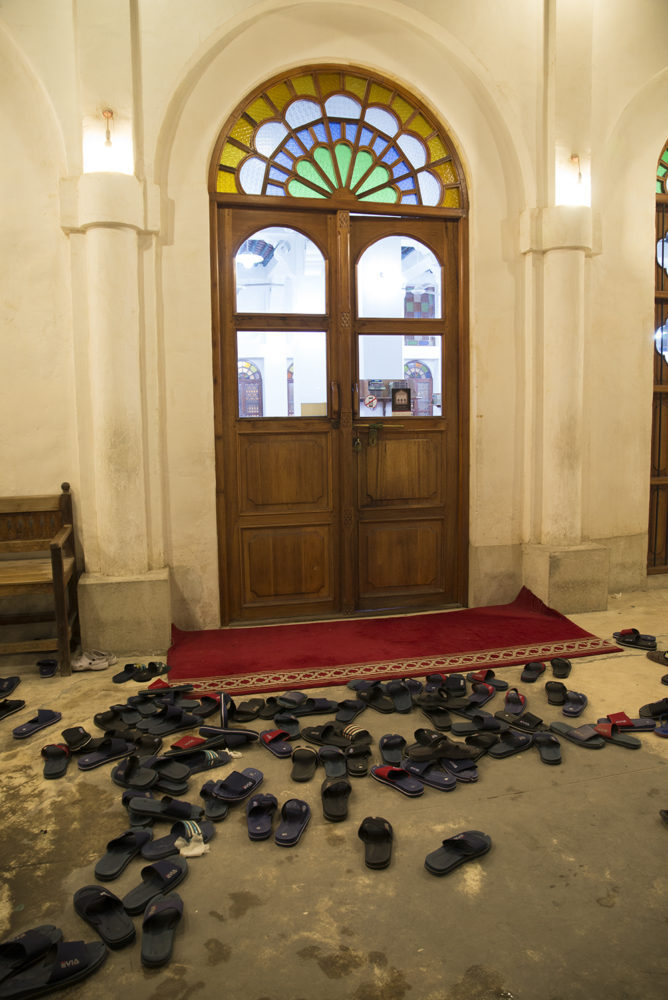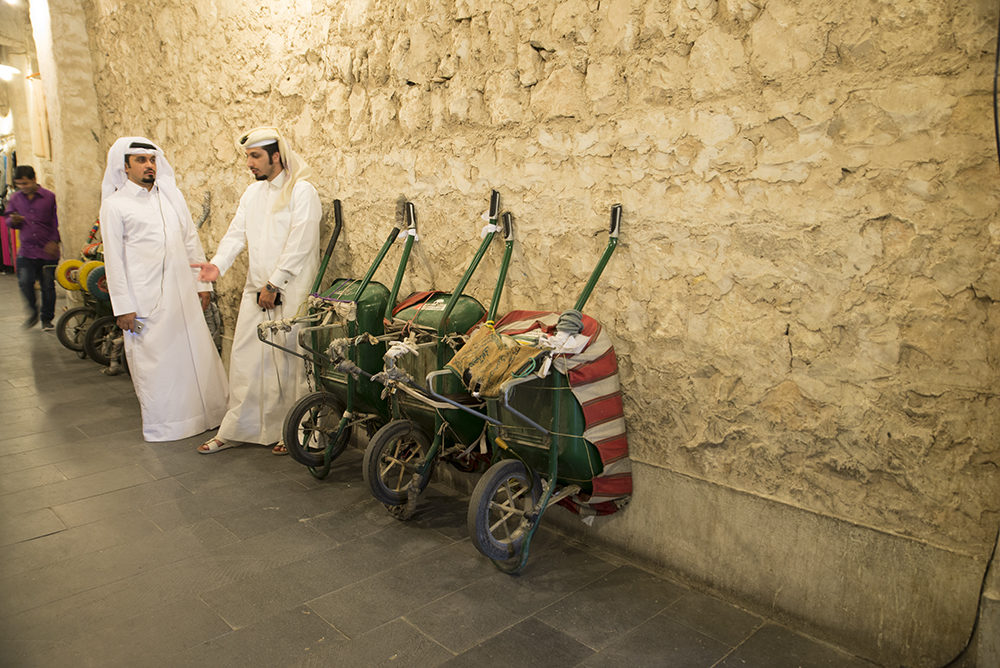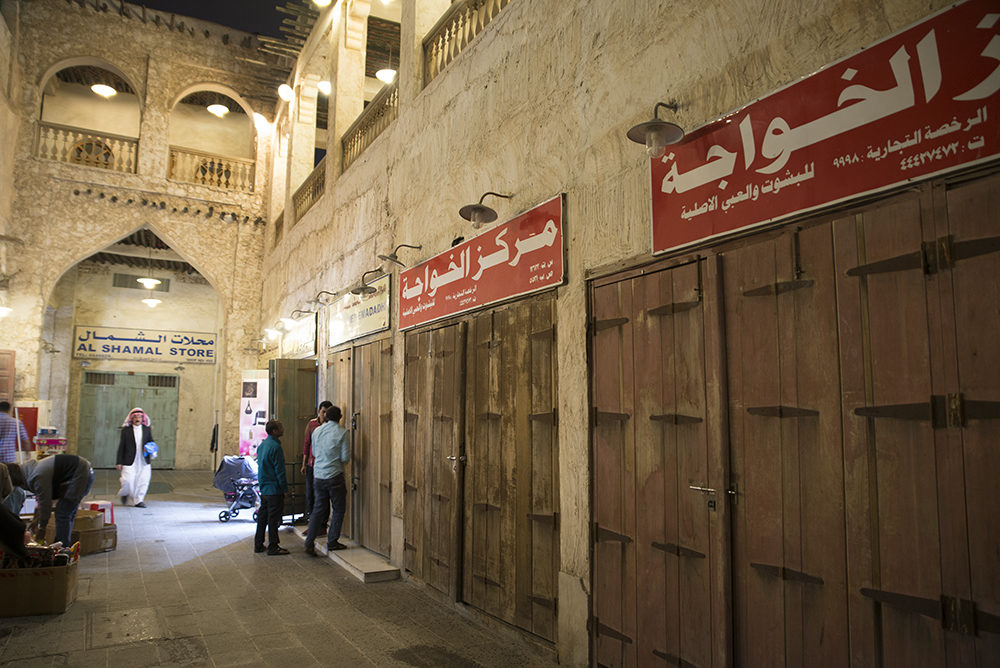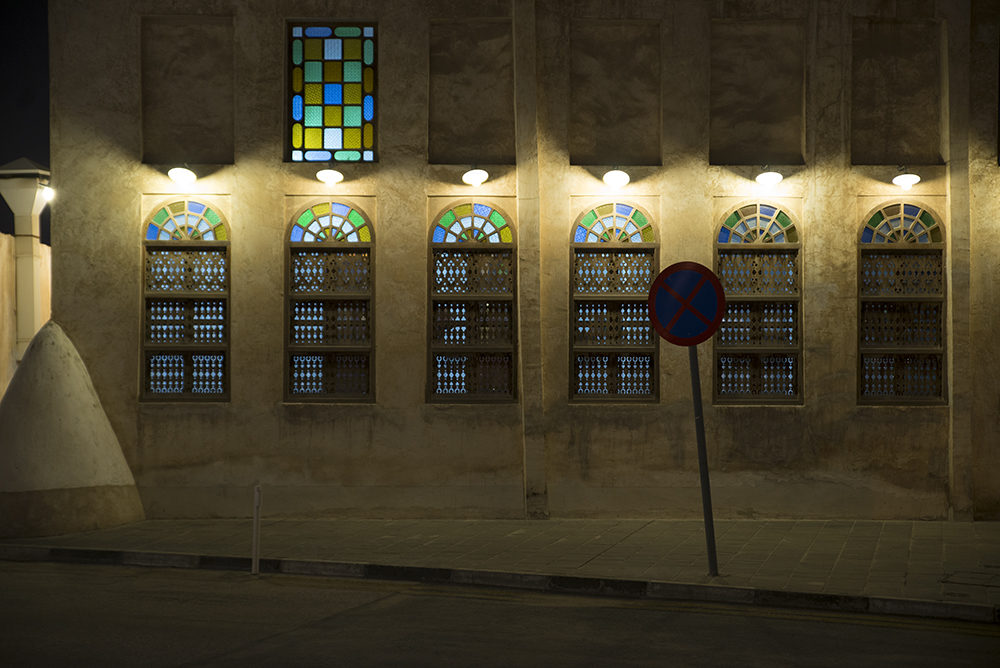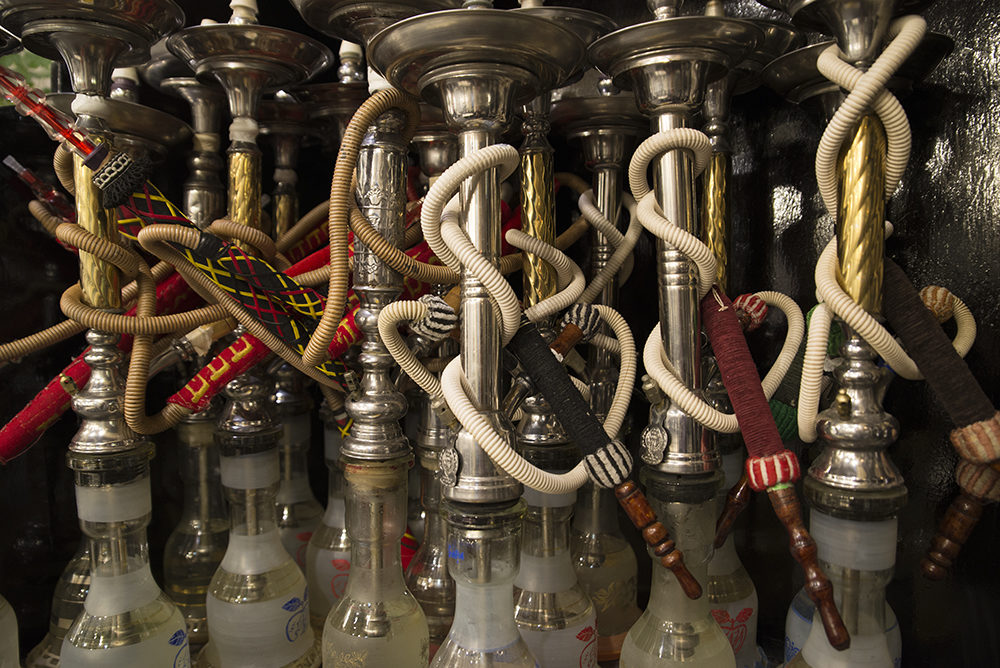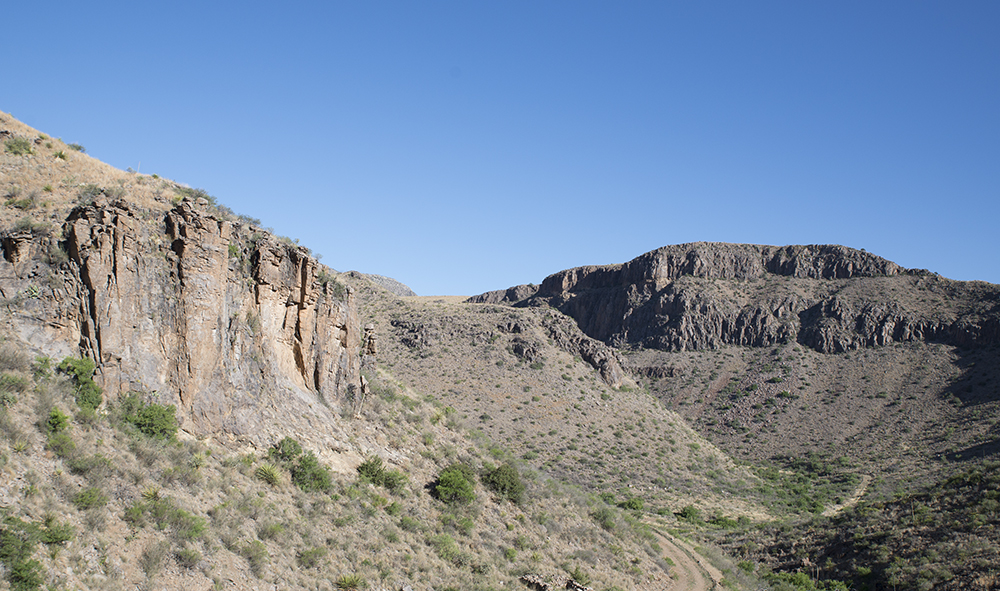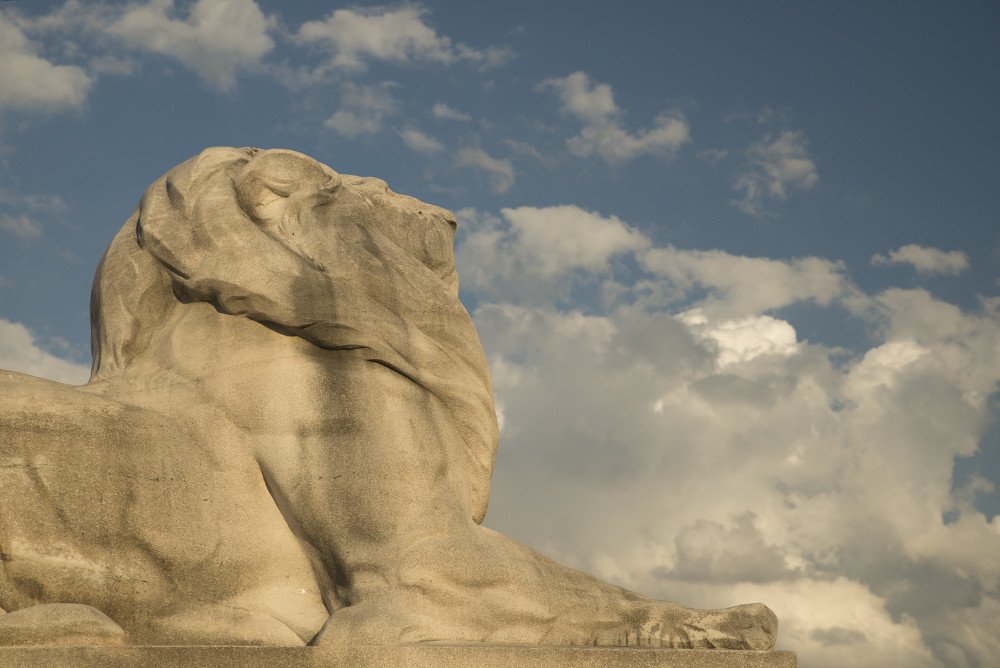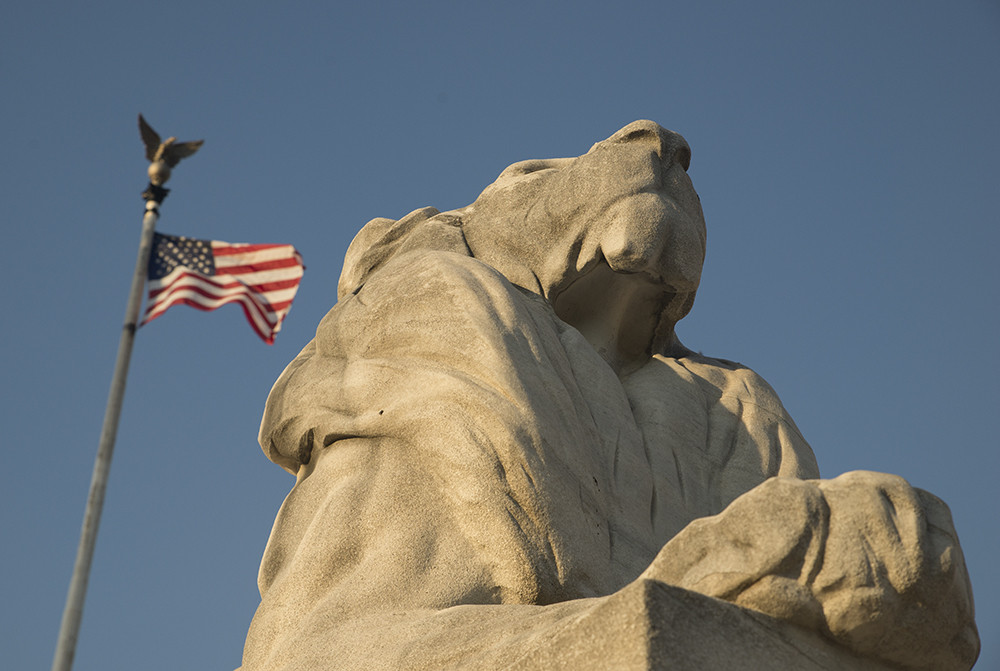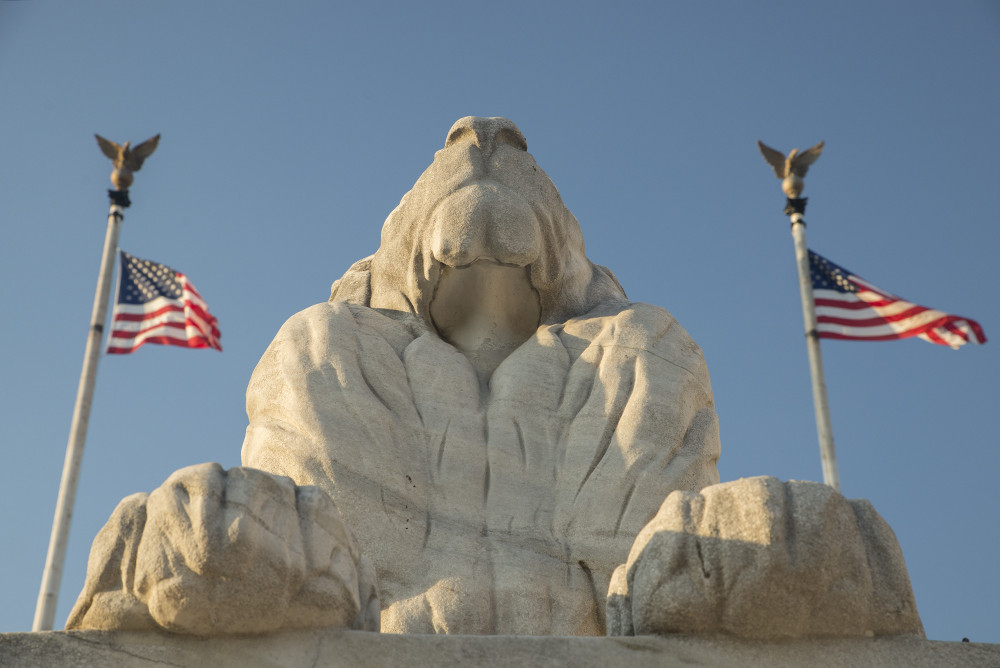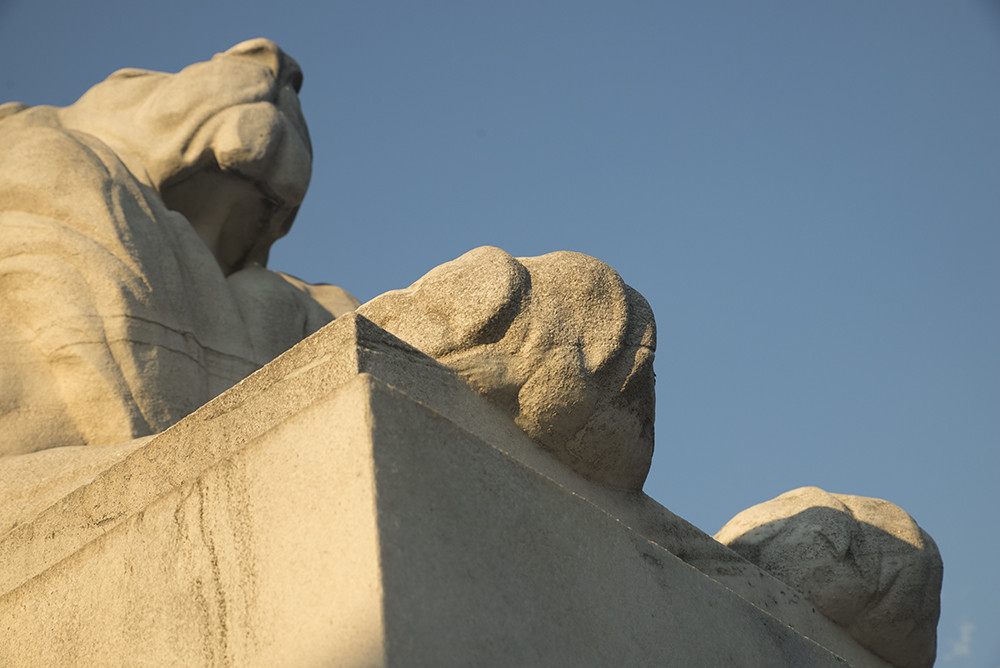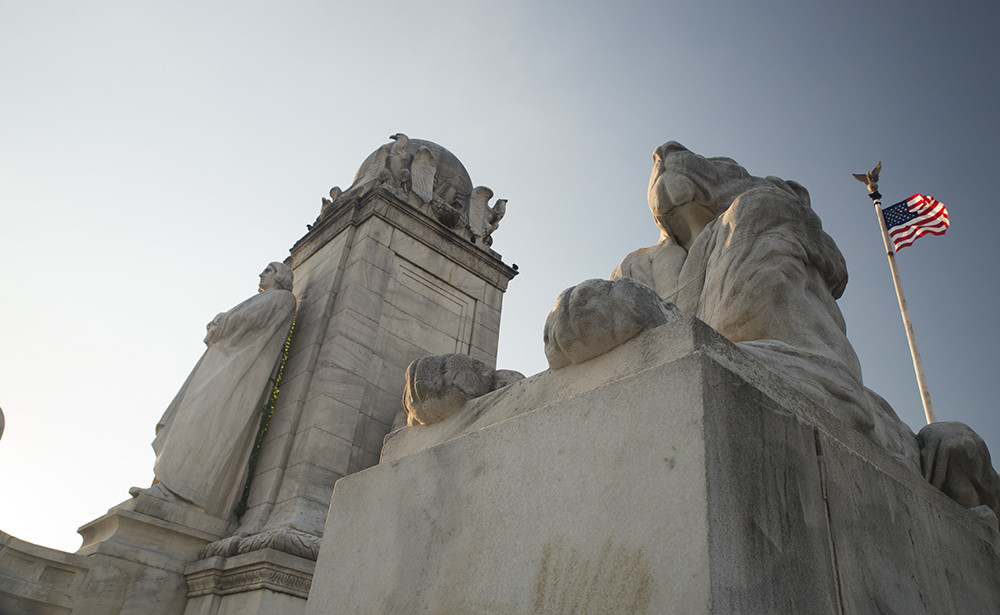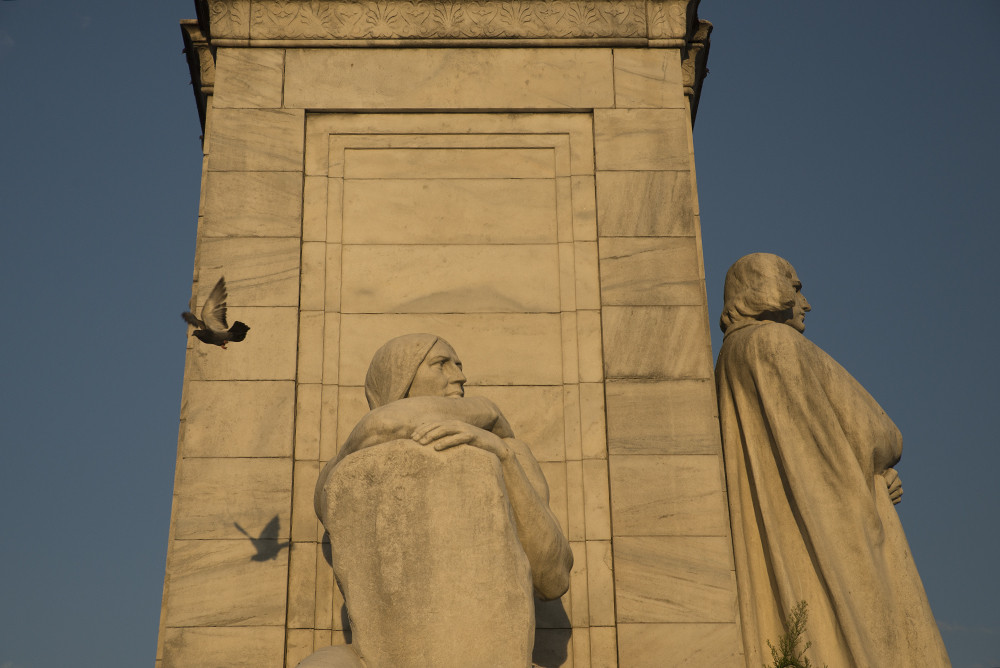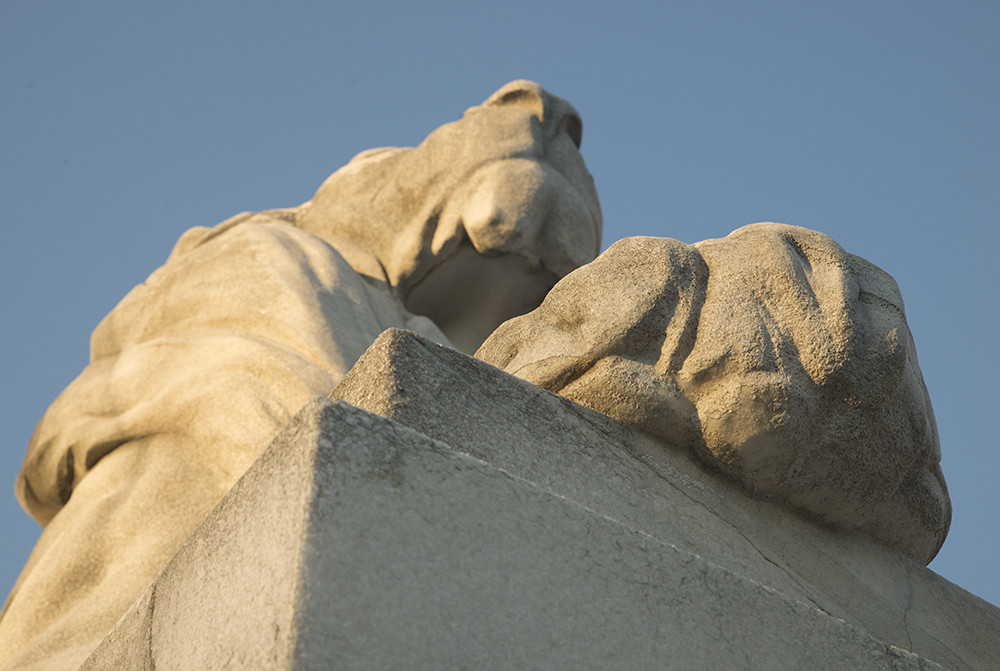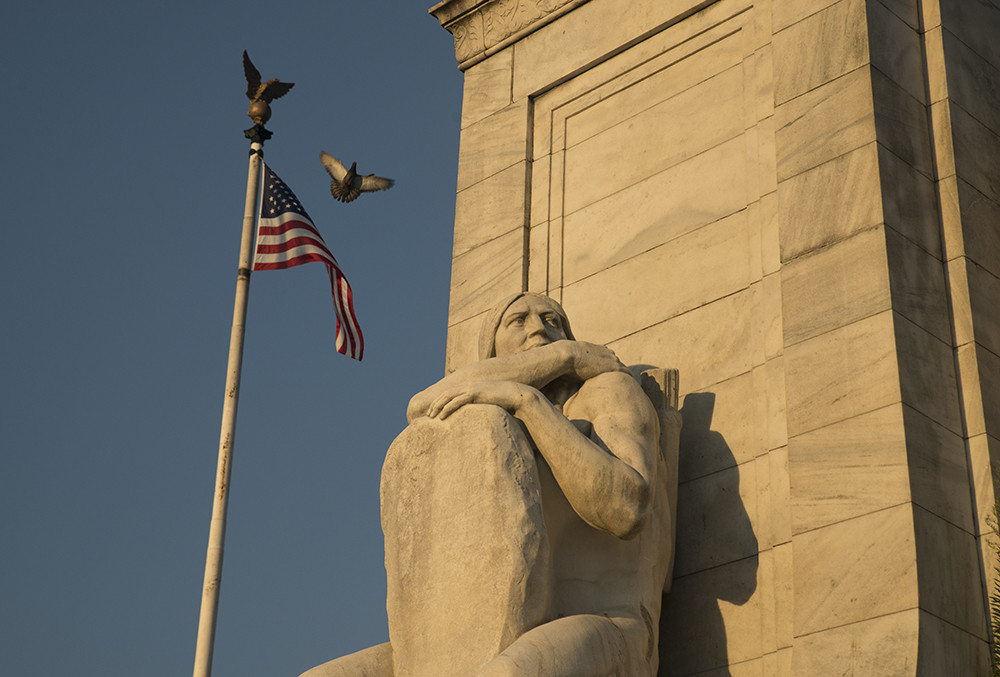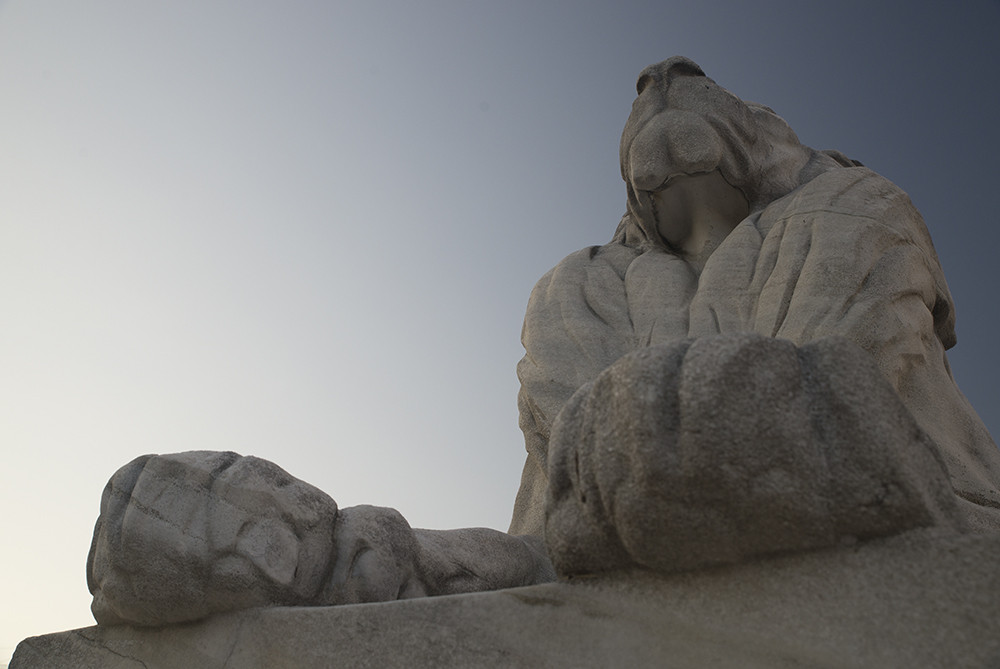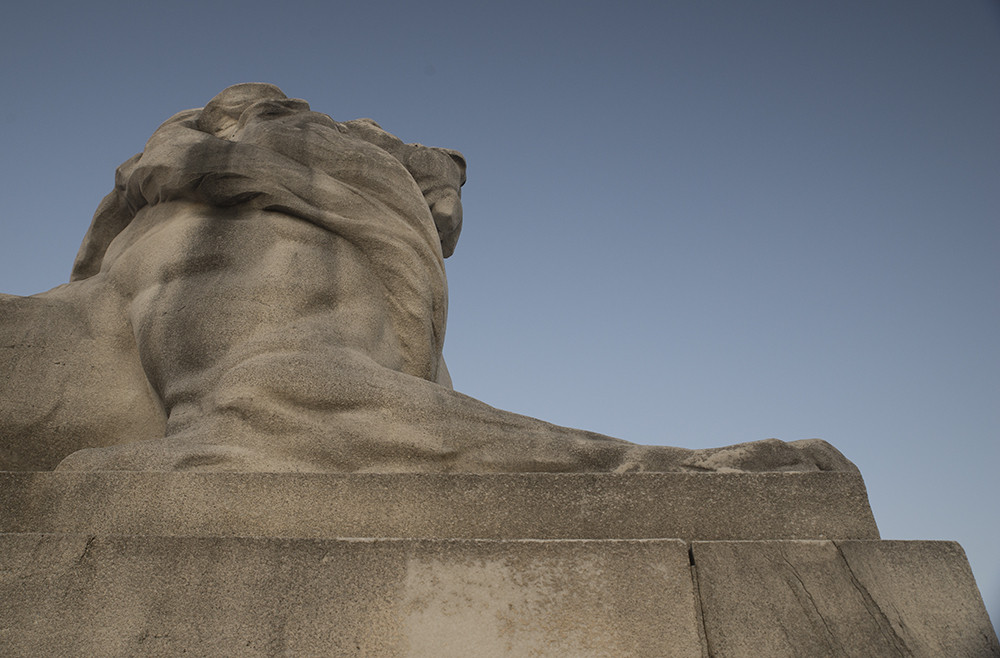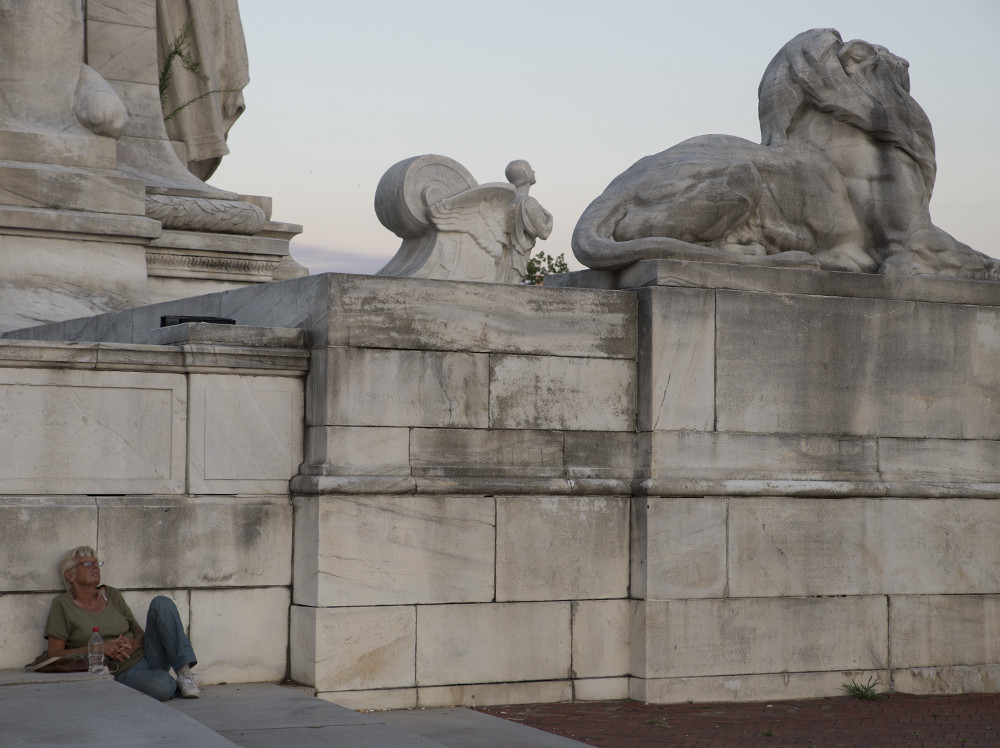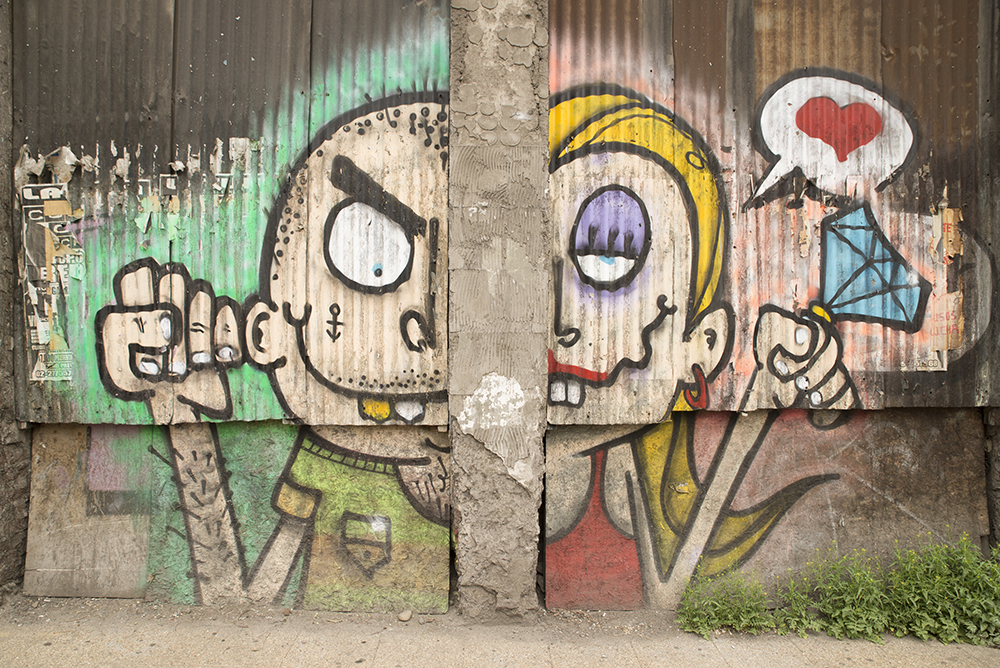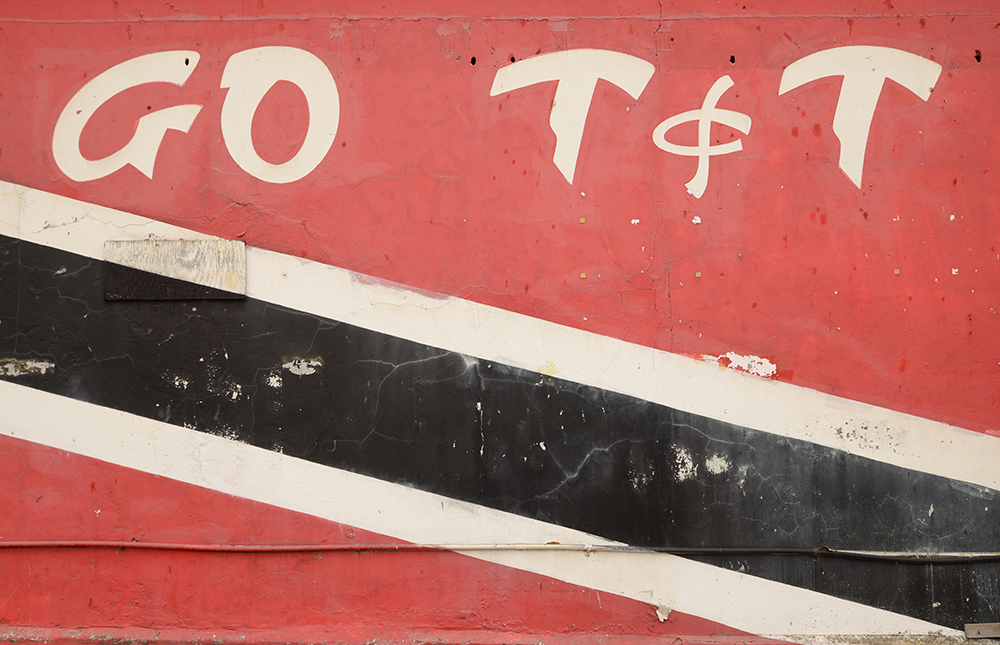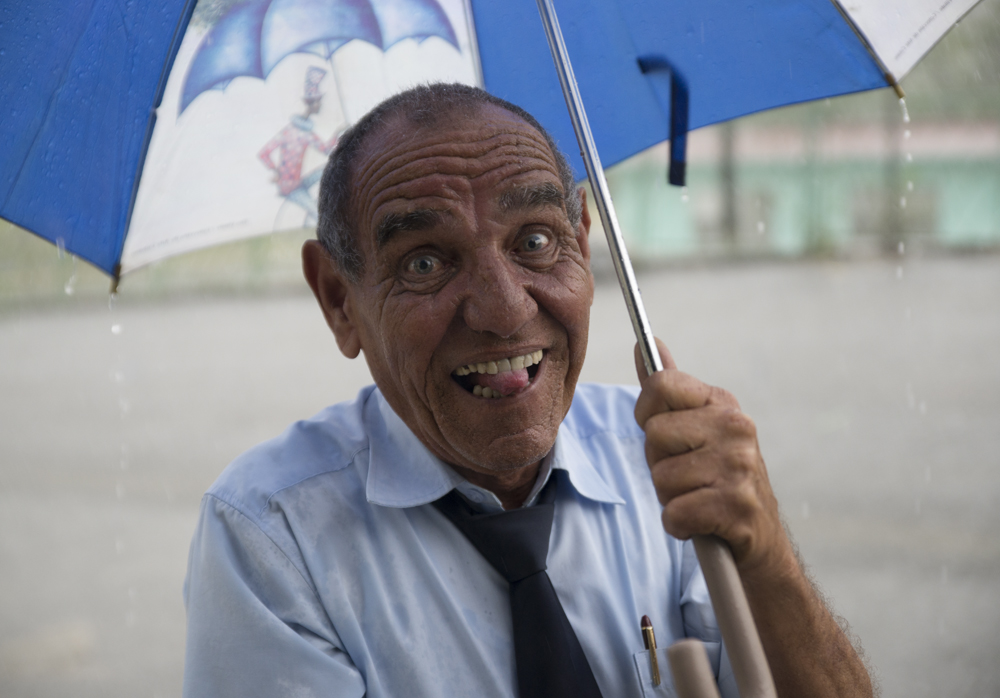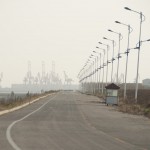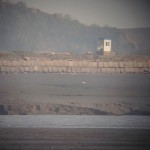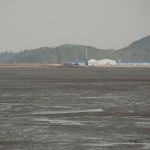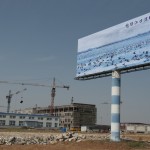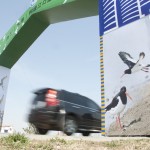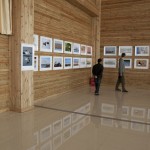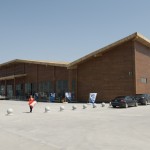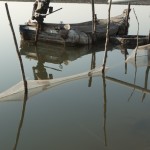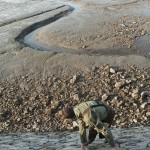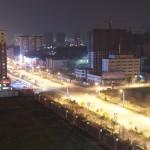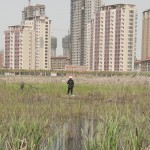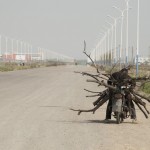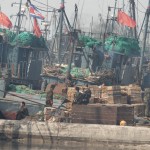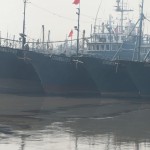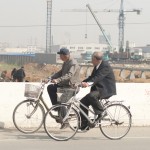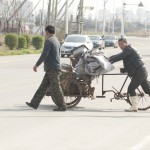A Layover in Doha, Qatar
Montezuma’s Revenge: A Quail of a Tale
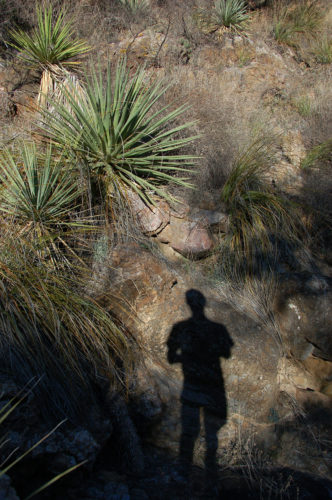
In the Davis Mountains of remote west Texas, I finally overcame a multi-year bout of “Montezuma’s Revenge.” Eight years, in fact. I first succumbed to the ailment in Southeastern Arizona. Three years later, it flared up again on my second trip to the region. While it was most intense in the grassy pinewoods of the Chiricahua Mountains, the ailment percolated deep within my bowels for years—even mere mention of the area would double me over with sharp pains of regret and anguish.
Relating gastrointestinal distress to birdwatching– or, in this case, birdseeking – may seem extreme, but the analogy conveys the urgency (of the search), and the relief of release (when the quarry is finally spotted). In this case, the aptly-named Montezuma Quail.
Since childhood, this species was quarantined in my imagination as an abstract concept based on its impossible beauty and very limited range in the American Southwest, hundreds of miles from my native Seattle. I heard they existed and many people – whom I thought I trusted – conspired to confirm this, but I was incredulous; the striking patterning and coloration of this dove-sized species just didn’t seem possible.
After two, week-long trips to the region, it became clear that this conspiracy was far-reaching, involving even local Arizonans who boldly claimed to regularly see this supposed species.
“Just go up this trail in the morning, I always see them up there,” said one. “Oh yes,” said another. “Drive up this road and you’re almost guaranteed to see one.”
After numerous pre-dawn mornings scouring the side of the road at seven miles an hour, I called “quail shit” on my Arizonan hosts. I returned to Seattle with my mind full of beautiful species – Elegant Trogon, Grace’s Warbler, and Violet-capped Hummingbird, to name a few – but they were all overshadowed with what could have been. Again.
Six years later, I signed up to co-lead a trip to west Texas with Victor Emmanuel Nature Tours and BirdNote. The itinerary listed Montezuma Quail as a possibility, stating that the Davis Mountains was one of the best places to see this “furtive species.” My skepticism piqued; it only confirmed for me how far and wide the conspiracy had spread.
Over a dozen people signed up for the trip. Perhaps, collectively, the group had enough karma for the Birding Gods to shine favorably upon us and grace us with even fleeting glimpses of one of its most cherished disciples. Or, most likely, I would lead the group – who had paid good money for this experience – down into the brush-lined pit of despair that had defined my experiences in Arizona.
I compiled a mental list of possible life species on the trip and, as one day led to the next, I was tallying checkmarks with incredible views of southern specialties like Varied Bunting, Gray Vireo and Colima Warbler. I almost mentally suppressed the sixth and final “possibility” – the Montezuma Quail. I was reticent to set myself up for yet another failure.
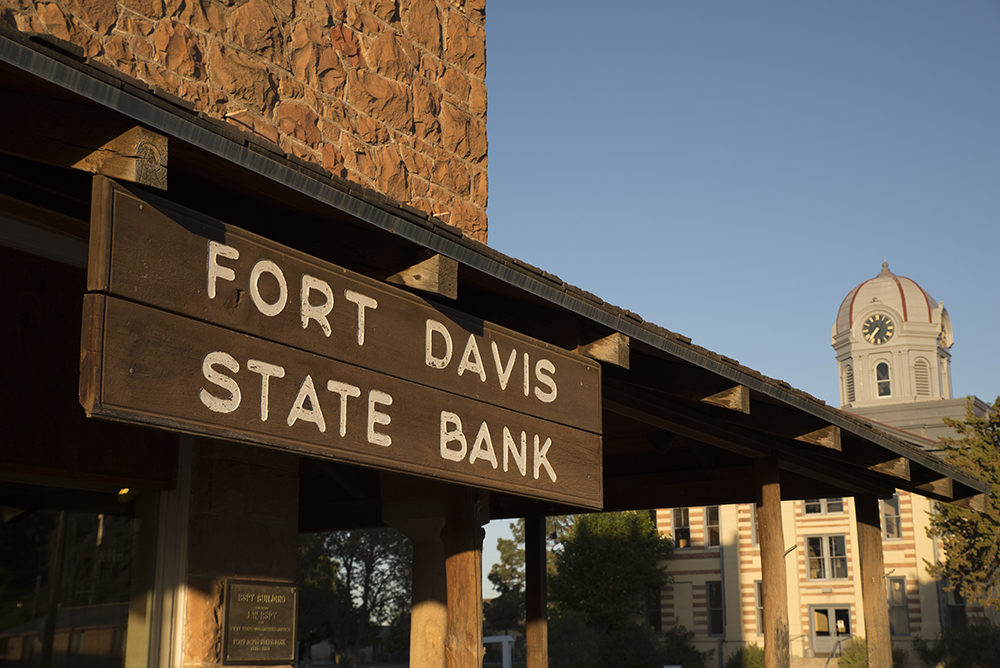
The other co-leader, Bob Sundstrom, caught glimpse of a pair of quail early in the trip while on a bathroom break away from the group. After combing the brushy hillside like a CSI tech, I confirmed that the two birds likely shape-shifted into a sand-colored stone, or a stone-colored bush.
It would be several days until we visited the Davis Mountains – the magical land where these feathered unicorns roam free – on the last stop of the trip. Our best shot was our only shot. After dropping the trip participants off at the historic Hotel Limpia to attend to a surplus of wine, Bob and I set out to scout locations for the following morning. This wasn’t birding altruism: It doubled my chances to achieve gastro-avian relief.
In the big white van, we worked up and down the two roads at the Davis Mountain State Park, finding the reported nest cavity for the Elf Owl – North America’s smallest owl species – above the dry riverbed but (surprise surprise) striking out at Camp 62 where Montezuma Quail had been reported just 24 hours prior. It was across from the trailhead to “Montezuma Quail Trail,” further twisting the dagger of irony.
We drove west into the mountains towards the Davis Observatory. I stared at the passing oak woodlands and lion-hair grasslands interspersed with ranches and wondered how many years I would have to wait before I could finally lay eyes on this friggin’ bir—
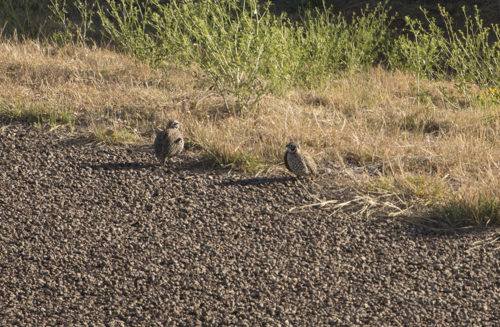
“MONTEZUMA QUAIL!” Bob screamed from the passenger seat, pointing to a grassy roadside passing at 55MPH. We turned around and crept at a quail’s pace along the highway, my eyes frantically moving between the gravel shoulder and the rearview mirror: I didn’t want death to be delivered at the grill of a Mack truck. At least not before I saw this stupid bird.
Then they appeared.
I was speechless. Two young males quietly and confidently foraged for gravel, seemingly oblivious to our approaching steel behemoth. Even though the pair lacked the male’s saturated wine-red plumage set against speckled black and white, the intricacy of their plumage was mesmerizing.
We enjoyed them for a few minutes – about as long as we were comfortable parking on a highway – before we dutifully returned to the hotel to round up our convivial participants to show off our quarry. All for not: Twenty minutes later, the birds were gone.
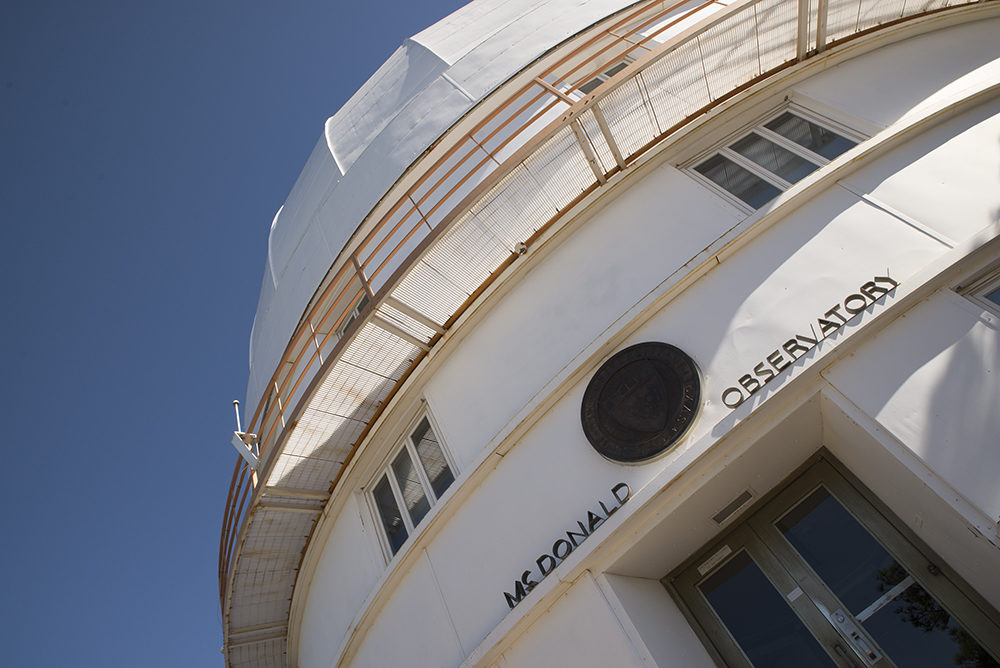
I searched with renewed energy the following morning. Our first stop at the state park yielded nothing; a walk at the nearby McDonald Observatory afforded an impressive flock of migrating songbirds but, again, no quail. Down the road, a mile-long walk through Lawrence Wood picnic area gave us beautiful views at the long-sought Black-chinned Sparrow – our first from the trip. Stepping off trail on the walk back flushed a small flock of quail. As quickly as they exploded out of the grass – and shot up our heart rates – they disappeared into the rocks of a nearby hillside. Glimpses were afforded to a handful of trip participants; a few more heard the ominous call of the male, a sound like the ascending, metal-on-metal trill of a train inching to a stop.
Unfortunately, that was it. That was our last shot. We solemnly got back into the van, happy with the sparrow, but always thinking about what could have been. One of the biggest birders on the trip was going back home with only 7 of the eight targets she had for the trip. Ironically, she was from Arizona.
I knew the feeling well.
I drove the remaining stretch of rural highway out of the Davis Mountains towards El Paso. We recounted the best sightings of the trip while I scanned the side of the road. The jovial chatter in our van was a good sign—the satisfaction was palpable. Bob, sitting in the passenger seat, removed his glasses to clean them in his lap.
A softball-sized pair of rocks protruded from the horizon of the road as we crested a small hill. One moved.
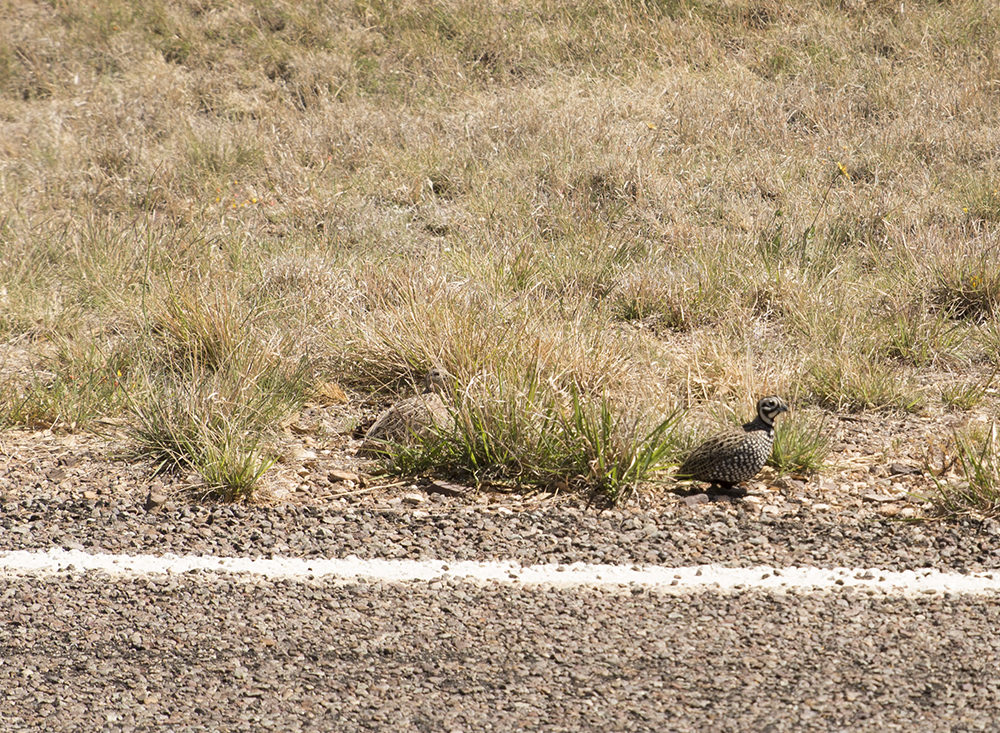
“Montezuma Quail!” I yelled, slamming the brakes to a near four-wheel skid. We maneuvered the three-vehicle caravan around – stressing an already overworked drivetrain – and crept slowly onto the opposite side of the road. Nonchalantly, our quarry continued to forage as exaltations of relief passed through the van, noses pressed against the glass.
For fifteen minutes we sat, engines idling, stunned. The male’s striking black-and-white head juxtaposed against an intricate collage of reds and browns, like a small, portly man wearing a Mexican wrestling mask and a camouflaged cloak. The female, though more drab, was also impressive, like a sun-faded version of her male counterpart. The pair gradually retreated from the road. Interestingly, they didn’t run with their heads upright – like other quail species – opting to lower their heads to snake through nearly unseen tunnels in the grass. Stripes running along their back from head to tail obfuscated their exact location, reminiscent of the optical illusion that makes it difficult to spot a retreating garter snake.
We pulled away, turned around, and continued down the road towards El Paso sharing high-fives and photos. The Birding Gods shone down, providing a brilliant ray of light as the trip was fading to dark.
I had my revenge, and it never tasted so sweet.
Never satisfied, I was already pondering the next gaps in my life list. How about a Red-faced Warbler or Manx Shearwater?
A Tour of the Lion Statues of Washington D.C.
Travel Notes: Chile and Argentina
Travelers know the questions one must field after returning from a trip. “How was the weather?” “What was your favorite part?” “How was the food?” all hurled at you by coworkers as you hug the office coffee maker, trying to fight off jet lag. For some, there is genuine interest in your trip. For most, it’s a perfunctory exchange where, once you start responding, their eyes glaze faster than a Bavarian strudel.
Except me. Excuse my bleary-eyed Monday-morning brethren, I want to hear all about your trip. Got pictures? Even better. Go ahead and swipe through all those sandy beaches, ancient ruins and decadent meals. With a limited budget and perennially maxed-out vacation time, it’s a vicarious escape for me, an opportunity to daydream between emails and spreadsheets. I celebrate the fact that my dream destination list, no matter how much I travel, never shortens.
My wife’s grandmother is a similar traveler. Last year, despite being well into her 80’s, she took trips to Mexico and Vietnam. And based on the handsome selection of photo albums on her bookshelf, this isn’t a recent urge.
One Thanksgiving, I flipped through one of those albums. It was from a trip she took to Nepal and Tibet in the late 1990’s with her now-deceased husband. As a digital-native amateur photographer, I admired the images for the deliberateness implicit in single-exposure film and the warm texture that dances somewhere between the Sierra and Valencia filters on Instagram.
But the most lasting impression was left by a single, hand-typed page in the back of the album. It was a simple list of memories – one or two sentences in length each – that served as an addendum to the visual accounts preceding it. Each entry was brief and evocative, capturing a piece of cultural detritus one collects while crossing borders. An analog tweet from an offline status update.
I used to take copious notes while traveling. In college, I studied abroad in Asia and dedicated an hour every evening to journaling that day’s events, no matter how mundane. Even though none of these journals have since been cracked, I know they’ll dutifully hold all the memories that would otherwise be lost to time.
I don’t know why I stopped journaling. It’s partly because “and then we did this, and then we did this, and then we did this…” doesn’t lead to elegant prose, a goal that most readers should recognize as already unattainable. I also discovered that foreign cultures have beer.
Not matter the reason, this type-written page inspired me. Certainly I could manage a few sentences scribbled in the Notes app on my iPhone, or in the Rite-in-the-Rain pad of paper I always carry in my back pocket?
A two-week trip to Chile, Argentina and Uruguay seemed like a good opportunity to give it a shot.
CHILE
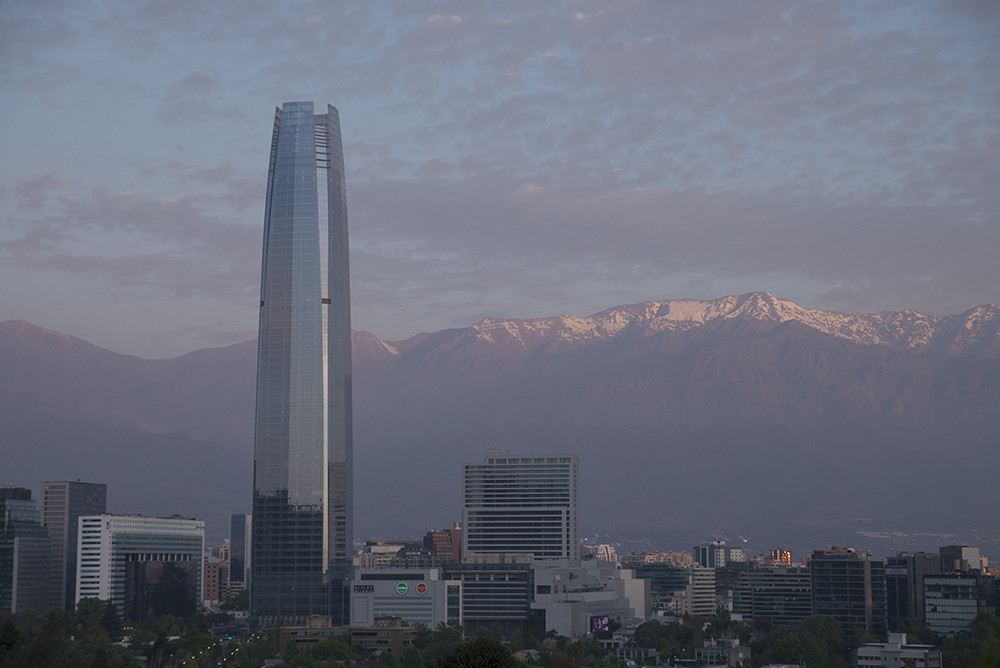
Santiago is a crown of sleek skyscrapers amid a cushion of snow-capped mountain tops, reaching staggering heights.
Everyone has a mountain bike in Santiago; there are very few road bikes.
On Sunday afternoon, the road to top of San Cristobal is packed with walkers, runners and cyclists.
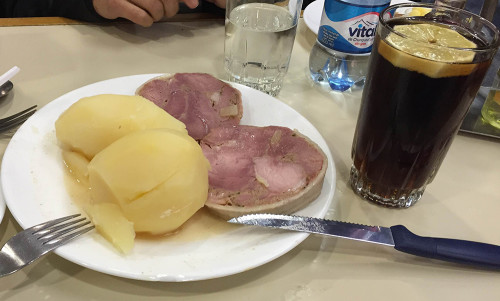
Casinos are illegal inside Santiago.
Pisco Sour (mixed with a potato-derived alcohol similar to vodko) or Piscola (same alcohol, but with Coke) are the drinks of choice.
Meals are meat, meat, meat, and fish. Repeat every day for lunch and dinner.
Stray dogs are numerous, tame and remarkably healthy. Many have “night homes” with Santiago residents and roam the street during the day. One chow mix leaned his head against my leg within blocks of our hotels on our first morning then followed our group as we walked a local park looking for birds. He was a welcome addition to the group until he chased through a flock of lapwings and thrushes, returning triumphantly to our group as if to say “hey guys, did you see that?”

European-style eating abounds in Chile with dinners starting around 9pm. Mid-afternoon snacks are their bread and butter. Literally, bread and butter.
There’s no “Chilean” look: a few are descendants of the native Mapuche while many are clearly of European ancestry.
It looks like many private homes in Santiago are the love children of American architects and the post-modern orgasm of the 1970’s.
Wooden funiculars – antique, rickety, and incredibly charming hybrids between gondolas and escalators, with twice the legal liability of both combined – are widely used in the hilly, coastal city of Valparaiso.
Coffee was only introduced to Chile – or at least it became popular – a few years ago. Coffee is mostly imported from abroad despite the fact that South America produces so many beans.
Passengers applaud in a synchronized rhythm when the plane lands, no matter how uneventful the flight. I can respect a culture that appreciates the miracle of flight.
ARGENTINA
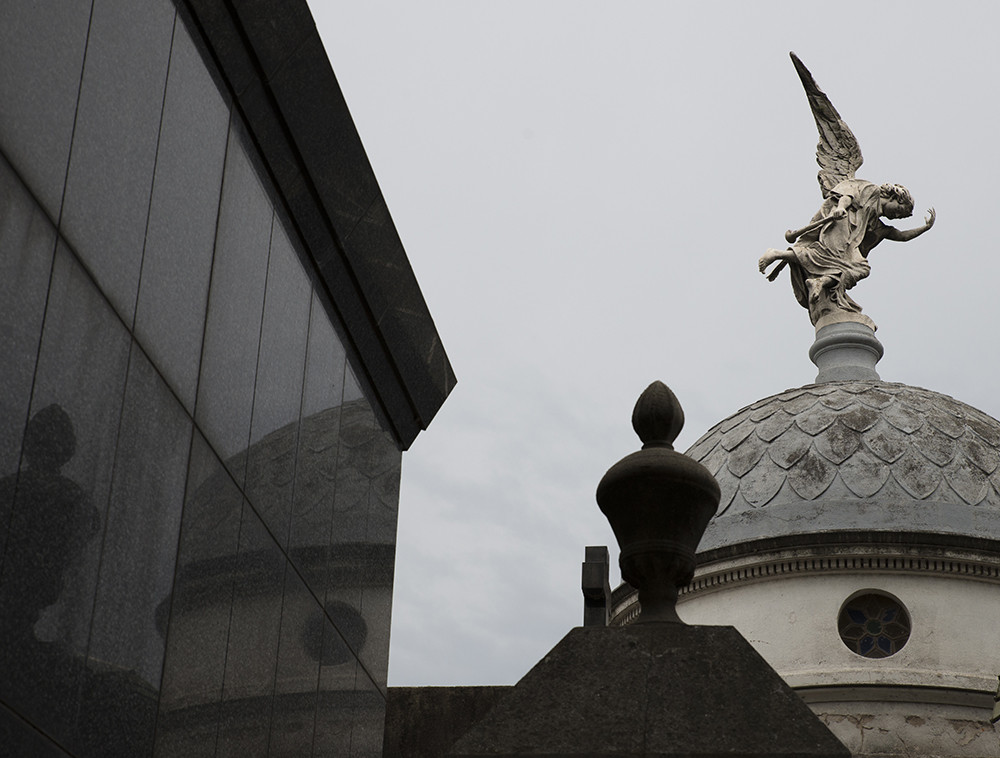
There’s an edge to the people and transactions here that you don’t find in Chile, and it’s not necessarily a pleasant change.
“Crossing like cows” is how our guide described the way in which people blindly cross intersections here, empowered by laws in extreme favor of pedestrians. Our tour bus nearly removed several people from the Buenos Aires gene pool.
During hailstorms, motorists will immediately park under trees to avoid damage from the falling ice chunks, which is not covered by insurance. Most cars just stopped in the middle of the arterial, while others drove up and over curbs and over lawns to find cover in a street-side park.
Everyone carries a leather satchel that includes a small gourd, slightly bent silver straw with filter, a hot water thermos and a large container of maté, a type of tea. Some may picture a small, dainty, neatly-contained teabag; a heaping handful of grass clippings is a better visual comparison. Some Argentinians garnish with lemon, most drink it raw. Piles of spent maté are frequently encountered and resemble the droppings of a well-hydrated herbivore.
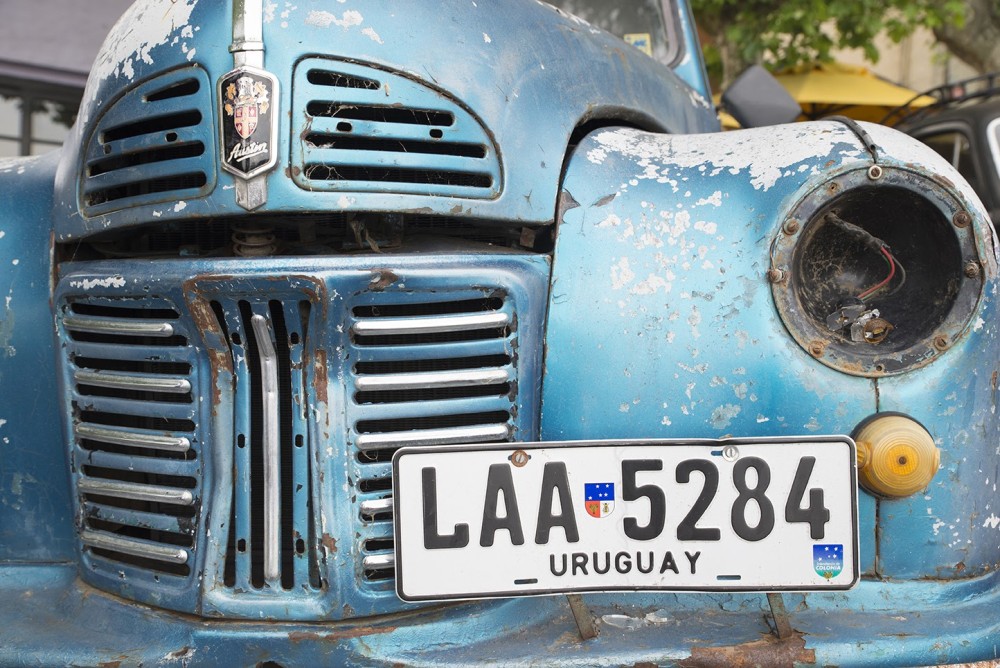
Short, quick sentences jotted throughout the day was a very manageable way to journal while traveling. Capturing memories while being able to imbibe during the evenings? That’s a win.
In other news, as predicted, my travel wish list grew: now I need to see Bolivia and the pampas of Brazil.
Travel Notes: Trinidad and Tobago
This is a regular series where I go to the farthest reaches of the globe, walk around, observe daily life, eat some food, maybe take some photos, and say “wow, that shit would not fly back home.”
It sounds elitist and dismissive, but it’s quite the opposite. If I haven’t expressed some sort of disbelief with what I have experienced while traveling, I simply haven’t explored deeply enough. This is why I keep reaching for my passport and, this time, it was to go to Trinidad and Tobago.
It was my second time to a Caribbean island in less than a year. I saw some great birds but I also experienced another beautiful country. I wasn’t disappointed.
English is the Official Spoken Language, Kind Of
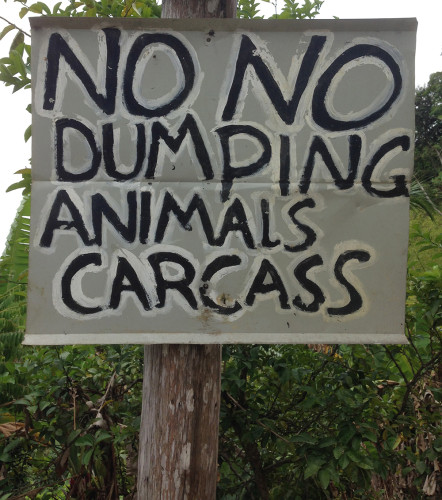
Trinidad is a former British colony and thus, English is the official language and nearly everyone in the tourism industry speaks it flawlessly. Go off the beaten path or listen when your hosts speak to one another, however, and it’ll become clear that what you hear is a slowed down and tidied up version of their own English-based Creole. In a linguistic system one part efficient and two parts indifferent, Creole strips its predecessor of many elements our ears have grown to appreciate, like “s” sounds and the breathy pauses between words. Numerous times I found myself concentrating intently on peoples’ mouths in an uncomfortable space where I both recognized my own language yet had no grasp on what was being communicated. And squinting harder didn’t help. Any glimmer of recognizable English was quickly dashed by a perplexing juggernaut of consonants and vowels. Even the phrases I understood were used in unfamiliar contexts: “Good Night” is an evening greeting in Trinidad, not the intimate farewell one says just before going to sleep. The pace of the language thankfully is formed by the tropical climate; phrases mellifluously follow one another off the tongue like a slowly poured rum punch. It was fun to drink in.
Rental Car Switcharoo
I booked a car on Travelocity through “Fox Rental Car” for our arrival in Trinidad. When we landed – at around 9pm after a full day of travel – we couldn’t find the Fox Rental Car kiosk. Avis, Alamo, Budget, and Thrifty were all present; Fox was nowhere to be seen. Even the tourist information center was closed. Thankfully, the gentleman at the cab stand agreed to use his personal phone to call the number on our email reservation. An enthusiastic voice on the other line said that he’d be there within 20 minutes. Nearly an hour later, a young man clad in blue jeans, a black shirt and flip-flops showed up with a laptop case and clipboard—none of it branded “Fox.” I passed a glance at the paperwork and noticed a different name entirely: “Xtra Car Lease.” The logo looked to be a product of Microsoft Clipart to my incredulous eyes. After some cautious prodding—but before he ran my credit card on his portable reader—we learned that Fox contracts with his company to provide cars in countries where they don’t have offices. Most Americans would be unsettled by this lack of transparency, but my need for a pillow overruled my skepticism. We swiped my credit card, checked for damage, shook hands and took off for the mountains in our dramatically underpowered Nissan.
Zip-tied Hubcaps
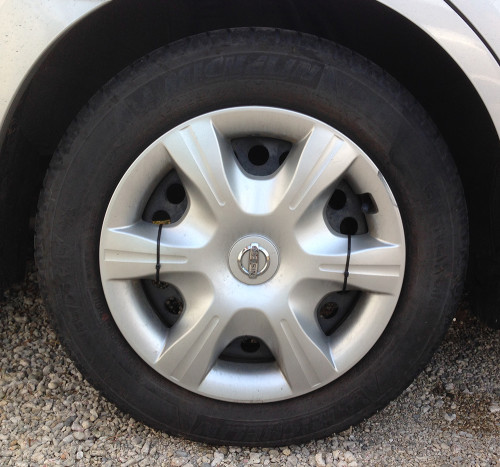
Let me be perfectly clear: there aren’t many problems in life that can’t be solved with duct tape, zip-ties, SuperGlue or a combination of all three. I had just never seen Zip-Ties used so blatantly on a car. Personally, I appreciate the ingenuity of using plastic fasteners to keep the hub caps attached to the vehicle. Americans, who aren’t used to driving on the other side of the road, may be unwittingly prone to clip curbs, thus liberating the car of any disk-shaped pieces of plastic located at the point of contact (ask my dad about Australia in 1998). It does, however, raise concerns about how issues with other, perhaps more important, parts of the car were fixed. For me, it was a nice accent piece. And damned if we didn’t return the car with all four hubcaps still attached.
“When will we know if the 4:25 flight is delayed?”
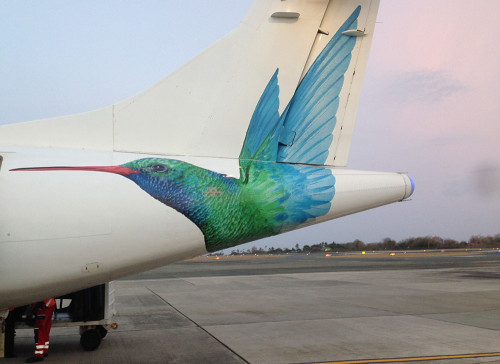
After spending two beautiful days exploring Tobago, Trinidad’s accompanying island to the north, we arrived back at the capital city, Scarlborough, for our return flight. The airport is small but there are flights between the two islands every thirty minutes. We were informed upon our arrival that our flight, which left in about an hour and a half, would likely be delayed. Apparently a mechanical issue earlier in the day had had a cascading effect on all scheduled flights. But the Caribbean Airlines employee suggested that we stay nearby because they may be back on track by the time our flight was scheduled.
One look to the flight status board stated that the 4:25 flight was on time, so we went across the street to seek much-needed air-conditioning in the airport café. Flight updates were projected over the café’s loudspeaker, but if there’s anything that can make English-based creole less intelligible to American ears, it’s amplifying it through a speaker beaten down by time, salty air and humidity.
At about 3:50, less than thirty minutes before our flight was to take off, I left the cool confines of the café to check the flight status: “ON TIME.”
To verify, I waited in the growing queue to speak to a representative.
“Excuse me, is the 4:25pm flight still delayed?”
“We don’t know yet.”
“OK, when will you know?”
“4:26.”
I scanned her face, waiting for a hint of humor. No, she was serious: the flight won’t officially be delayed until after it was scheduled to take off. I thanked Captain Obvious and walked back to the café.
In the end, our twenty-minute flight was delayed over two hours. We were late again to pick up our rental car from Xtra Car Lease.
Dangling Power Lines
Even if these were well insulated as to not cause any harm from electrocution, there are very few instances where one has to navigate around powerlines during a normal day. If you do, you have bigger issues to worry about.
Road Conditions, No Bull
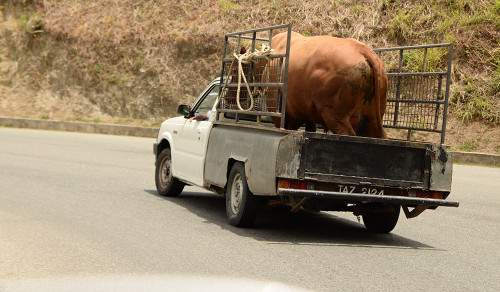
There are some beautiful windy mountain roads on both Trinidad and Tobago: lush foliage, isolated streams and impressive vistas. Due to the conditions of the road, however, the passenger was the only one who could enjoy them. Massive potholes, large piles of gravel, stopped cars, and veering oncoming traffic—all in a country with the lowest “warning sign to blind corner” ratio I’ve ever encountered—meant that the driver couldn’t ever take their eyes off the road. And sometimes the eyes of both the driver and passenger are affixed on the road, specifically on the massive bull in the compact pick-up truck ahead of them.
The “No Wave”
Most who know me know that I am fairly even-tempered. But one thing that gets me really fired up is when drivers do not wave when you obviously took precious time out of your day to let them pass. Clearly, the ten seconds it takes me to back up my car is worth the 0.000015 calories required for you to lift your finger off the steering wheel to show your appreciation. Interestingly, Trinidadians do not wave to one another while driving, or at least not to us. Perhaps it’s a national referendum to save energy considering the number of blind corners and narrow passages exist in this country; drivers’ hands would spend too much time away from the wheel.
“Chicken Lane”
Just outside of Trinidad’s capital, Port of Spain, we encountered a five-lane road where the center lane was dedicated to whomever was using it. It didn’t matter which direction you were going: if you were there, it was yours. It wasn’t a turn lane. People were driving down at the same speed of traffic, and the direction of cars on this lane changed from block to block.
Customer Service
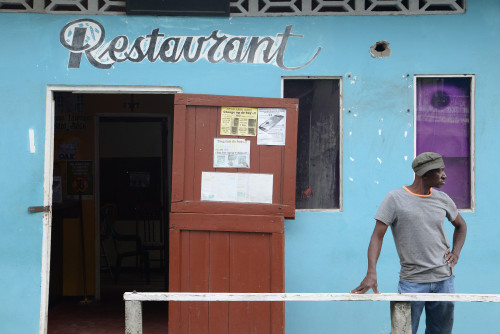
It could be us, but we never really encountered any “service with a smile” while in Trinidad and Tobago. We certainly don’t have high expectations and while I’m “lactose unpleasant” and Toby has a wheat allergy, we are generally low maintenance and affable. We certainly never found any bubbly personalities in the service sector. Transactions were helpful but very, um… transactional. While it was approaching closing time, Toby’s request for a piña colada at a restaurant was met with an overt eye-roll from our waitress as she walked away, to the extent where we didn’t actually know if she’d return with the drink (she did, it was delicious). She wasn’t exactly overjoyed with my request for a double rum, neat; a drink, need I remind you, that is the simplest to prepare (tilt bottle over glass) and offers the highest profit margin of anything in the restaurant. It was a challenge for us to break our waiters and waitresses with our charm and wit, and it was one we accepted with aplomb. As for our piña colada waitress, we had to wait until the following day to break her. She was way on the other side of the street but we would’ve see that precious smile a mile away.
But as long as the interaction – no matter how warm or cold – results with a rum drink in my hand, I won’t complain.
Sh-t that wouldn’t fly back home: Cuba Edition
I love to travel. Sure, I like trying new foods and immersing myself in cities already centuries old when my native Seattle was just unexplored frontier. But the main reason I keep reaching for my passport is to find experiences that stand in stark contrast with my normal day-to-day life back home, like puppets having sex on prime time TV or “edible” beetle larvae.
Sometimes you have to really look for these experiences (overly positive news anchors in Canada); other times they smack you in the face just as you step off the plane (India). Even though it lies only 90 miles from the US shoreline, I suspected that Cuba, as a country in many ways stuck in the middle of the 20th century, was replete with opportunities for me to be baffled, stunned and amazed.
I couldn’t wait.
During our six day tour of the country – primarily in Havana, with a couple days in Viñales – we encountered a nice list of “shit that just wouldn’t fly back home.” None of these observations are right nor wrong, just different. My tone, at times, can be a bit snarky, but most of it is directed at my own culture, and not that of my hosts.
“Slick’r than Snot” Tile Floors
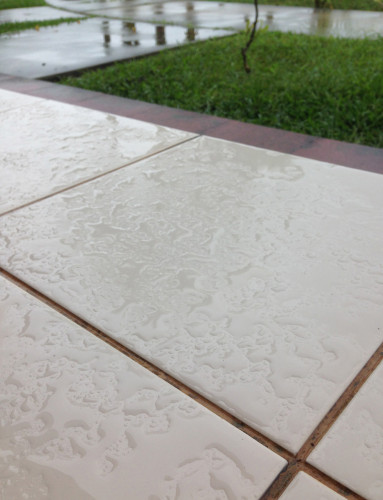
Cuba is a tropical island, therefore it rains. About four feet annually, in fact. So it’s reasonable to assume that people will enter homes or establishments with less-than-dry shoes, where they will almost certainly encounter tile floors. I have nothing against tile: they are great for repelling water and mud—easy to clean, to boot. When wet, however, tile floors provide as much traction as a lunch tray on an icy hillside. This would never “slide” in the U.S., where our cultural clumsiness is matched only by our propensity to sue the crap out of each other. If there’s a spill in Aisle 5 of a grocery store, managers will quarantine aisles 1 through 10 using CDC Level 5 protocols.
Our Cuban-owned hotel in Viñales apparently even waxed the tiles on our outdoor patios, perhaps so when traction is lost, the enhanced momentum would carry the victim past the single step – and its sharp, neck-breaking edge – to land on the soft grass beyond. In the event of a fall, I maintained an optimized “blood-to-rum” ratio to soften the impact.
No “Yellow Line”
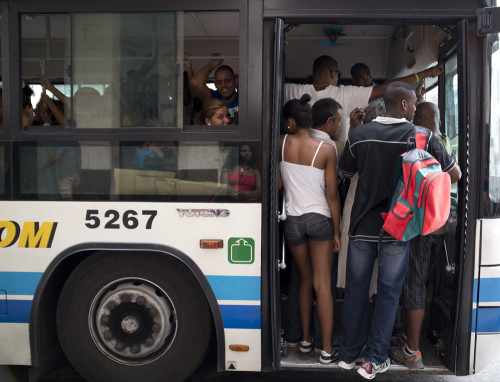
If you taken the bus in the US, you’ve been yelled at for not standing behind the yellow line. It’s a fact of life. In Cuba, that space could easily fit a dozen people. In downtown Havana, I watched with amazement as a man – in order to fit behind a closing door – contorted himself and his backpack into positions not yet discovered by Bikram Choudhury. The door attempted to close, then was obstructed by the mans arm. He shifted then it was obstructed by his backpack. Shifted again only to be foiled by his foot. His other arm. His foot again. It took thirty seconds for the creaking doors of the Russian-made bus to finally close, wedging the commuter against the person next to him with enough vigor to warrant a restraining order in the U.S. At least the bus offered the same temperature and humidity of a Bikram yoga studio, for a fraction of the cost.
Lack of Emission Standards
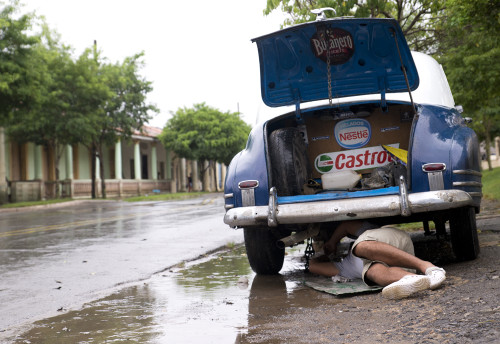
I’m a passionate environmentalist but I also love classic Detroit cars: vestiges of an era and culture not known for efficiency, even when properly maintained. Car owners in Cuba have been denied ready access to spare parts since the embargo, thus their cars are maintained with a fruitful mix of grit and ingenuity. The result is simply beautiful, and consumed most of my memory cards. Thankfully, they don’t have emission standards in Cuba, which would’ve removed these beautiful relics from the streets years ago.
The weekends and summer vacations of my childhood were spent in my parents 1982 Volkswagen Westfalia camper van, watching the roadside of the western United States whiz by my backseat window. Many of my dad’s weekends, however, were spent underneath the van, especially as the annual emissions test drew near. (And, most likely, a few weekends following the first, failed test). In Japan, if absolutely anything on your car is not performing optimally, it must be fixed or replaced before it is allowed on the street for another year.
Stand on a corner in downtown Havana and it’ll become quite clear, to your eyes and nose, that these restrictions have not penetrated Cuba’s borders. But one look at a Fairlane or Edsel and you simply won’t care.
Hitchhiking
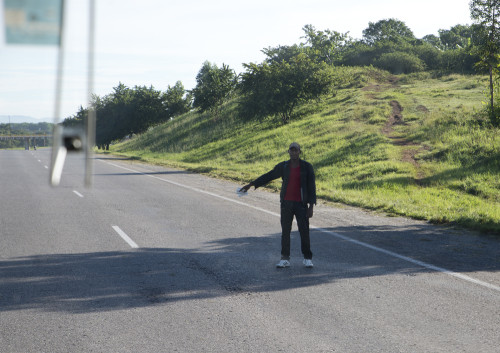
In the US, the legality of hitchhiking varies from state to state. It is, however, illegal to hitchhike on an interstate highway. While we drove down the impressively smooth Autopista Este-Oeste highway from Havana to Viñales, I was blown away by the number of people blatantly waiting for rides. Literally on the highway. Our bus driver would often have to swerve into the fast lane to avoid hitting people, who lurked in the shadows of overpasses to avoid the sun. It’s an efficient way to get places in a country that lacks transportation infrastructure and where owning a car is expensive. It just wouldn’t fly in the US, where you can’t even park on the shoulder without being pestered by highway patrol within minutes.
Gas Prices
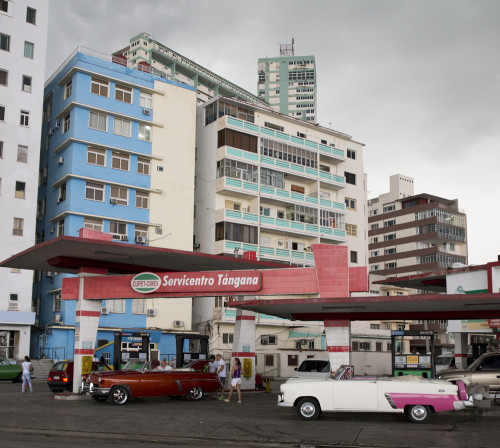
Venezuela is Cuba’s largest provider of oil, supplying 60% of the island’s demand (Cuba, in exchange, sent 30,000 doctors to Venezuela – source). Venezuela is also famous for having the cheapest gas in the world: $0.06/gallon (source). The fact that Venezuela supplies such cheap oil to Cuba almost guarantees that these Detroit relics would enjoy subsidized gas prices.
Nope. Gas is nearly $6/gallon in Cuba. If you even find a car available for sale in Cuba, and can afford the asking price (think supply/demand curve), you then have to be able afford to fill it up.
And, courtesy of restrictions put in place by both the Cuban and U.S. governments, this isn’t exactly an island of Priuses.
Glacial Internet
The internet in Cuba is tightly controlled to prevent the free exchange of ideas. But it isn’t just expensive, it’s based on infrastructure that’s decades old.
Terms like “dial-up” and “56k” don’t resonate with today’s youth. They can’t relate to the rhythmic, robotic sound of a computer dialing a god-damned phone number and, after waiting 15 seconds for a connection, which often failed, only to watch it struggle to pull down text emails so slowly that you’d watch, with great anticipation, visual bars that tracked its progress.
Remember that? That’s Internet access in Cuba. And even that isn’t readily accessible.
Journalists get 120 hours of free internet access a month. Many sell a portion of their access on the black market to help supplement their monthly salaries. I met a gentlemen who purchases 40-60 hours of internet access a month, for 3 CUC/hour* (about US$3.39). This monthly transaction was the equivalent to six months salary for the average government worker.
Thus, internet access is very much a luxury. And don’t forget it’s slow, like “frozen molasses” slow: loading Facebook takes 25 minutes on his computer and a one megabyte file – roughly half the size of a picture taken with an iPhone – takes two hours to download. In the U.S., where a frozen Facebook video is grounds to throw your $600 smartphone against a wall, this would simply not fly.
Internet is available to tourists in nicer hotels, and the situation will only improve. Just two months after our trip, President Obama announced the normalization of relations with Cuba. Within weeks, NetFlix and AirBnB announced their plans to enter the thawing market.
I used our six-day trip as an excuse to unplug; it was delightful.
Immigration Coffee Break
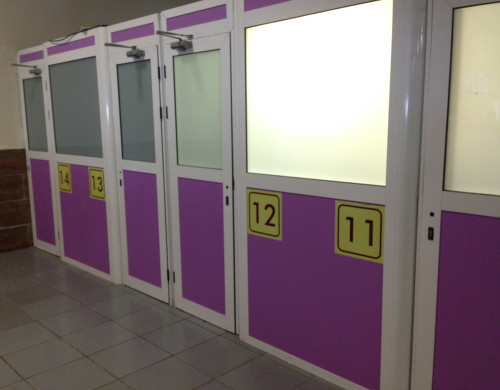
No one ever has a pleasant time going through immigrations and passport control. If you do, you have some sort of weird “I enjoy skeptical stares from strangers” fetish. I think my best experiences in immigration could be described as “frosty.” (This is especially the case returning to the U.S.). But, like removing one’s shoes in security, it just becomes a part of the adventure of travel.
I had an easy time entering Cuba. But, on our exit, our experience was a little different: the lines at passport control suddenly stopped moving. The doors closed. Officials moved briskly in front of the closed doors, purposefully avoiding eye contact with the twenty or so people still waiting in line. It took fifteen minutes for the lines to open again, as inexplicably as they’d closed. Apparently, the agents simply went on break.
If this had happened in the U.S. – where the stresses of travel reduce Americans into monsters with the self-entitlement of a toddler, the patience of a New York cabbie in rush hour, and the moral depravity of J. Dahlmer – these agents would’ve returned to a crime scene: a landscape strewn with torches, torn tropical shirts, and warring factions whose faces were smeared with the blood of their victims.
Homeless Dogs and Cats with Name-tags
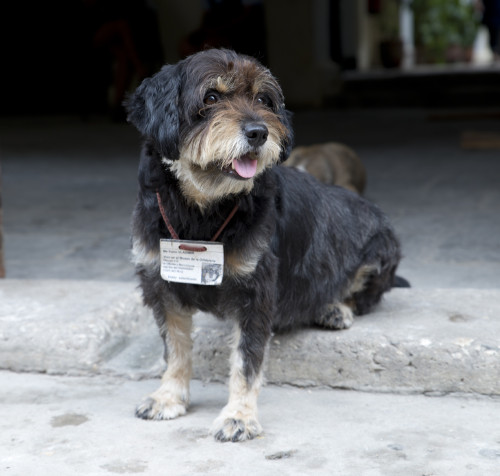
We ran across several dogs in old Havana donning name tags that advertises that they are owned and cared for, which apparently prevents them from getting swept up by animal control. We have this in the U.S., obviously, but you got to admit that it’s pretty damn cute. It almost looks like he has a handmade keycard lanyard and works at Amazon.
Beer Desert
I only saw two types of beer during our six day tour of the island, both of which were comparable to American macrobrew in look and taste (though, after a long day in the sun, any liquid under 98.6º is refreshing). If a restaurant in Seattle even attempted to open with only two beers on draught – and macrobrews at that – the establishment would be torched by an hirsute, flannel-clad cadre of lumbersexuals before the first pint was poured.
After my second mojito or Cuba Libre, however, I no longer cared.
Entering through the ass-end of the plane
I’ve flown a lot, but entering an airplane through stairs in the very back of the plane was new. (Envision a plane that crapped a staircase). It would’ve been unremarkable were it not for the fact that a line had formed … directly behind the idling engines. I wouldn’t describe either the 100+ decibel whine of a turbine engine or the accompanying exhaust as “delicate on the senses.” And I always enjoy boarding a flight already with a feeling of nausea deeply-seated in my gut.
“Convertible Cuban Pesos” (pronounced “kooks”) is one of two currencies in Cuba, created specifically for the tourism industry. The exchange rate is officially 1 CUC = US$1, but tourists endure a penalty and tax when exchanging, thus 0.87 CUC = US$1.
The Cars of Cuba
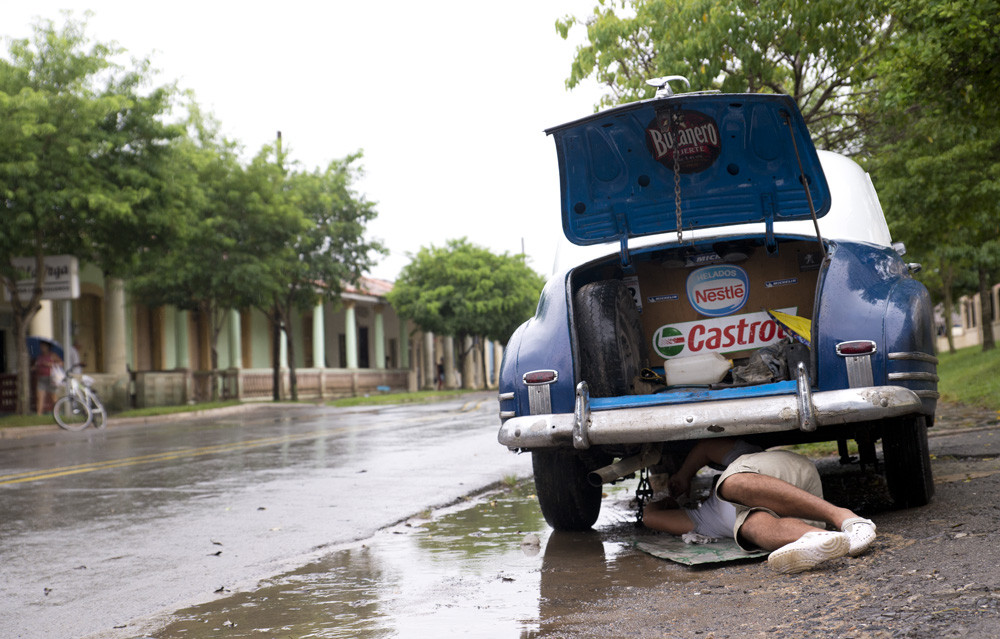
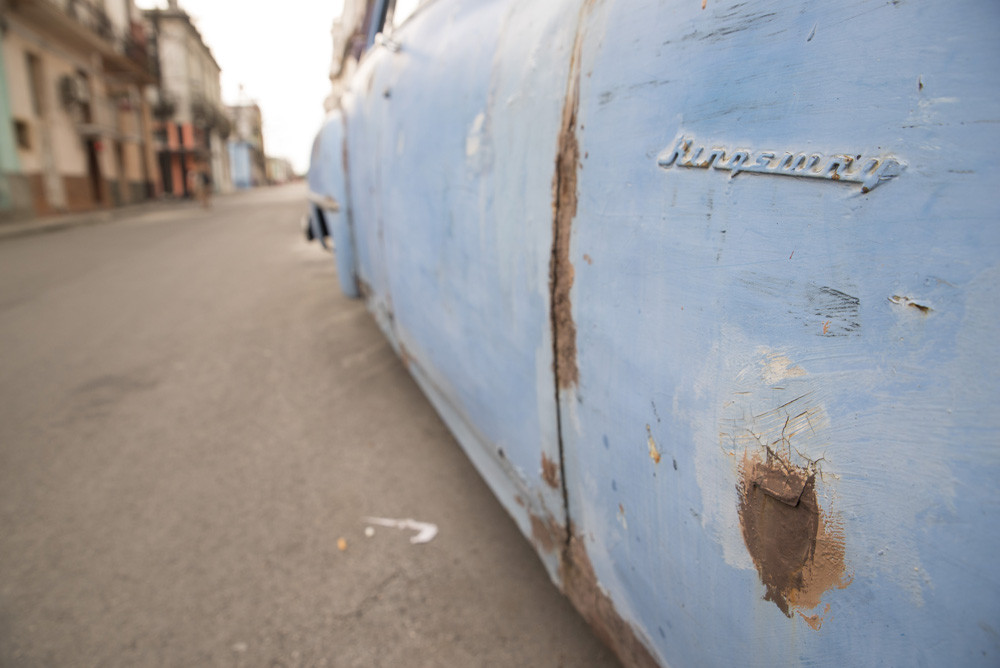
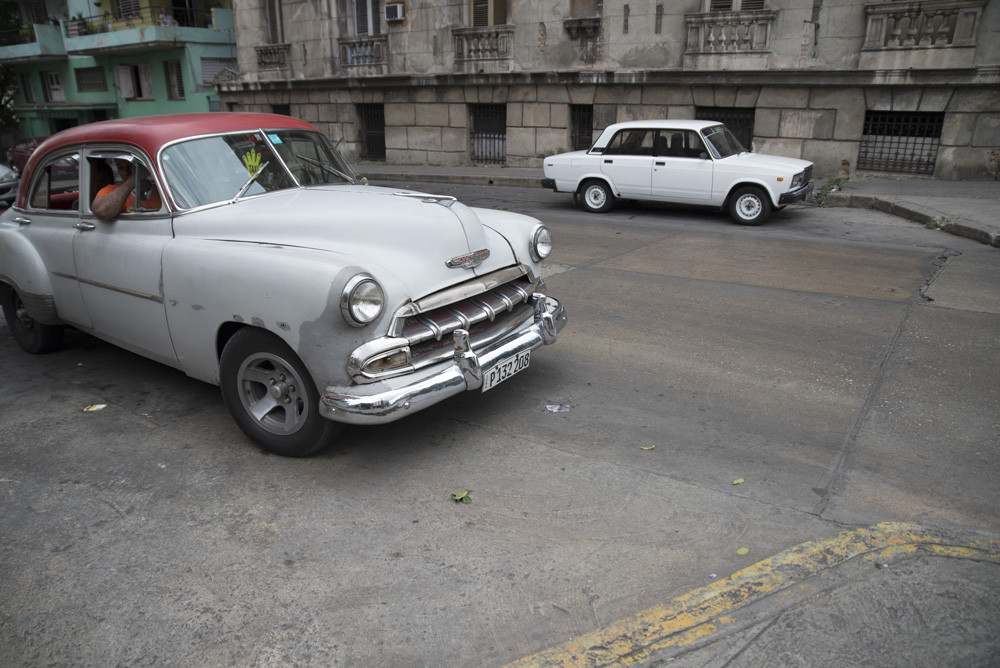
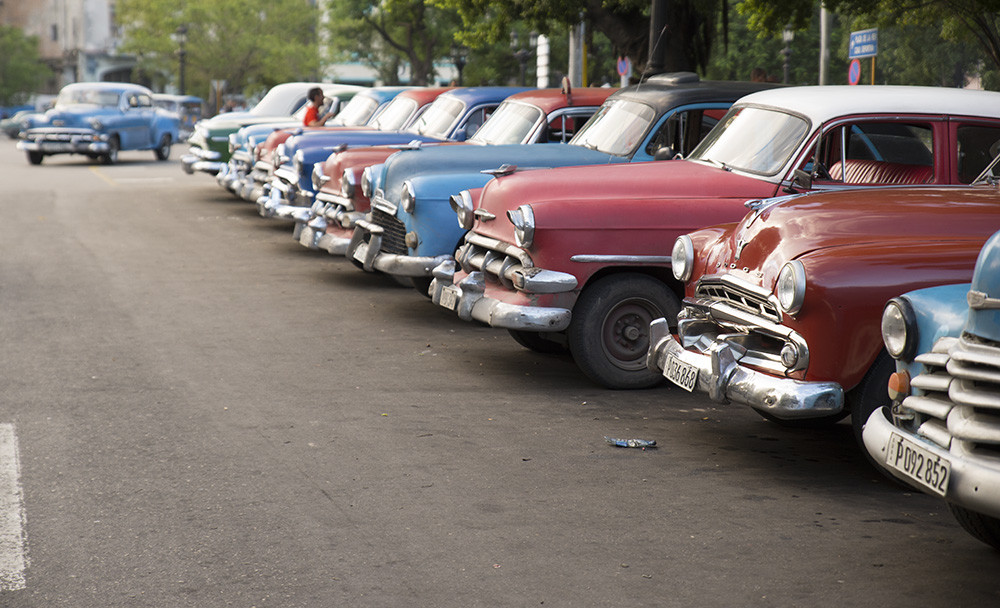
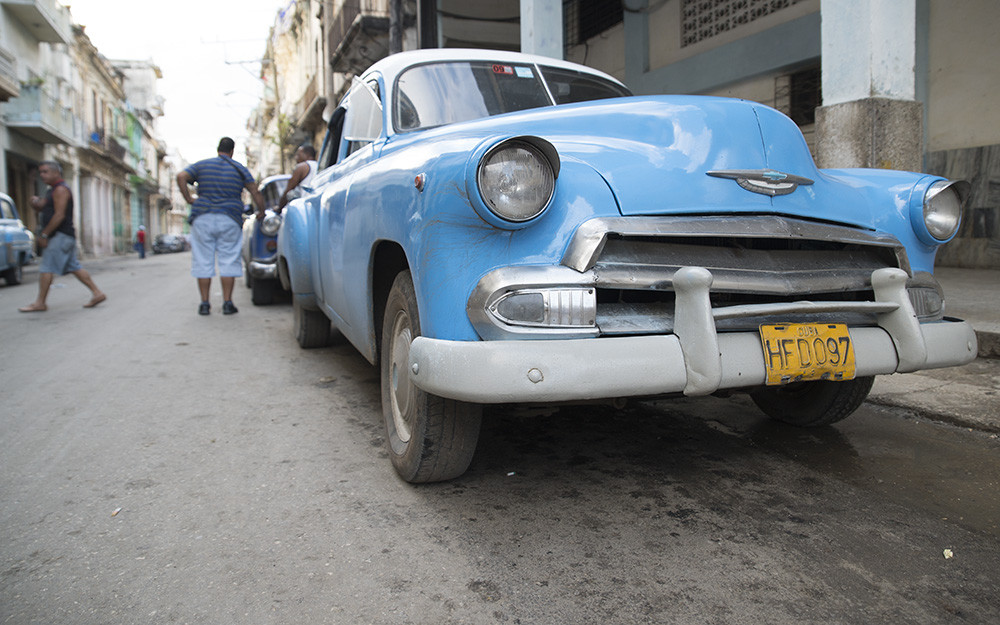
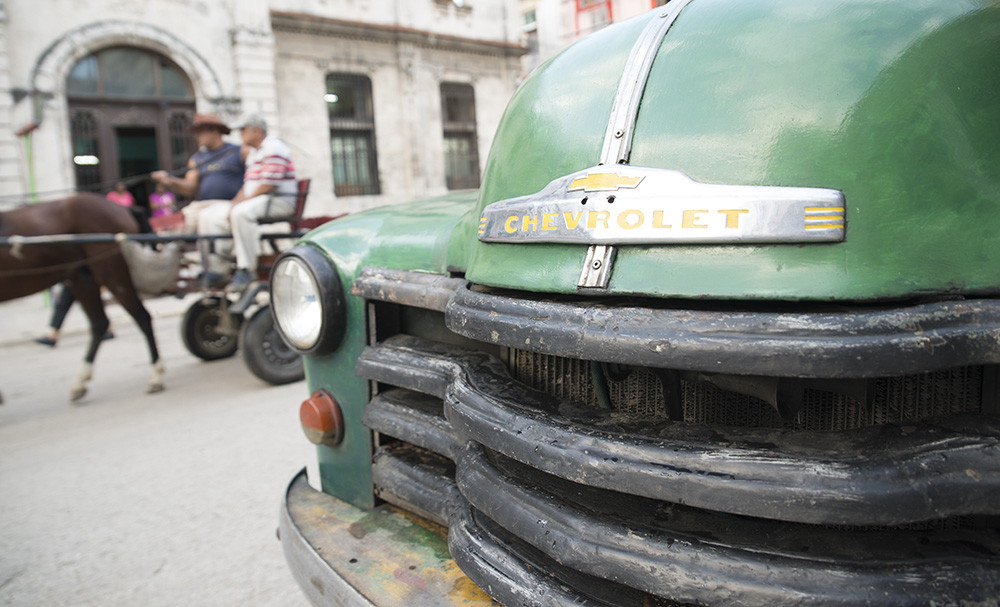
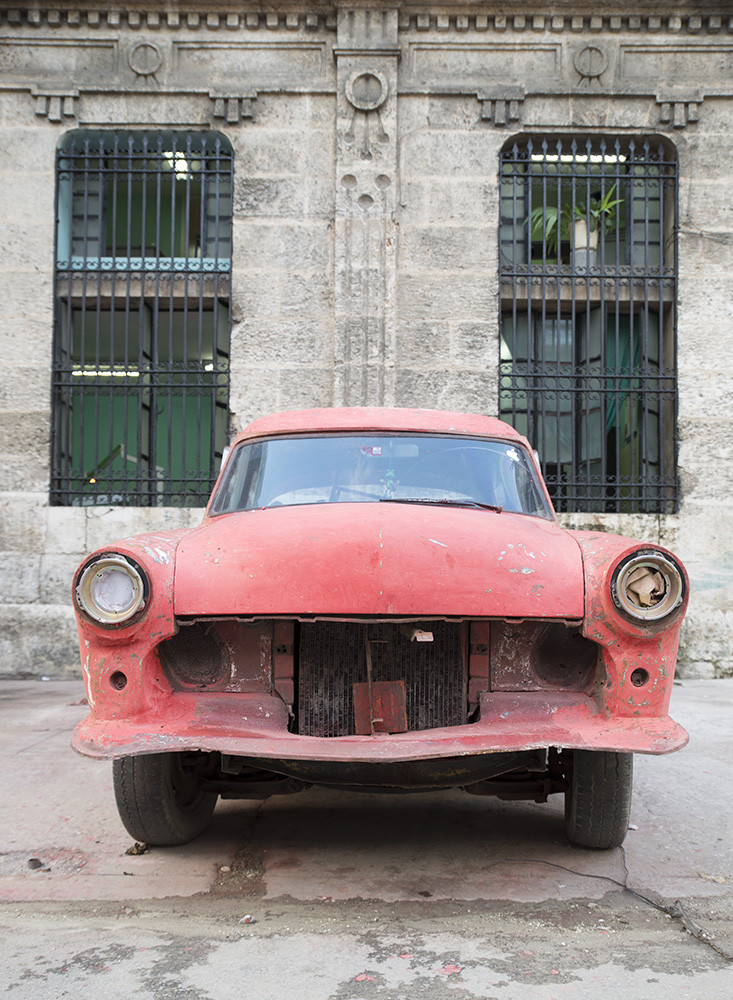
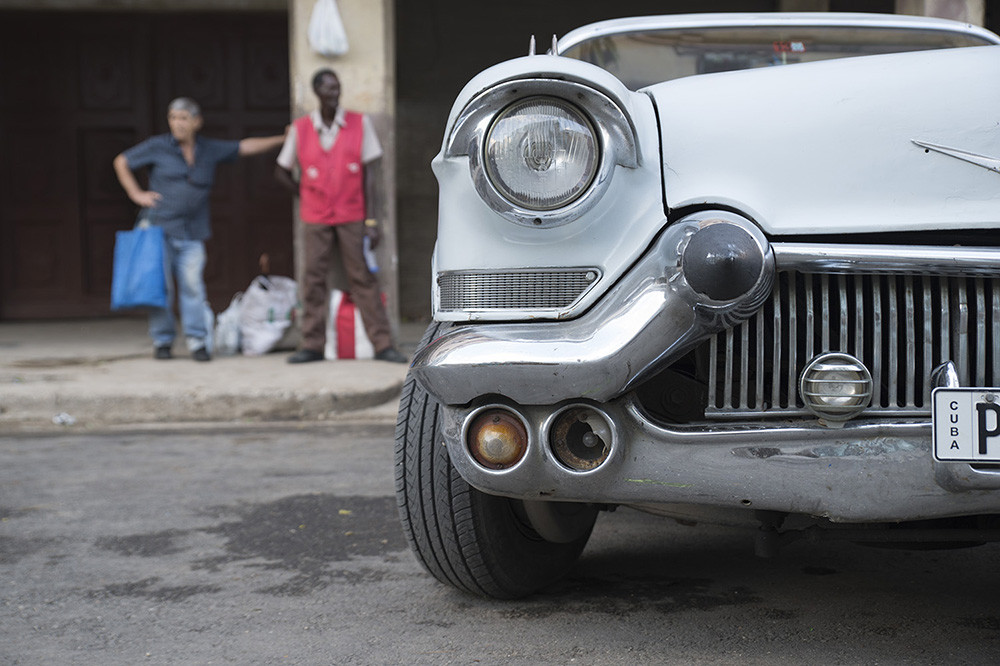
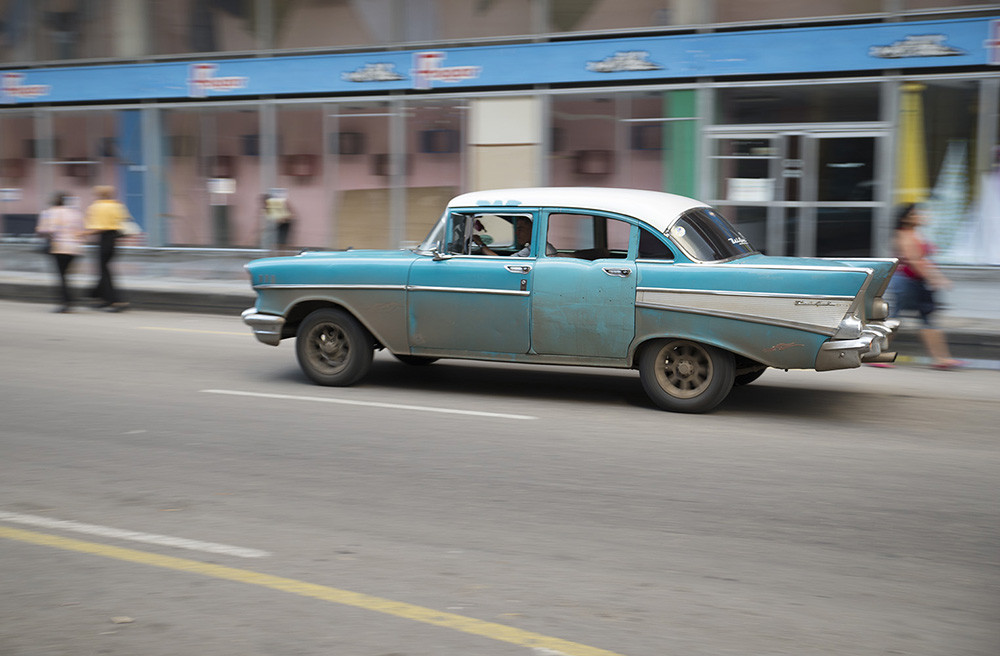
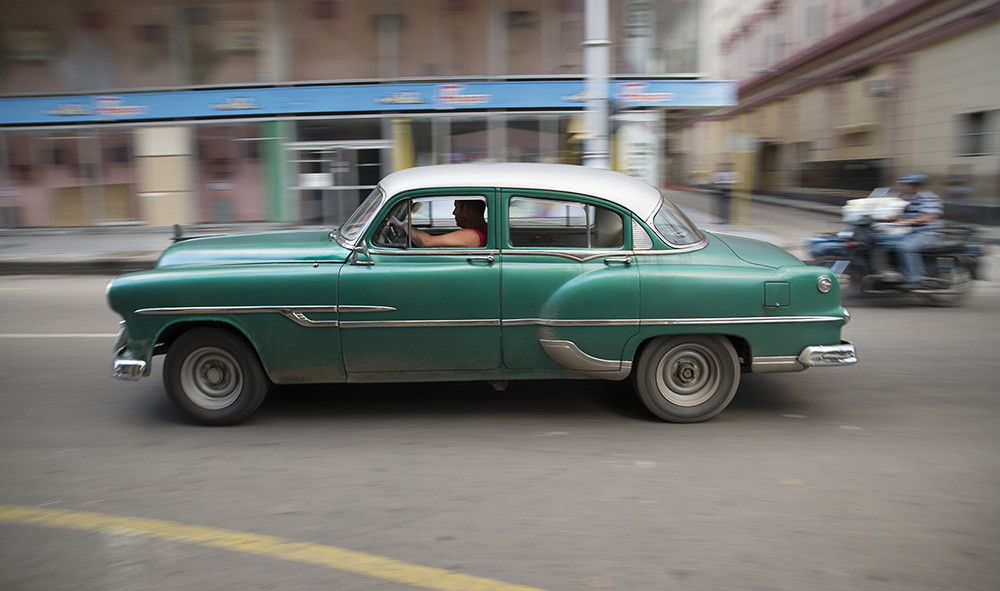
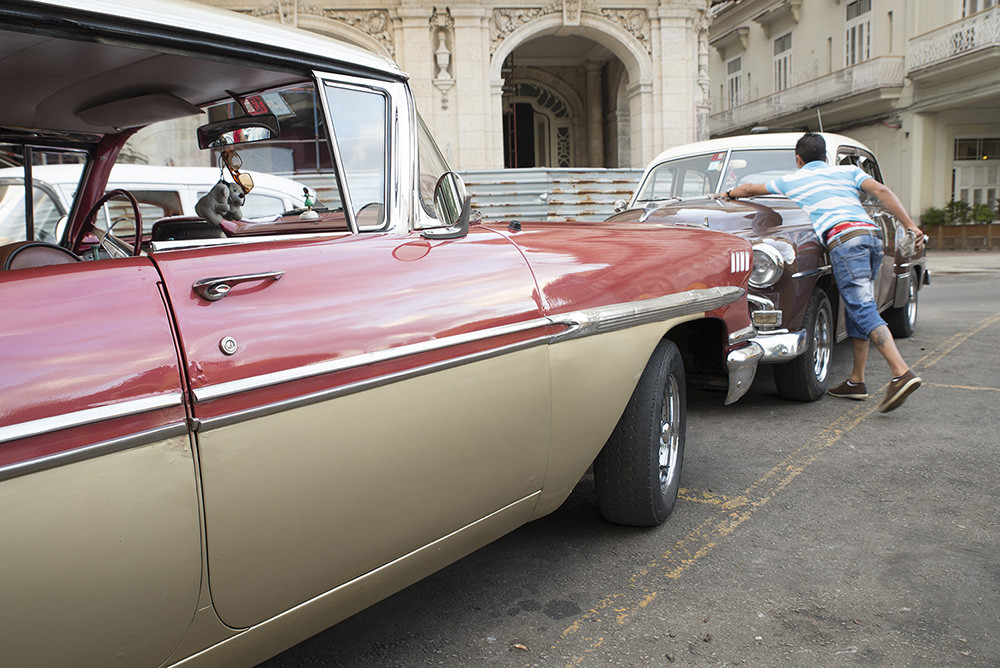
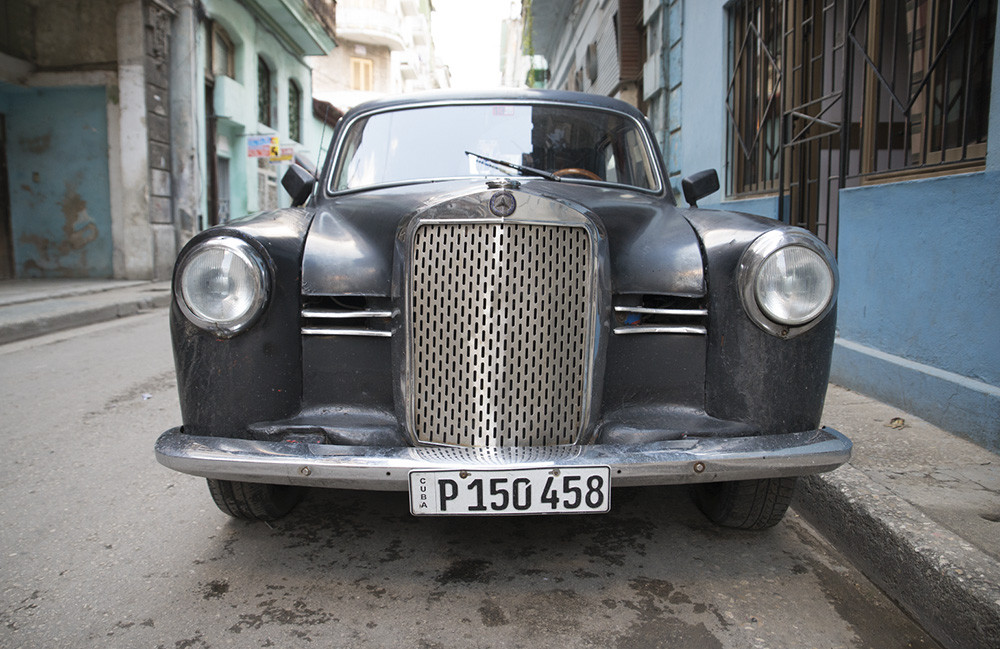
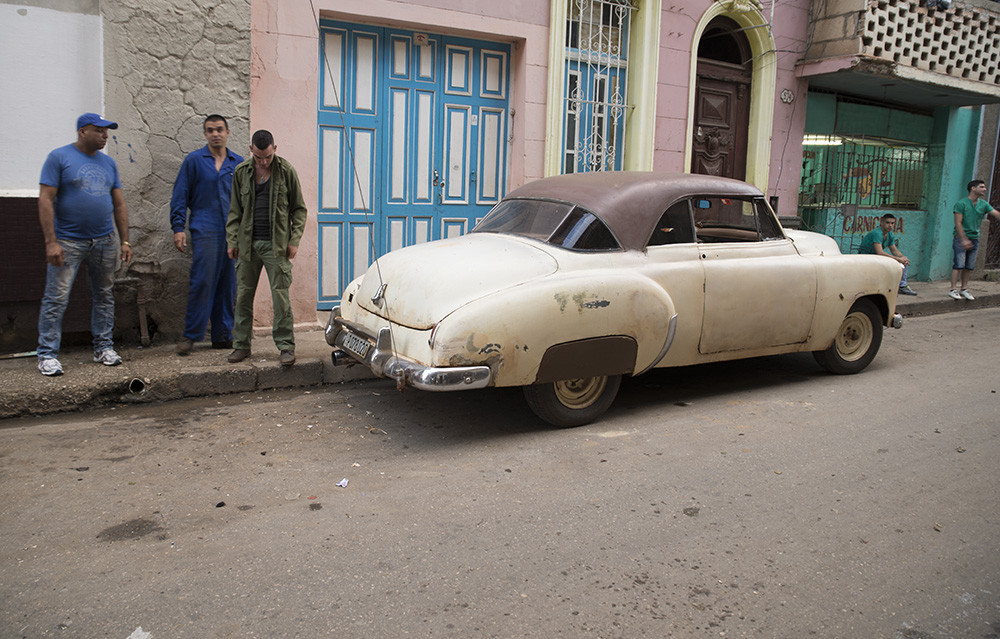
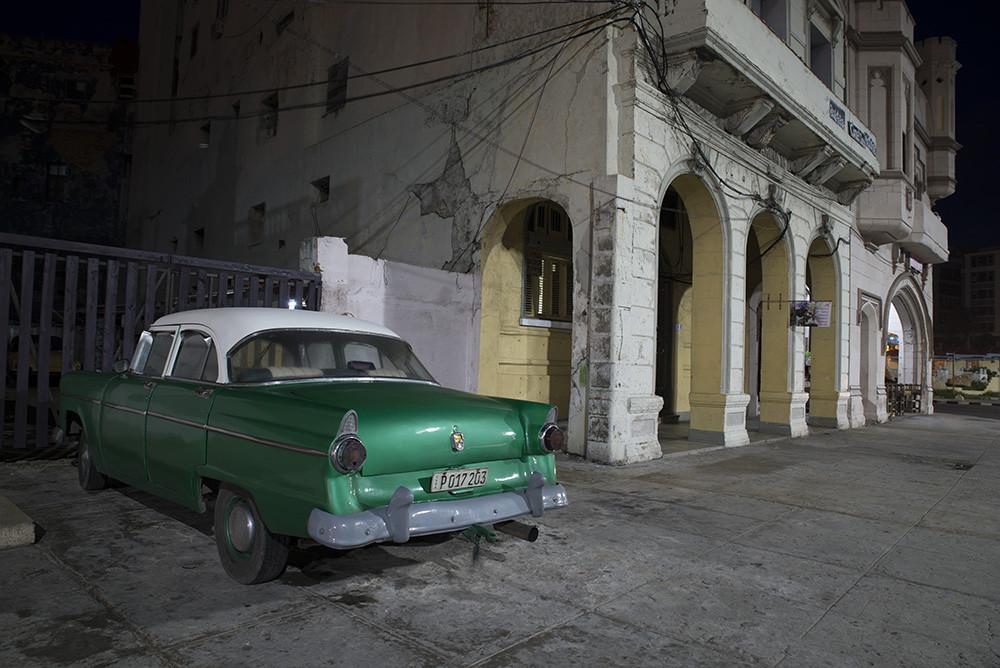
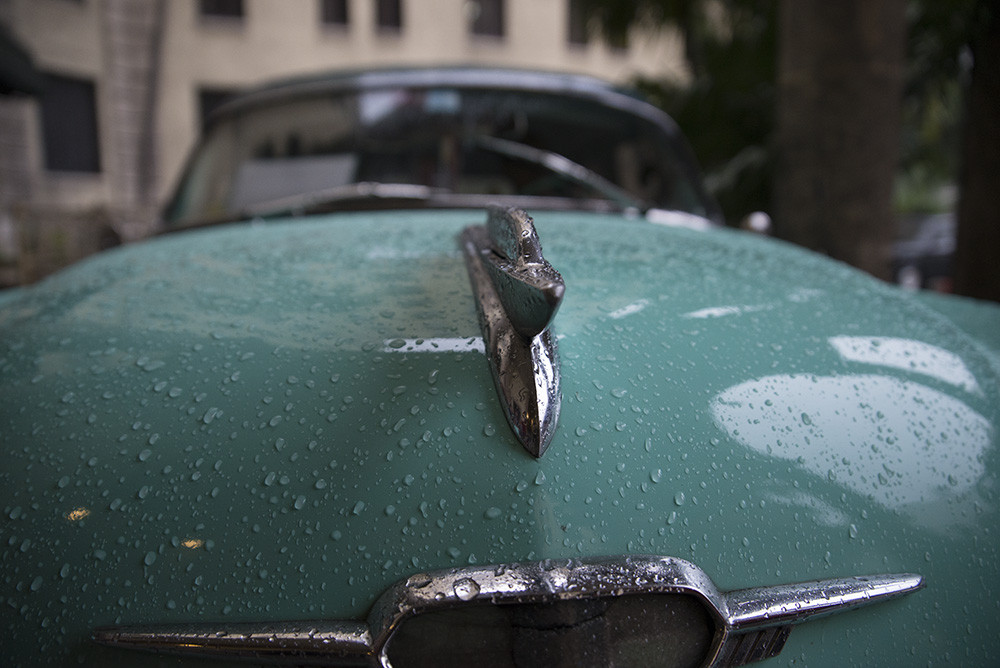
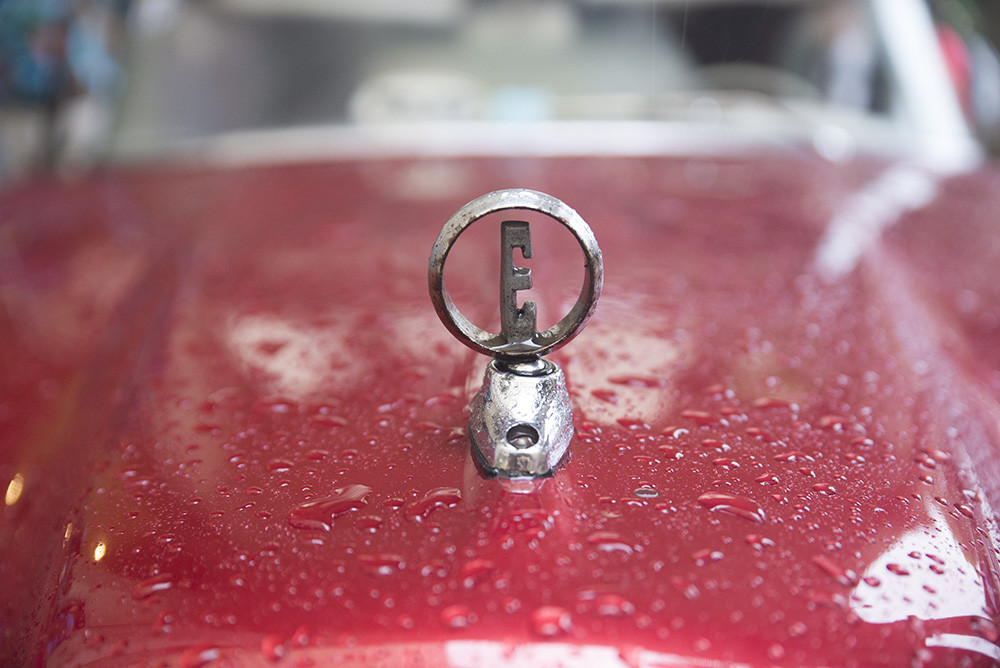
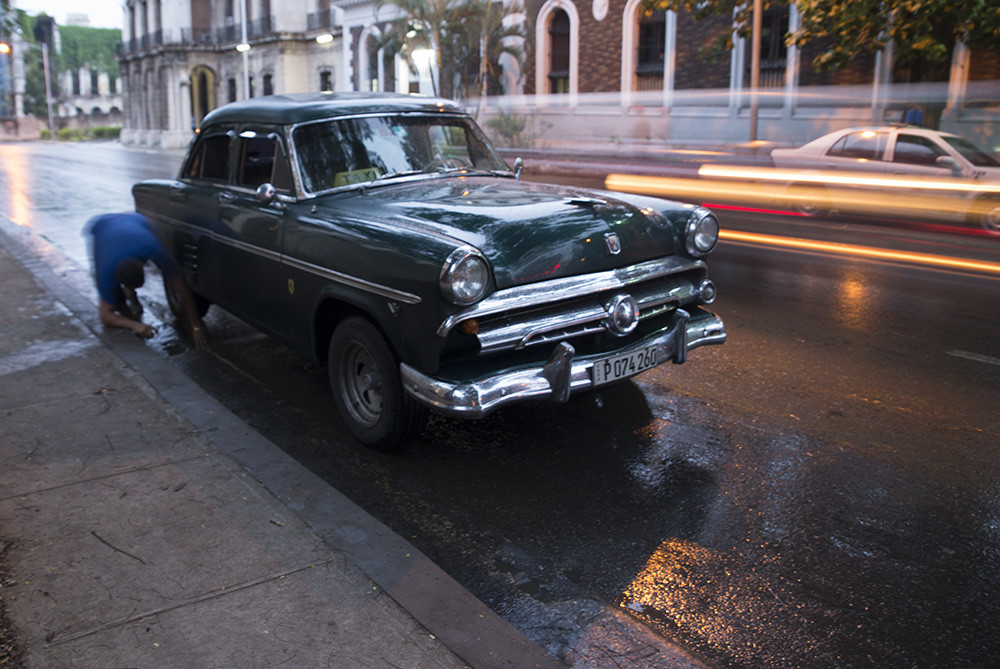
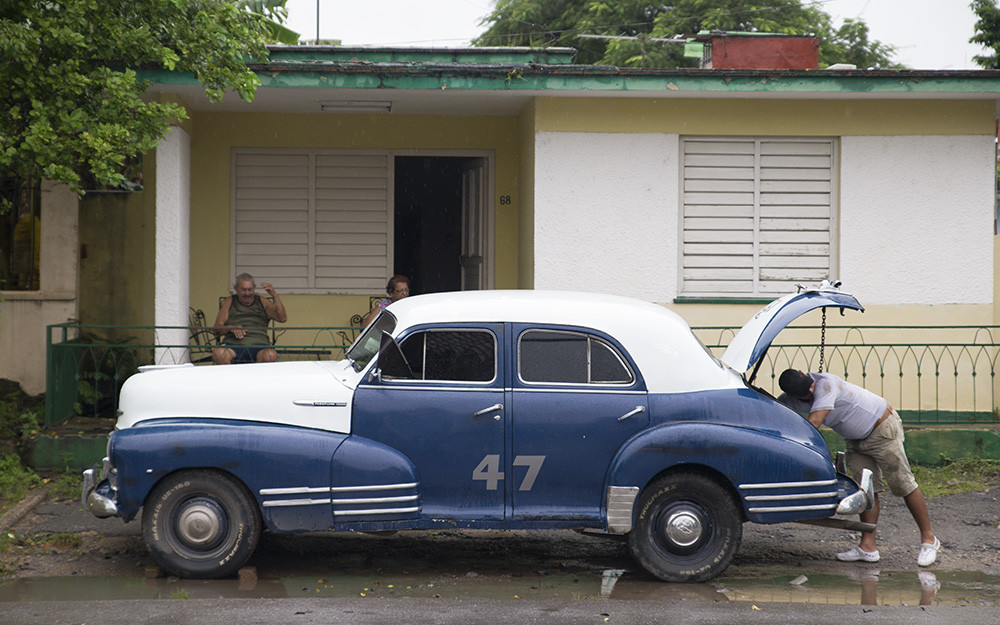
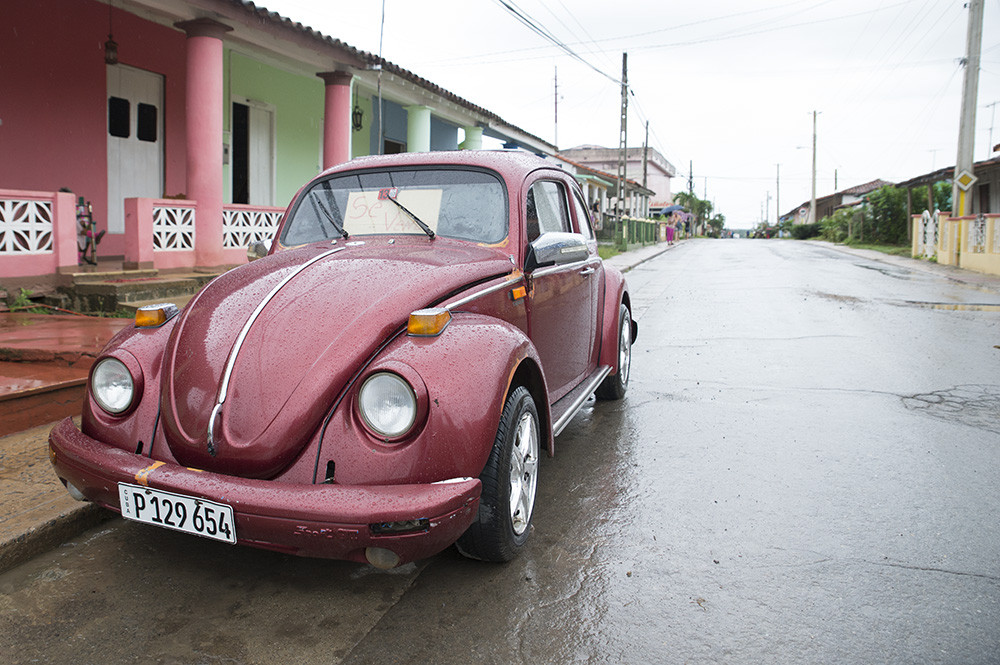
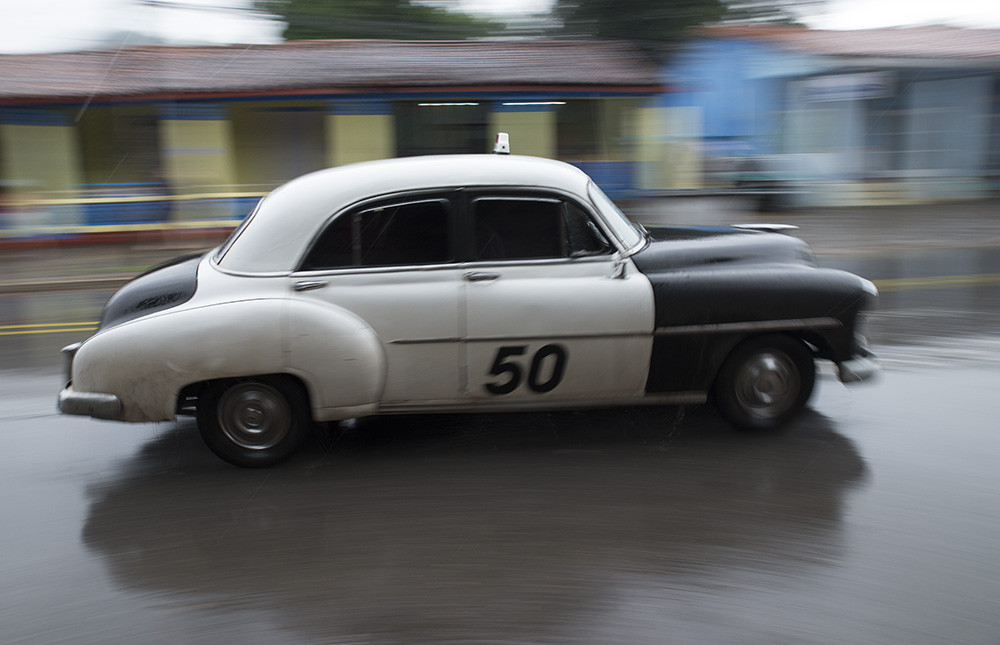
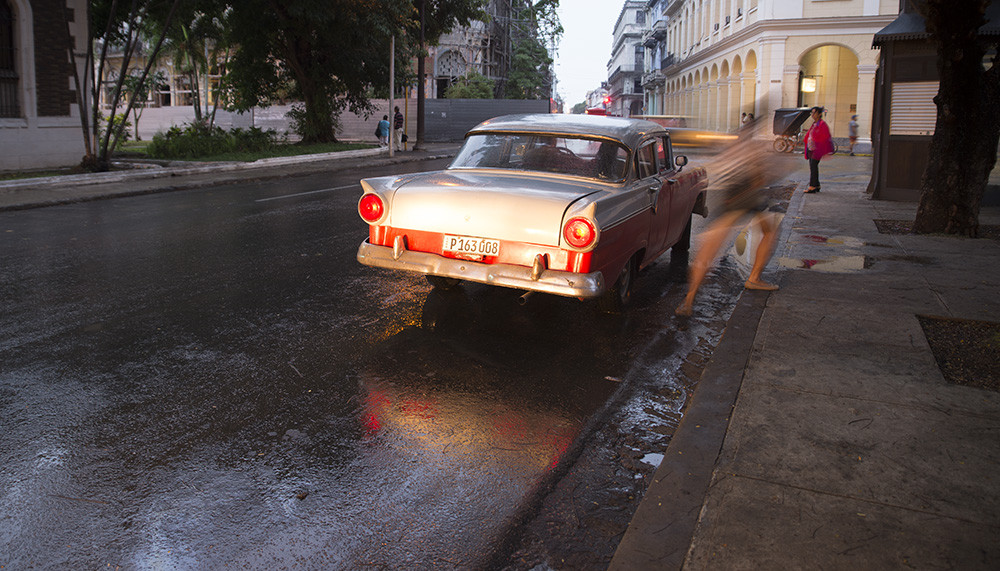
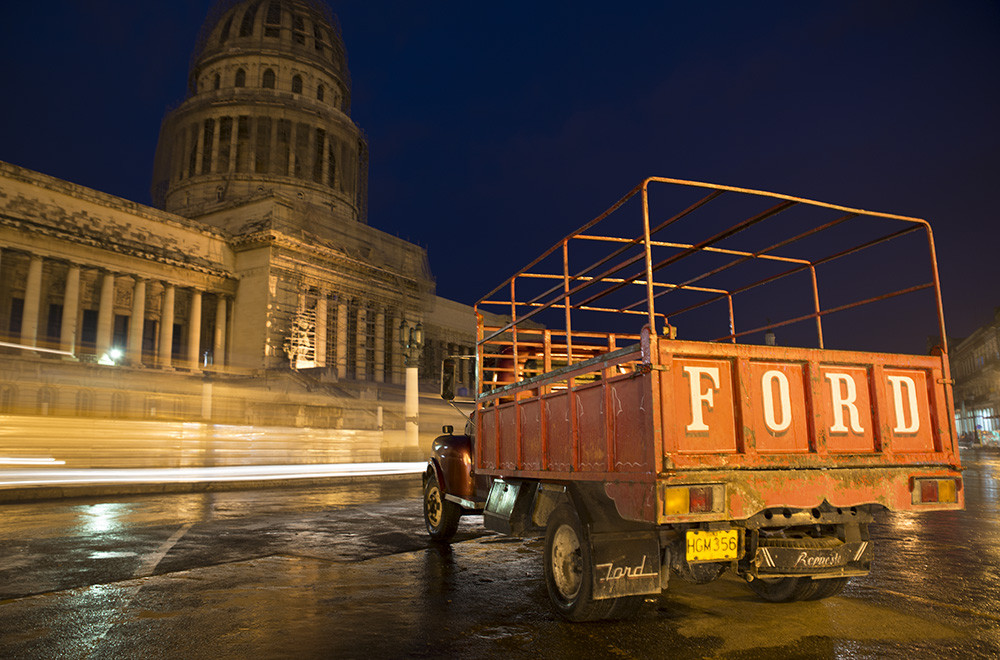
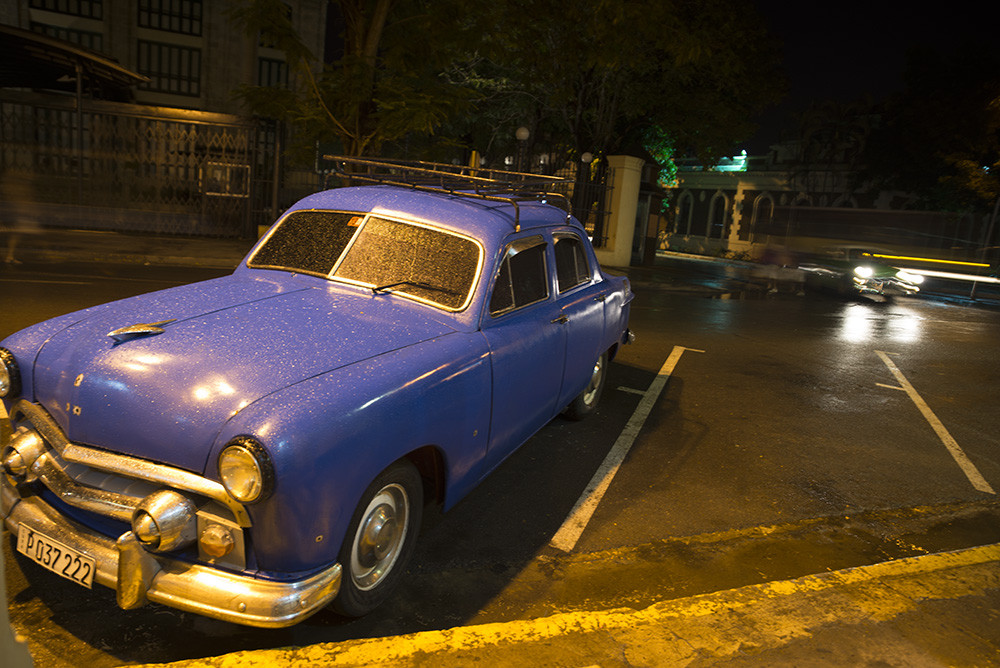
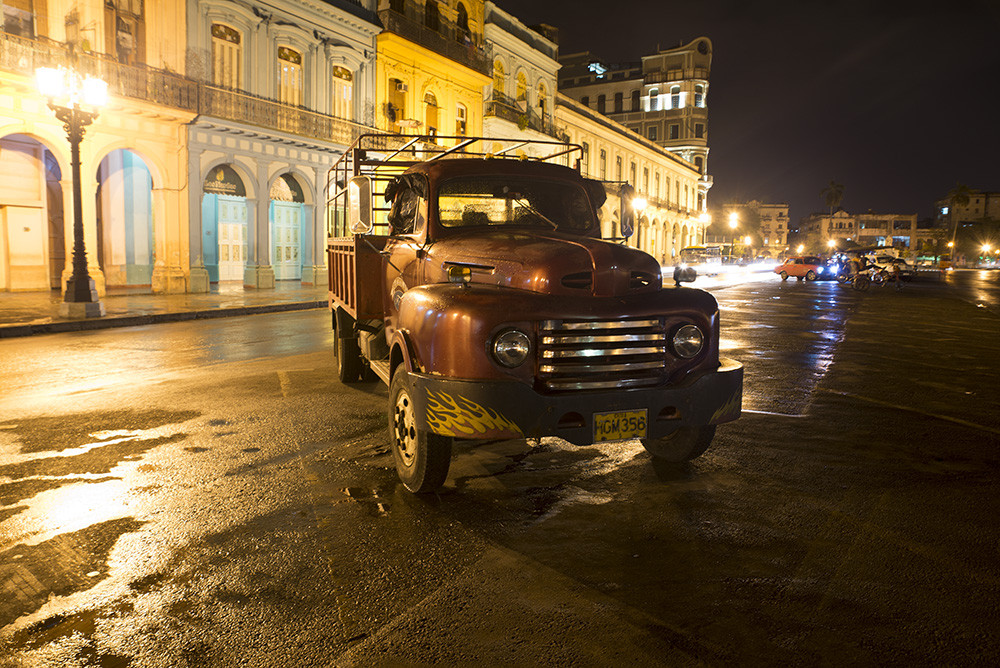
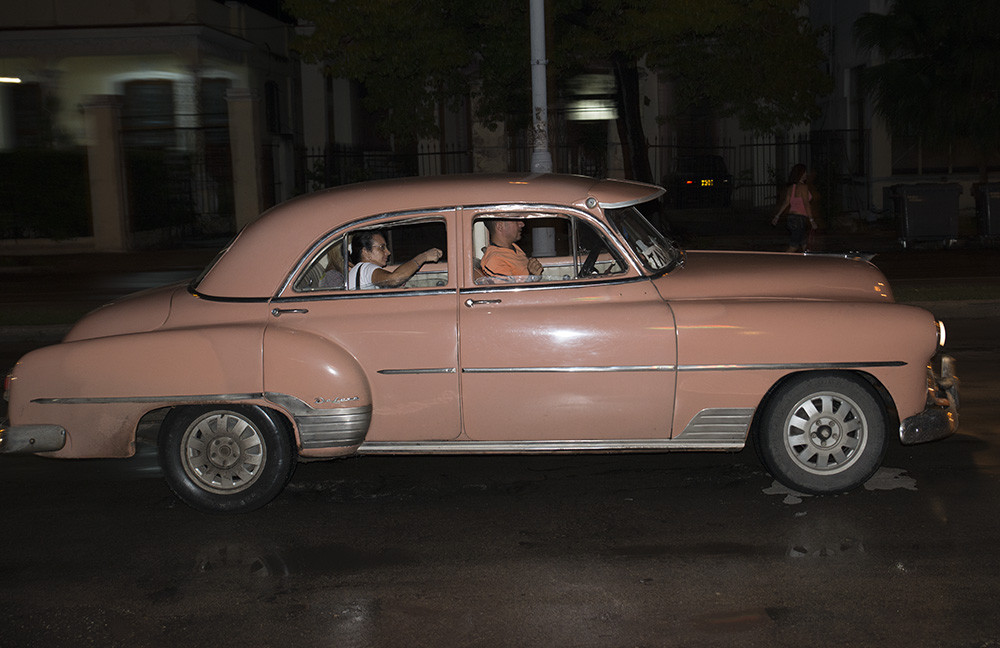
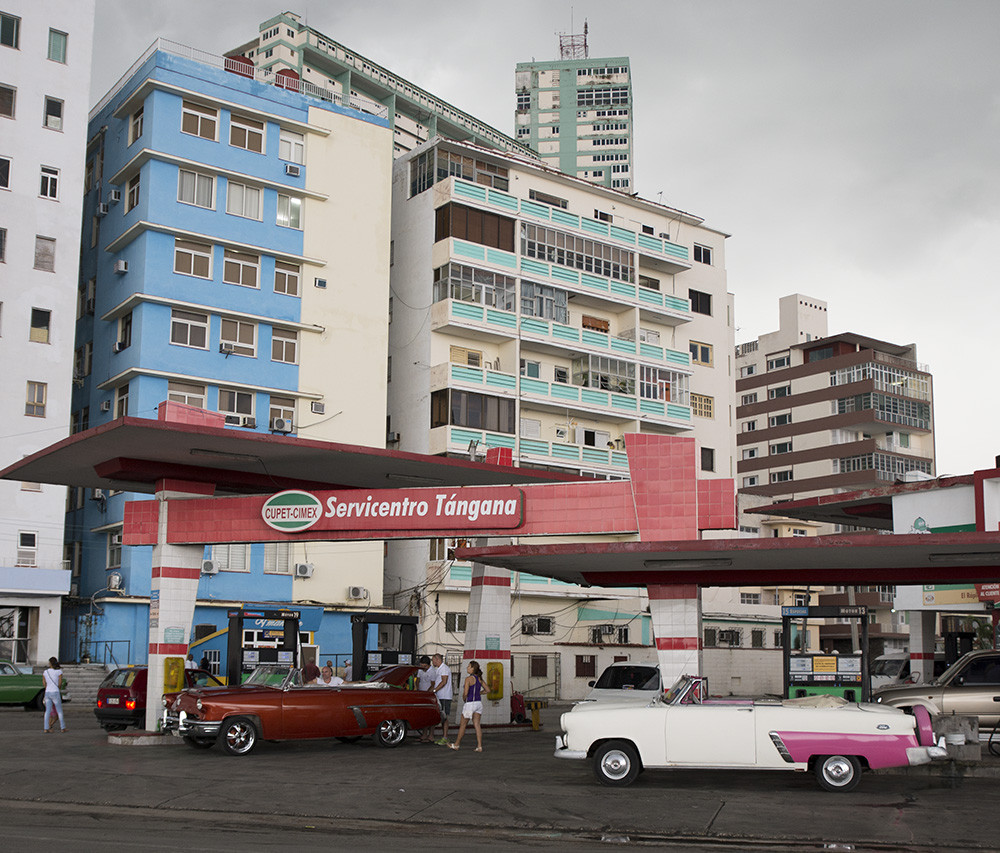
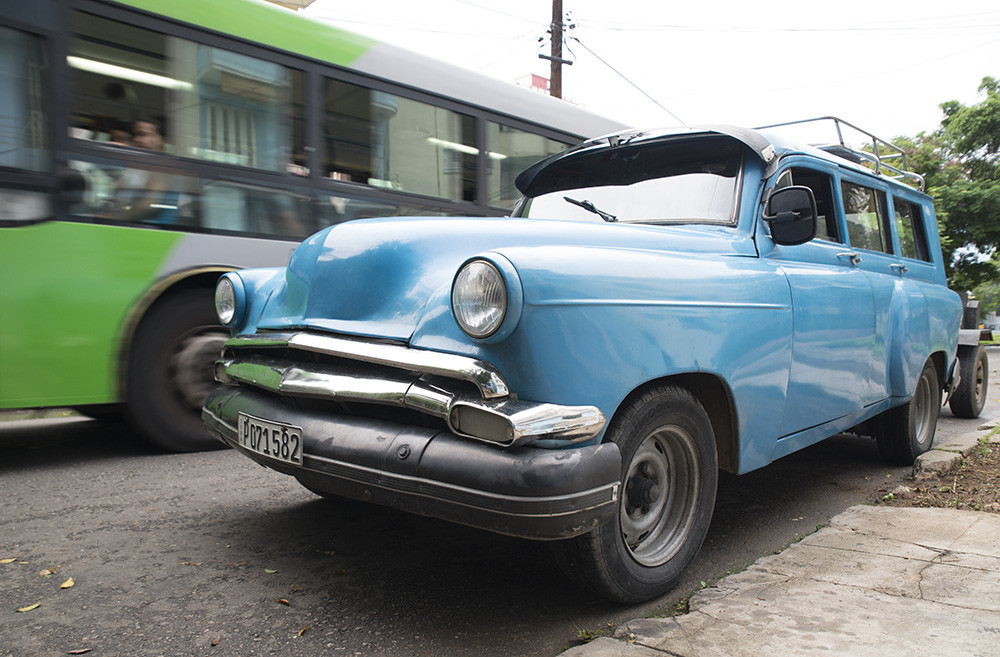
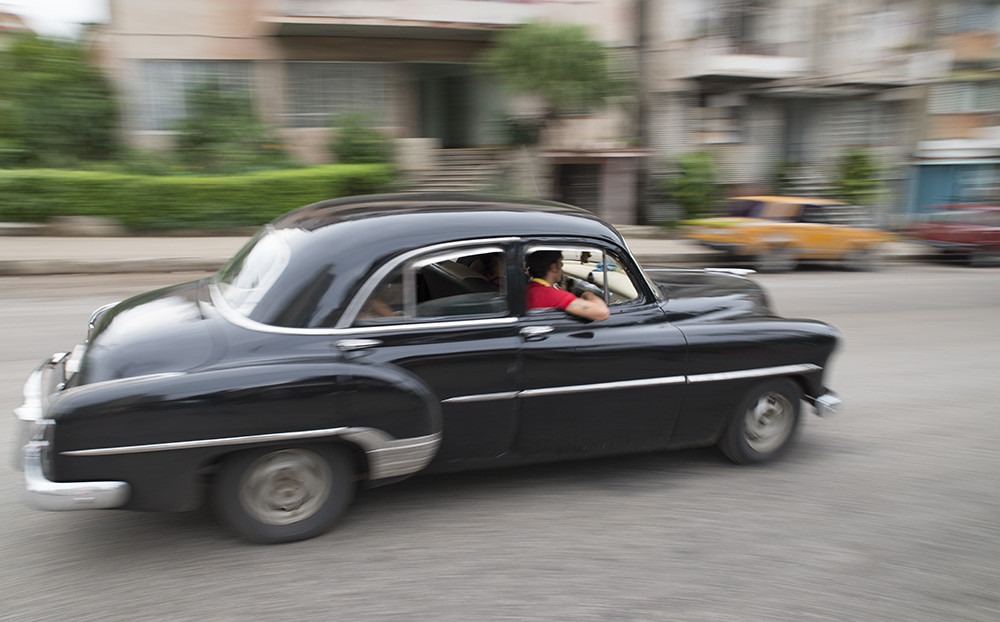
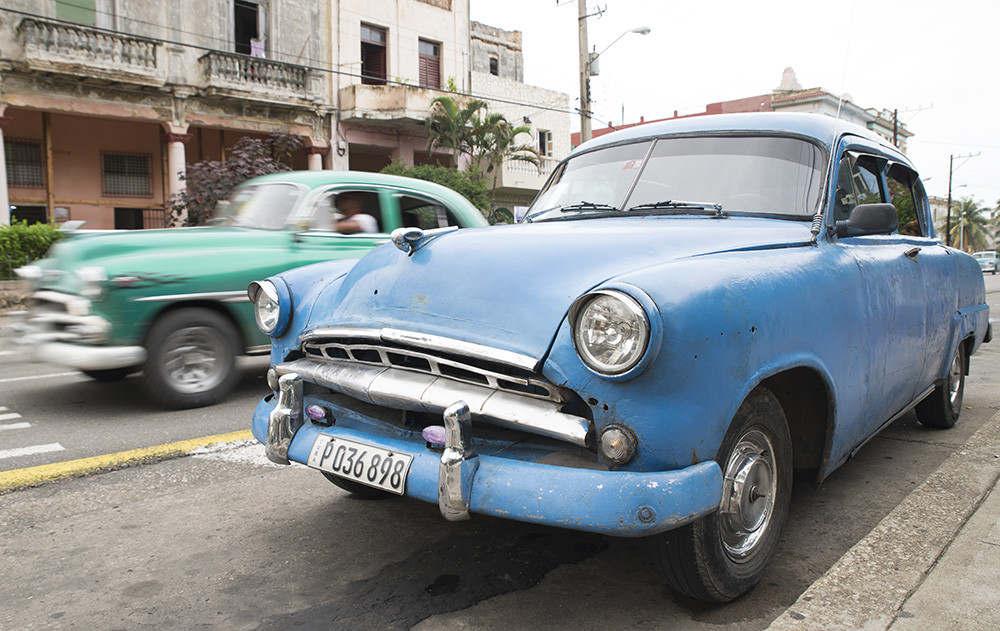
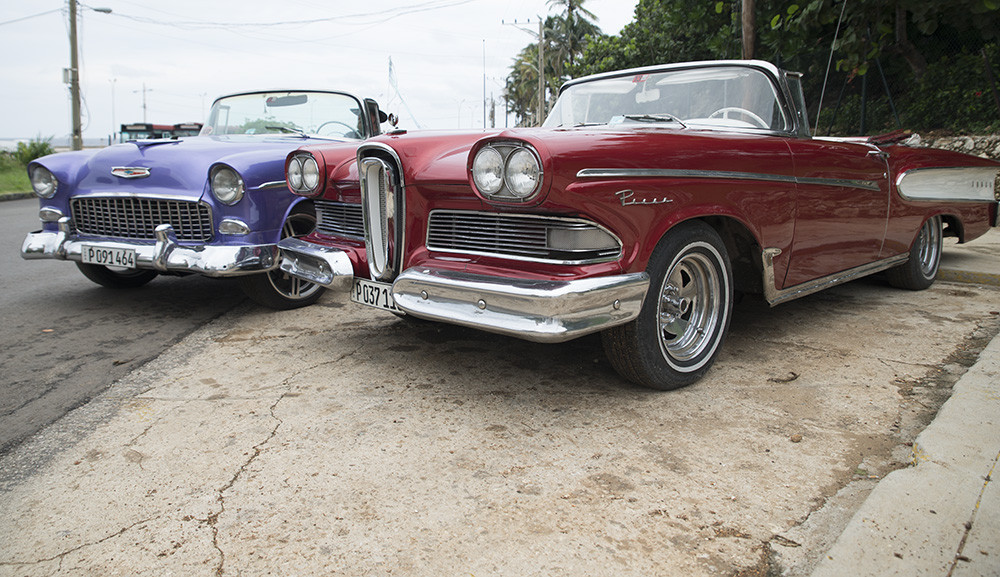
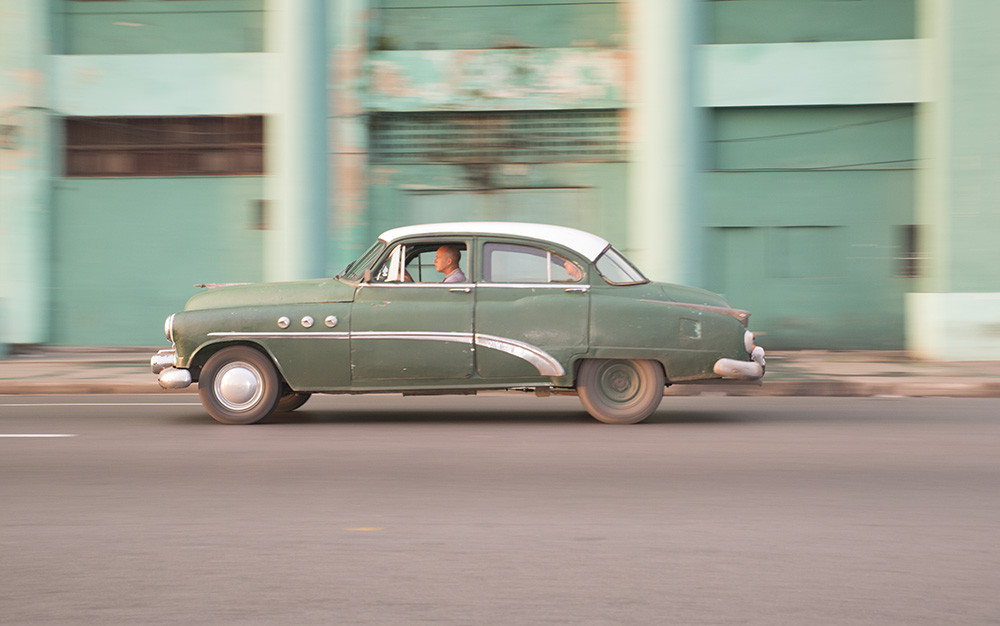
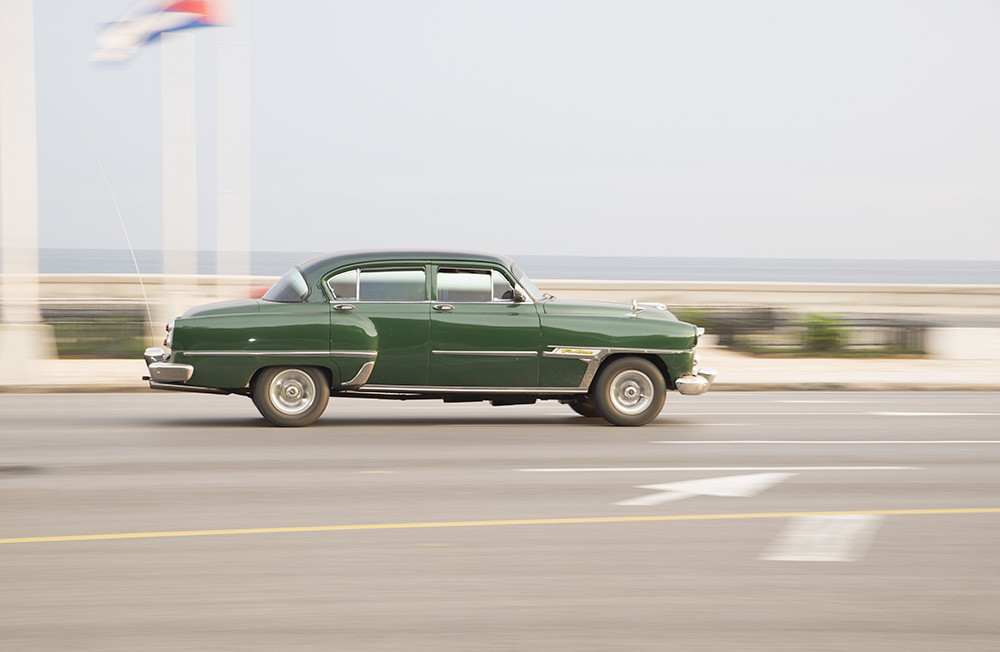
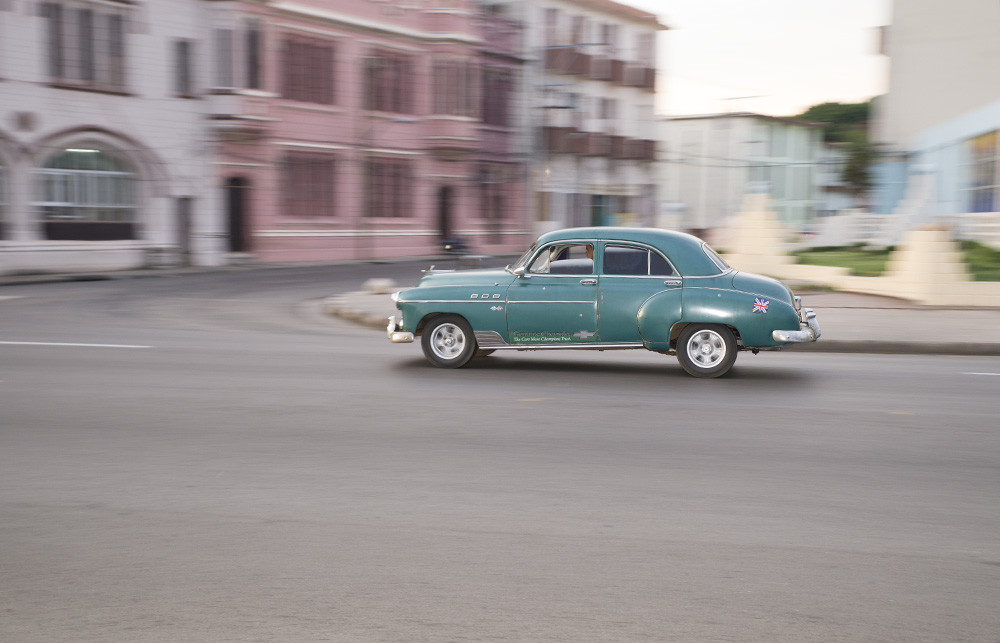
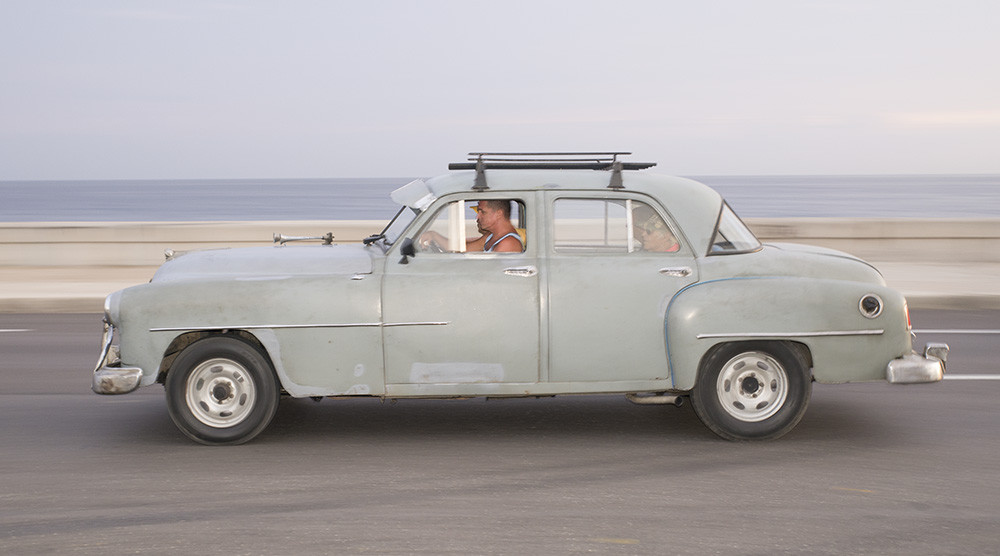
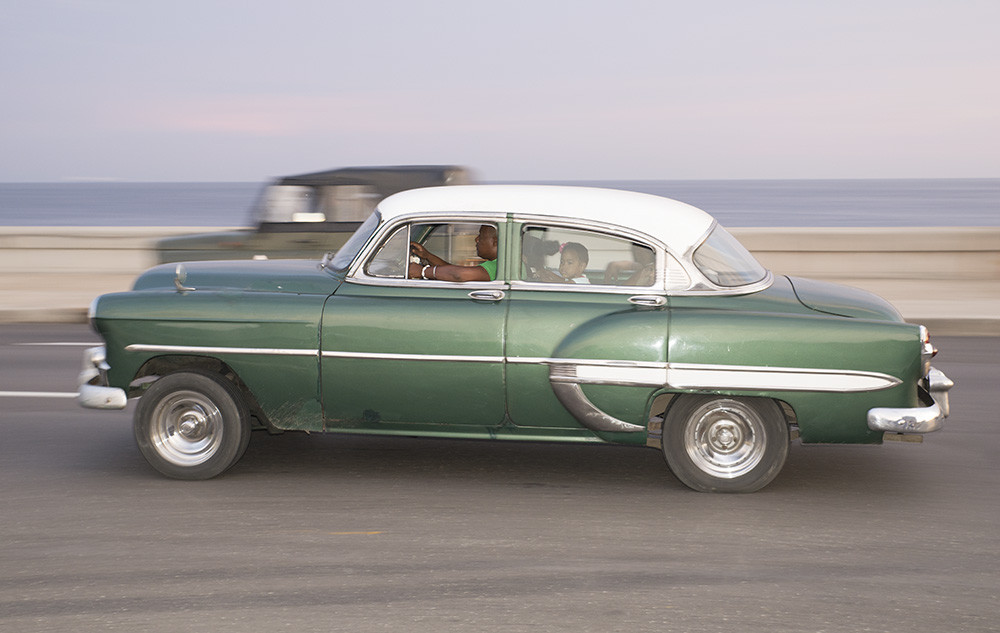
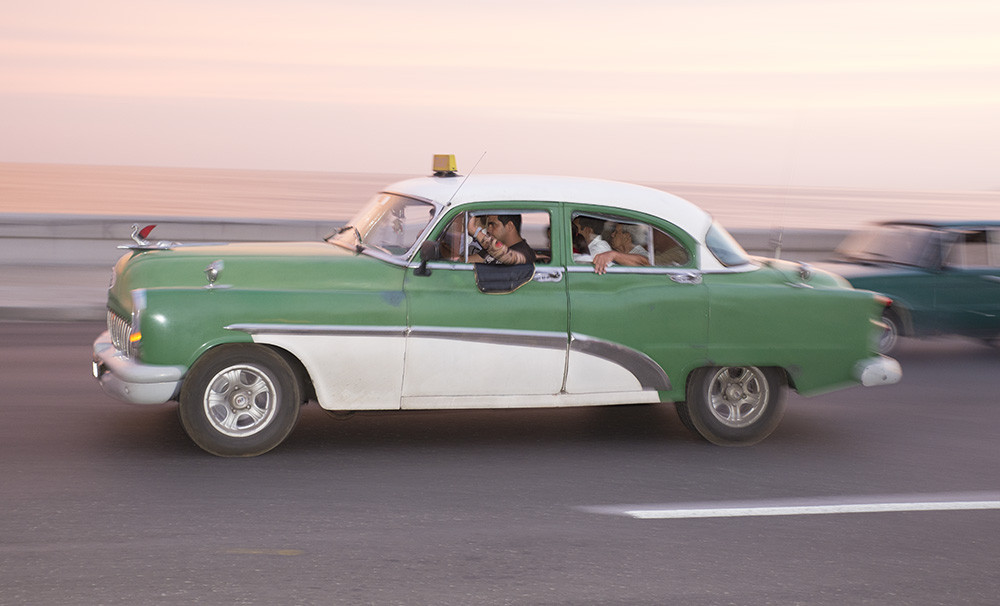
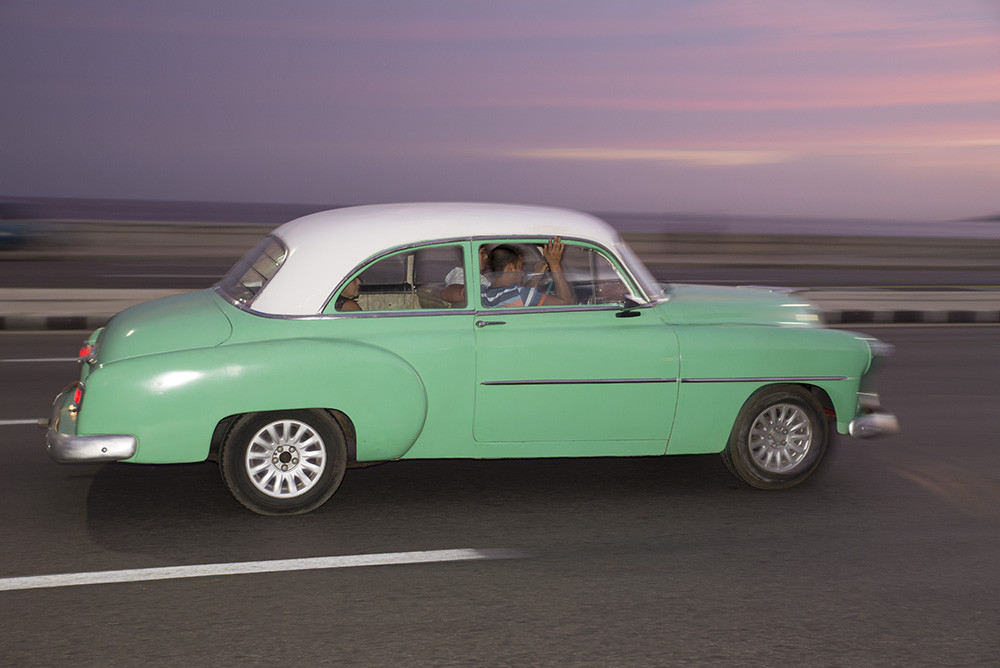
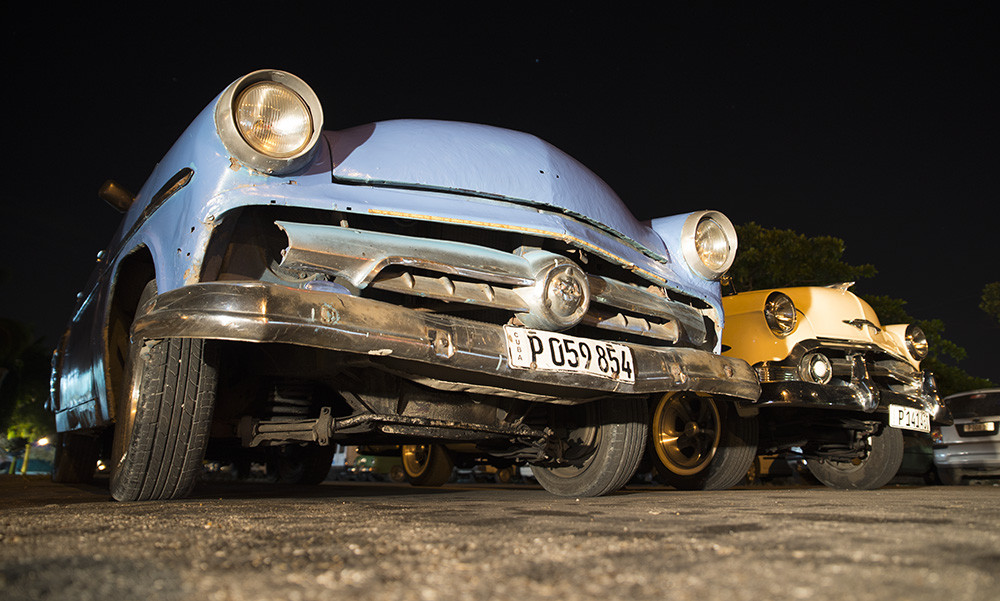
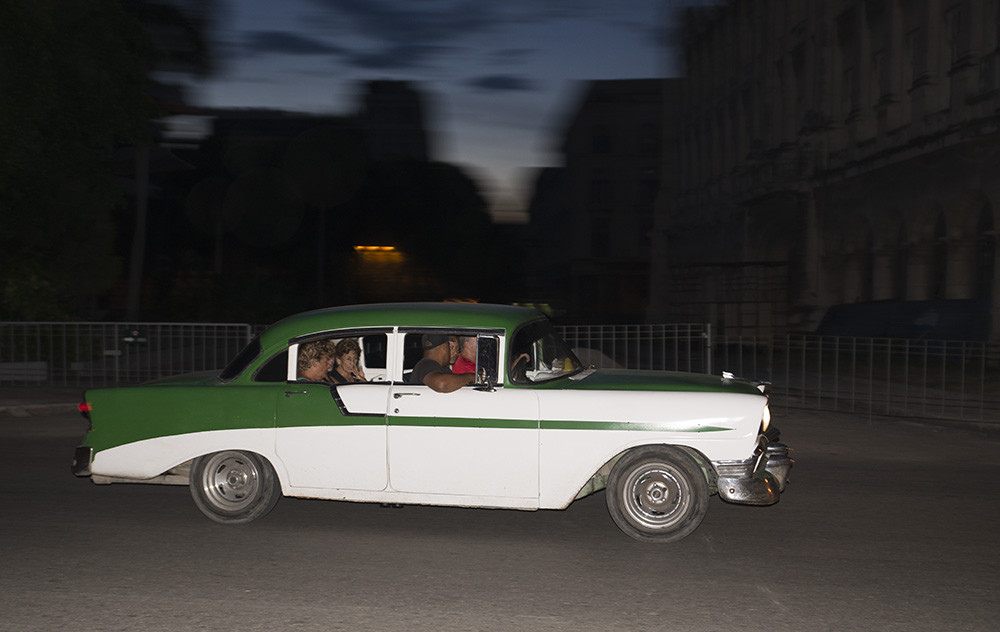
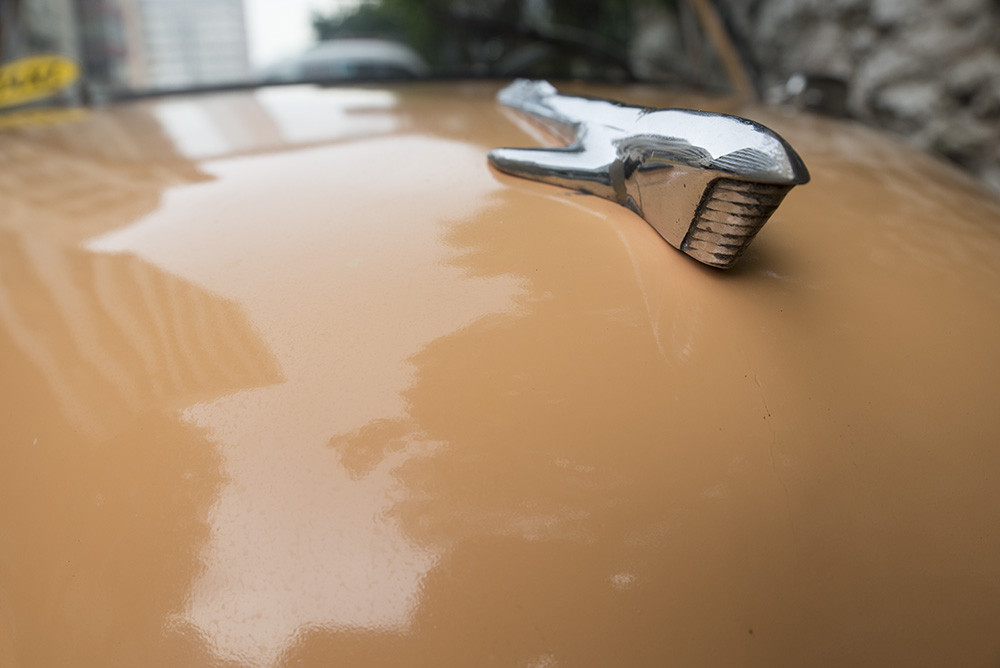
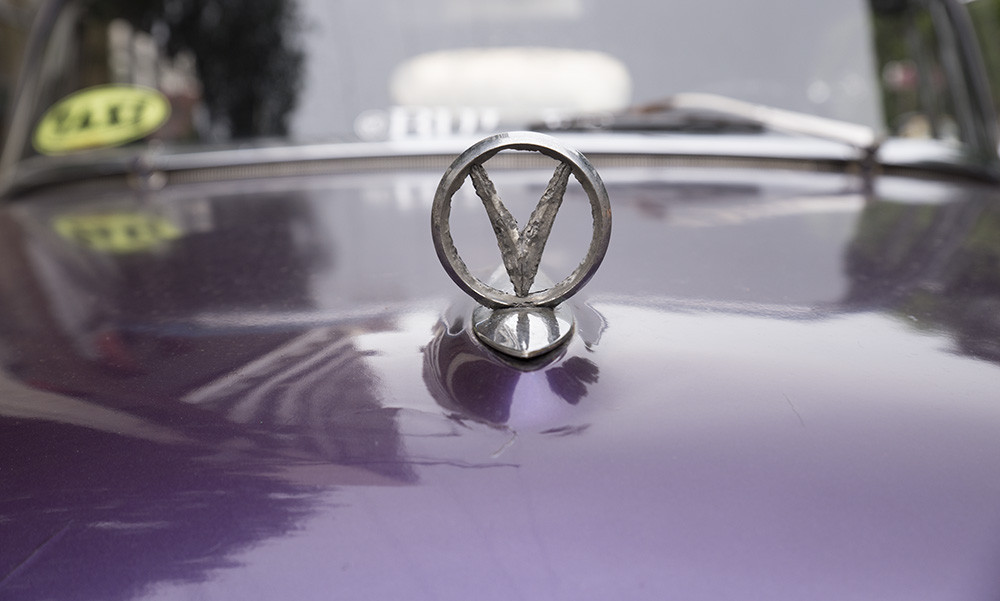
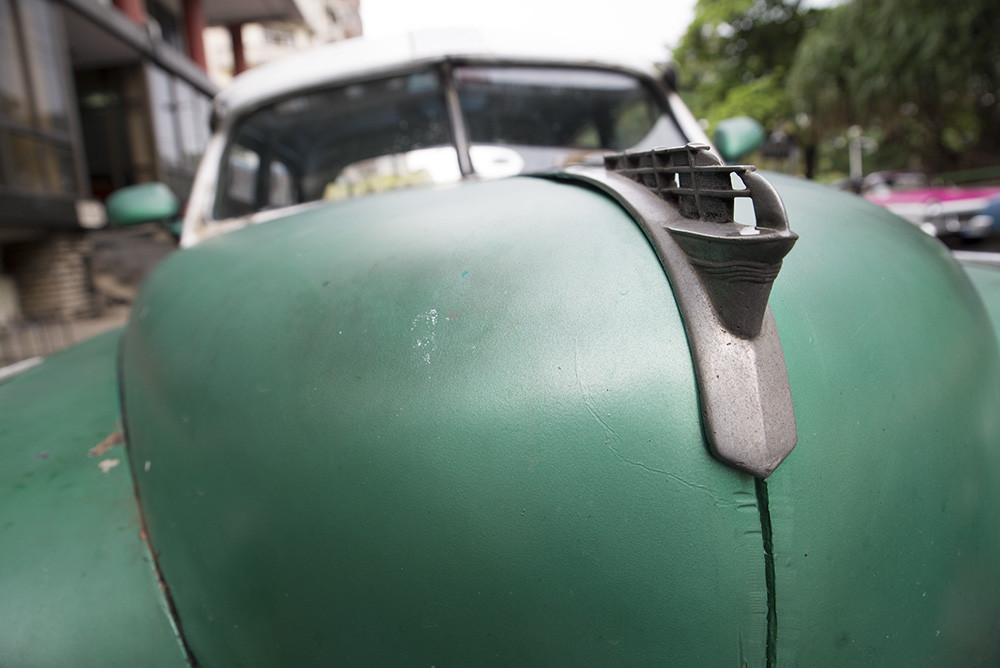
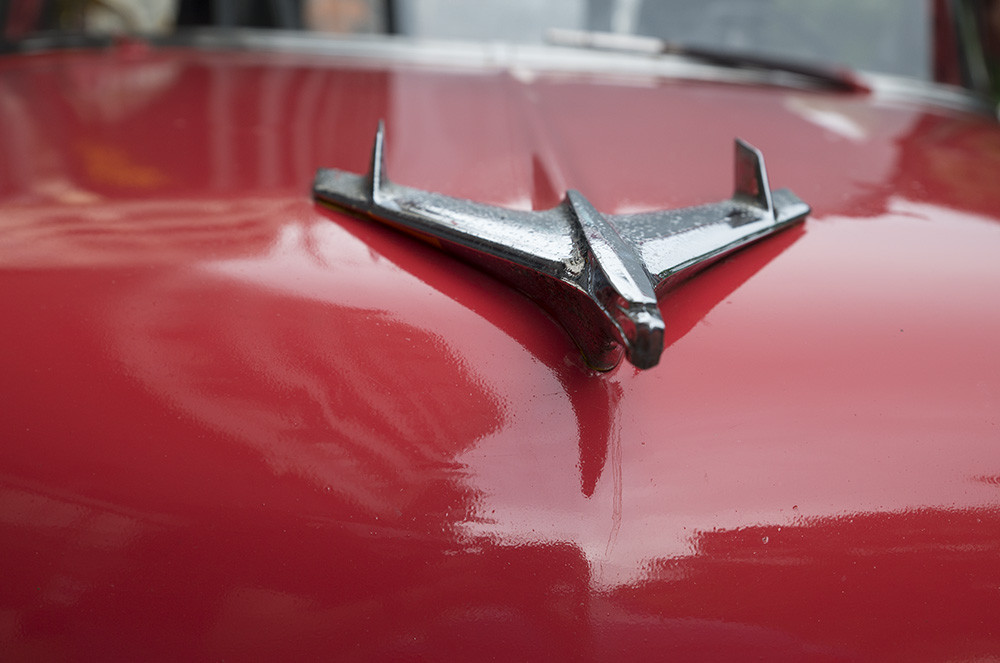
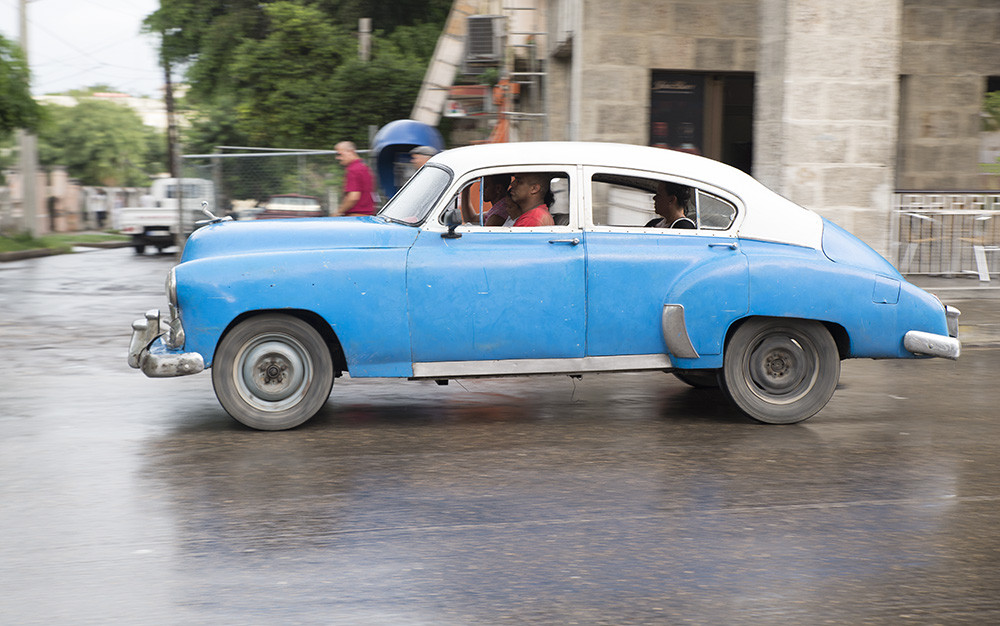
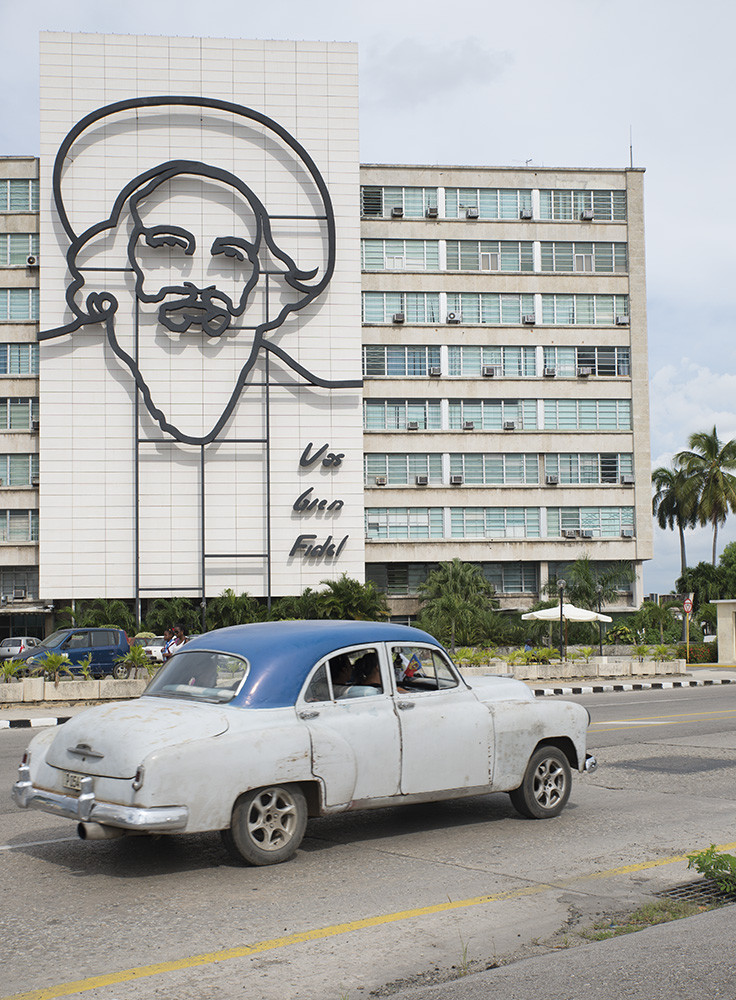
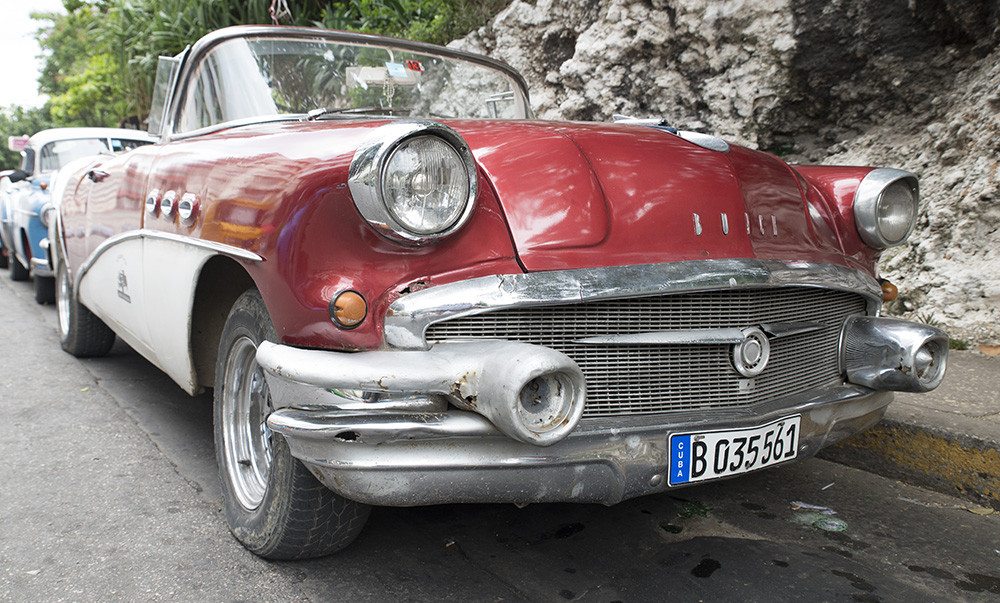
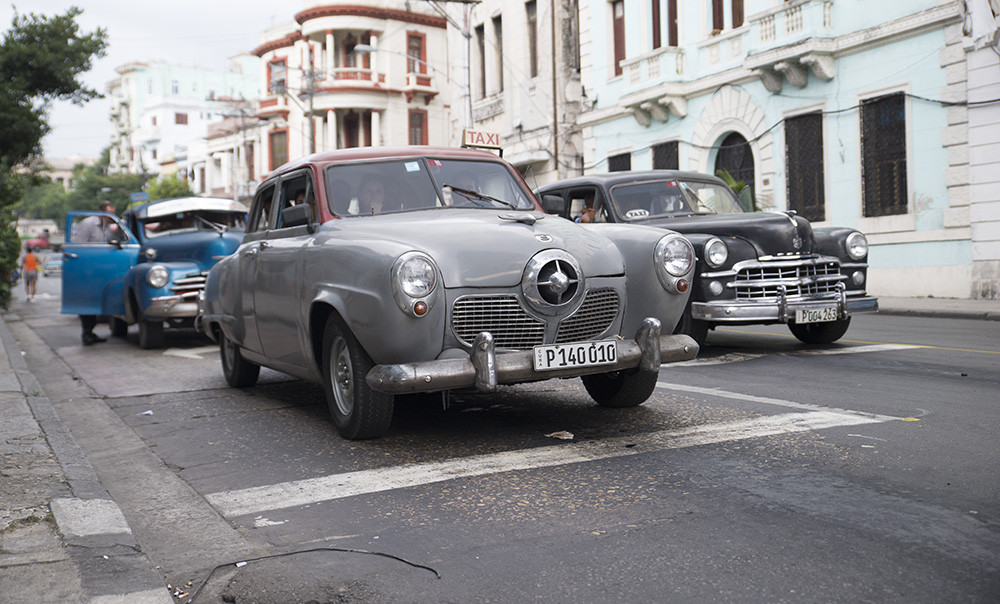
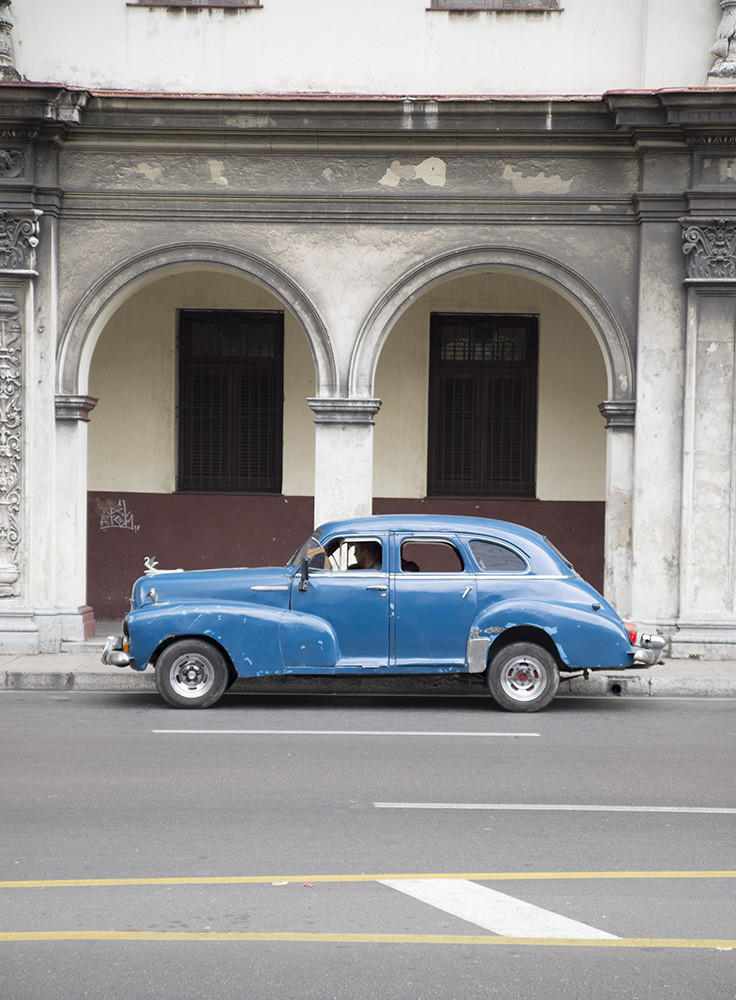
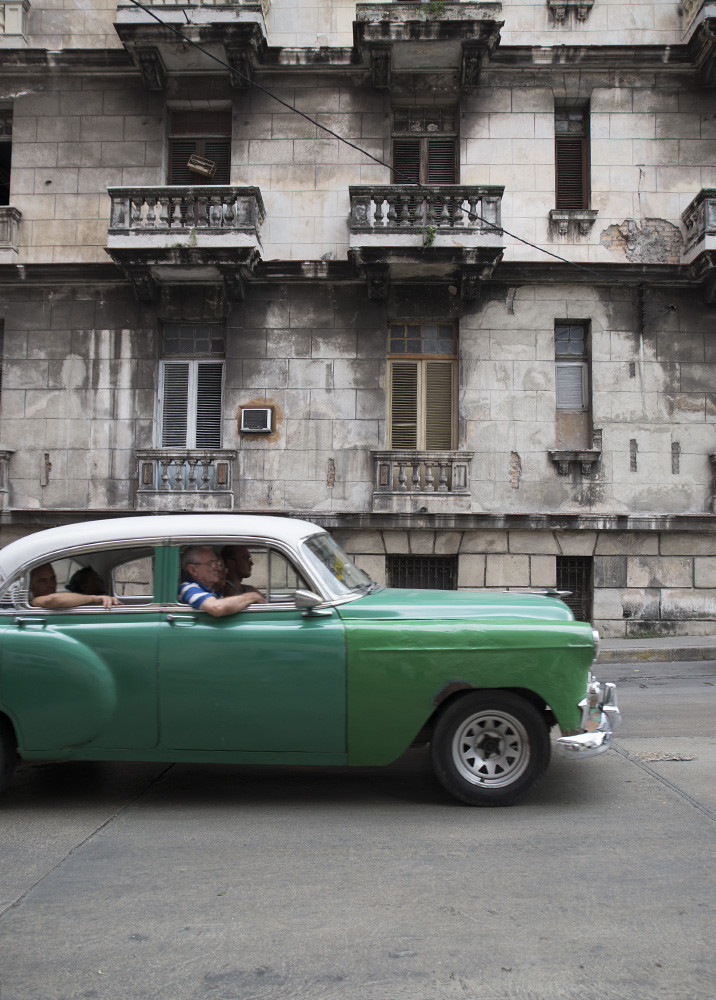
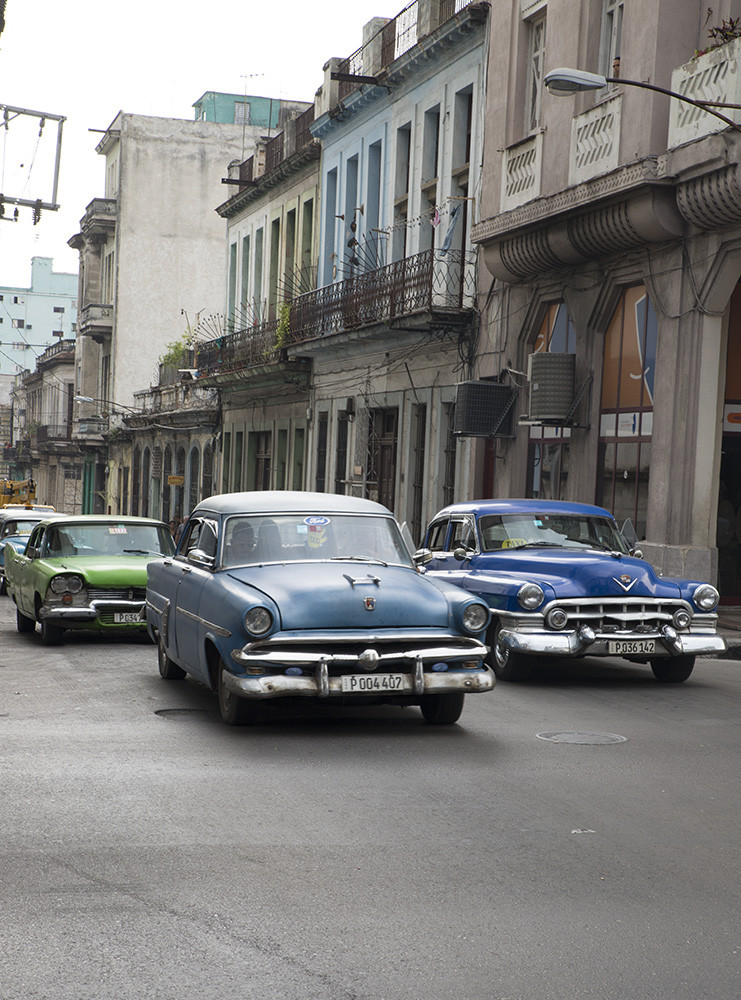
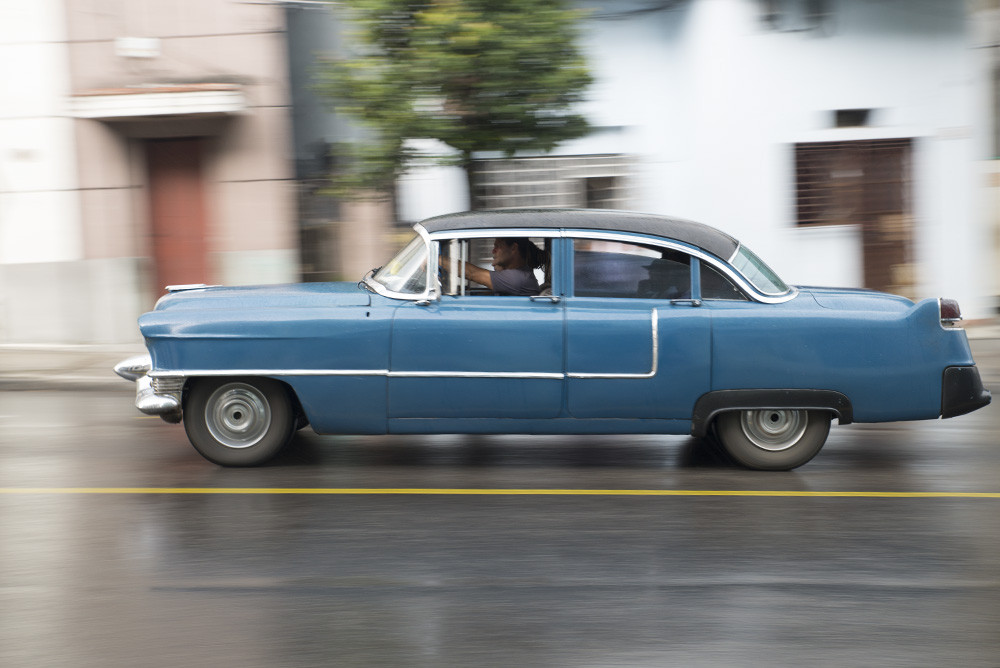
“Super Moon” at Robin Lakes
